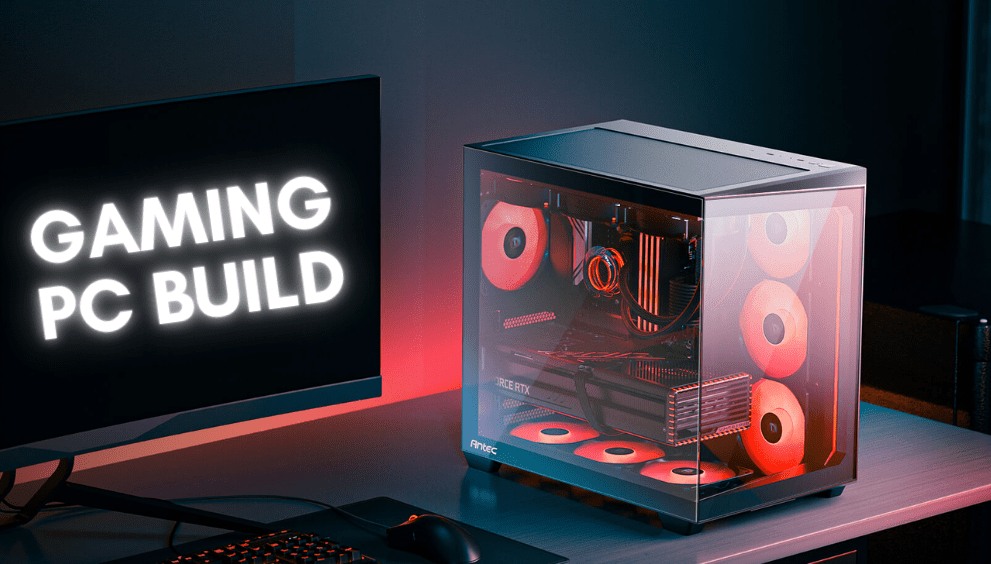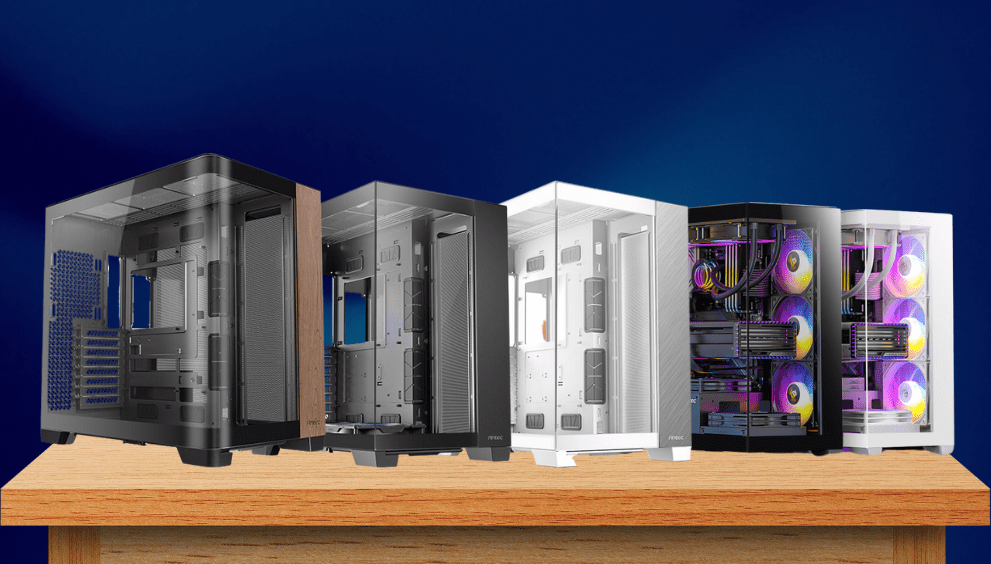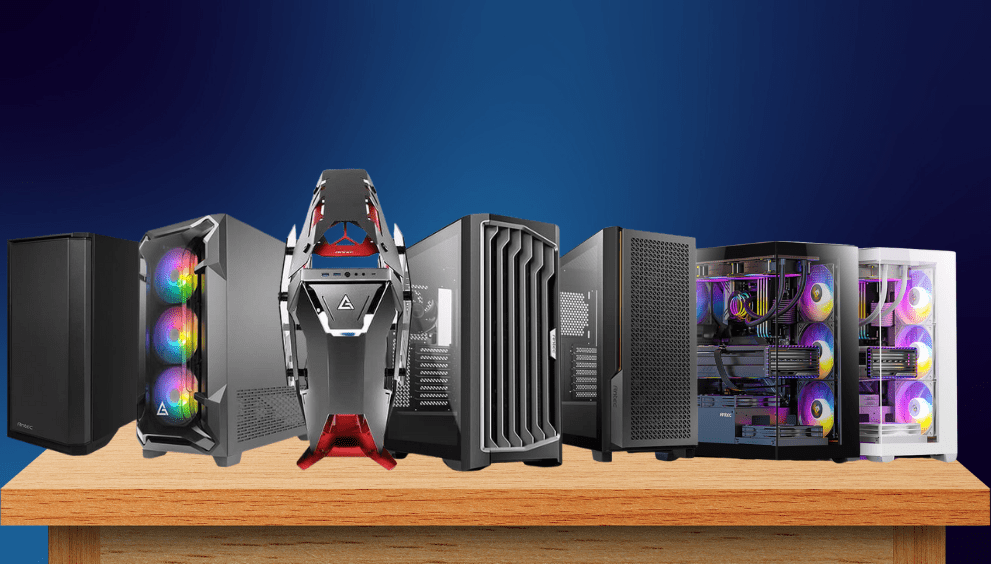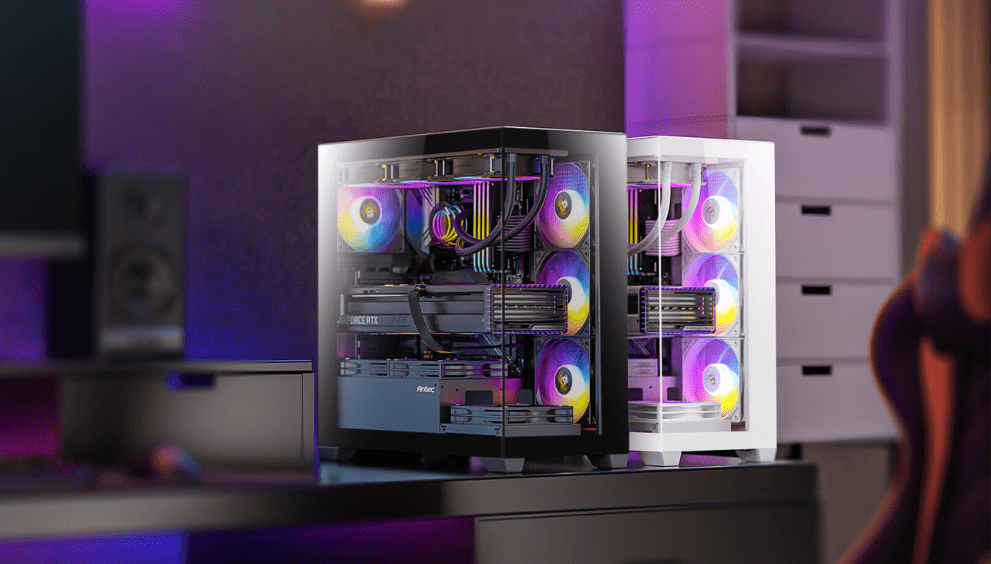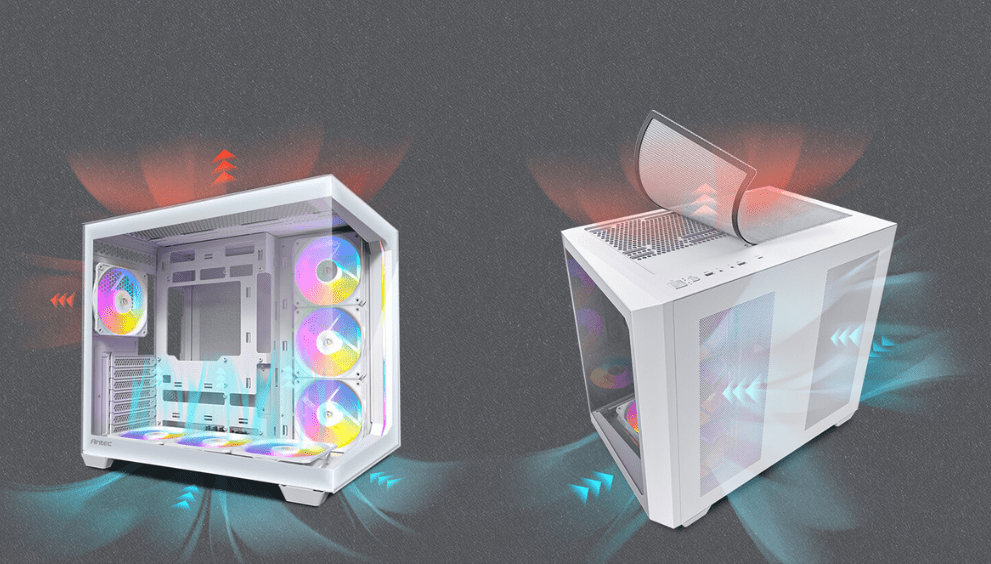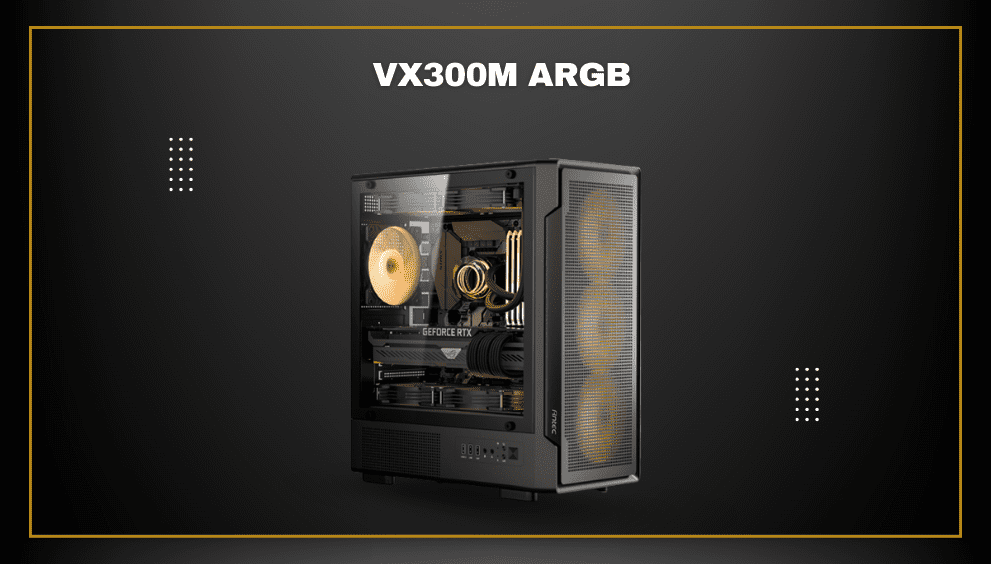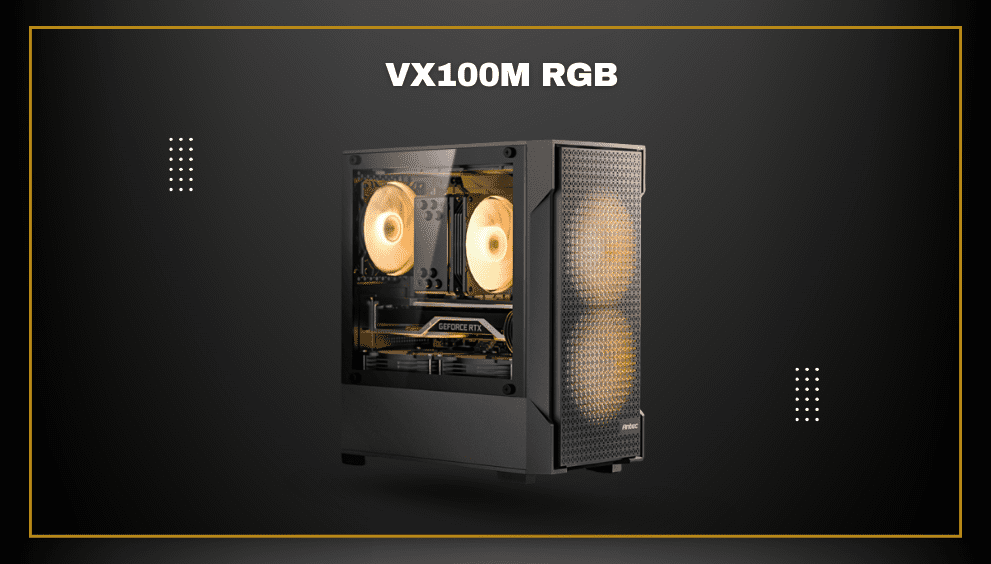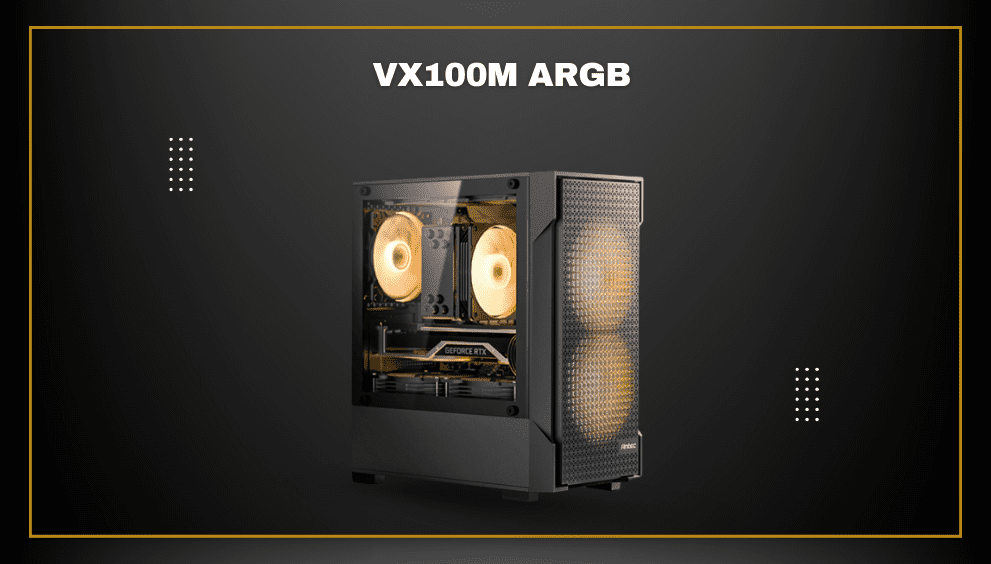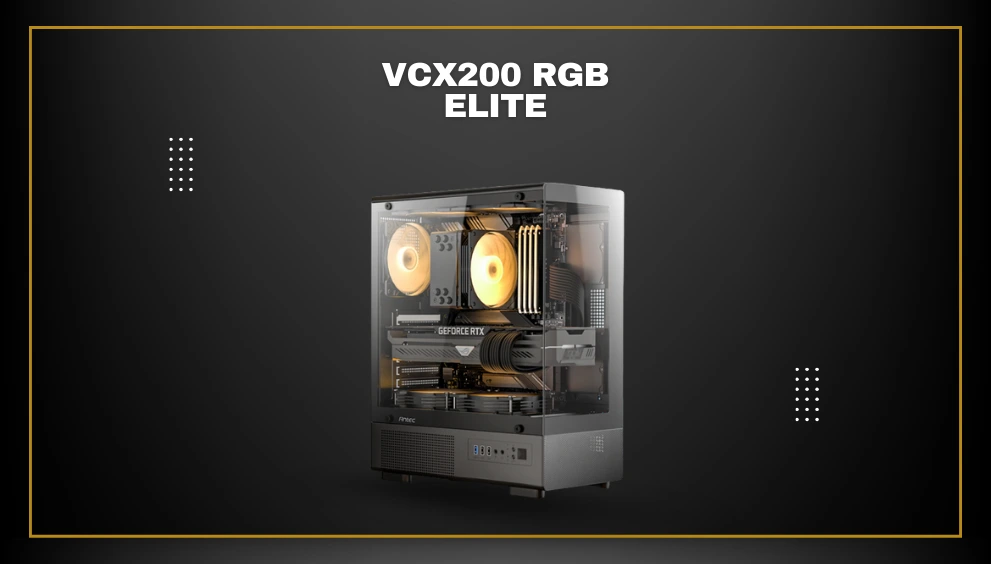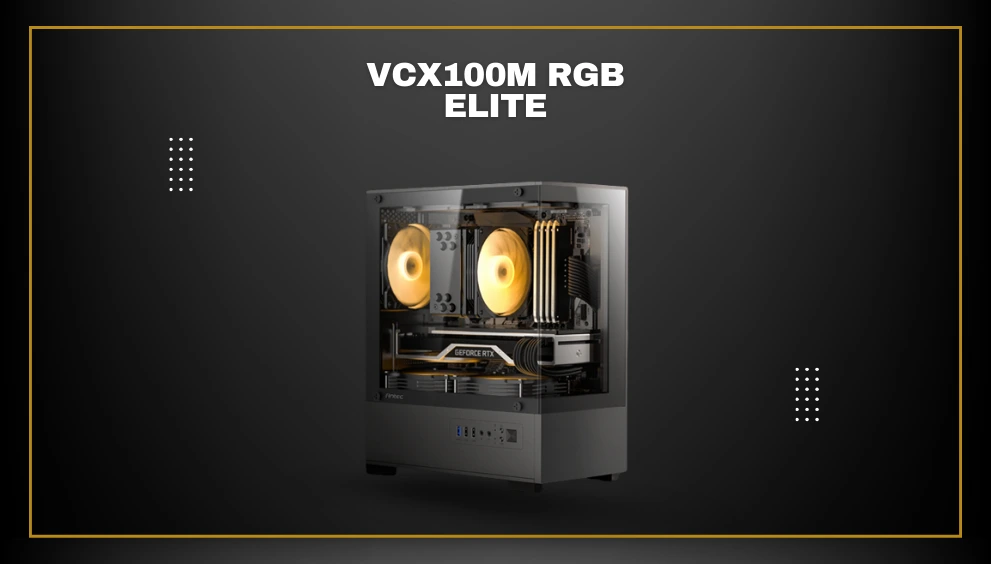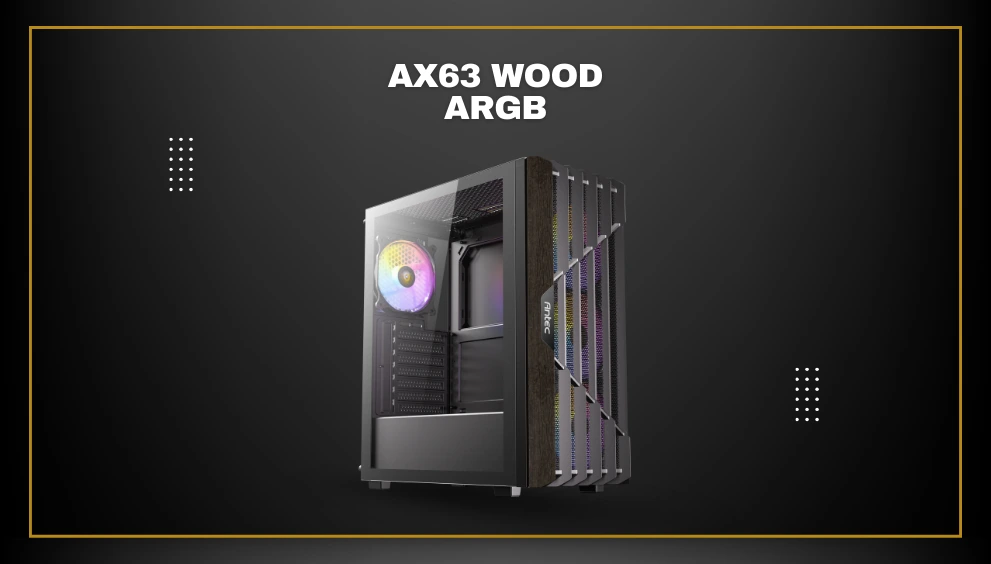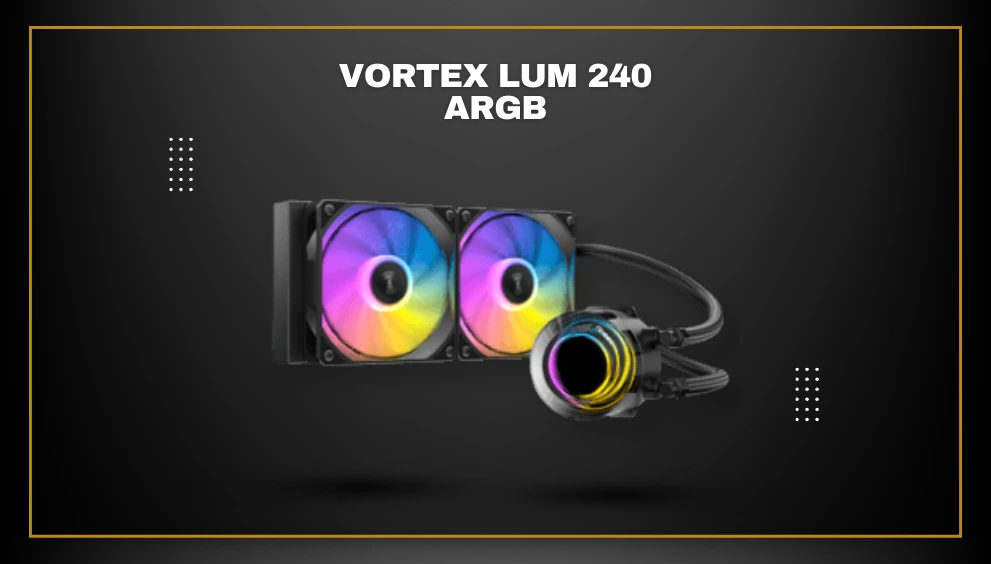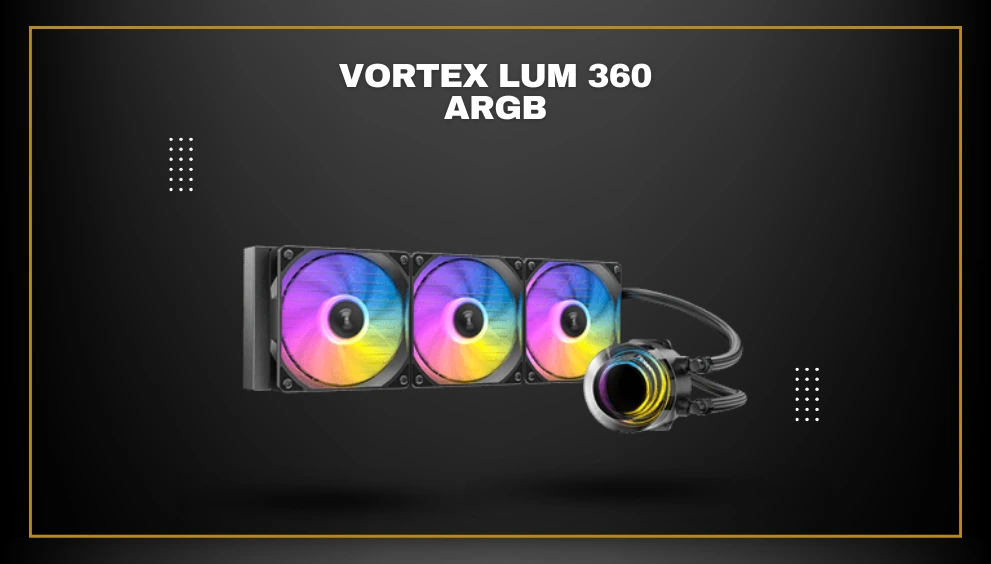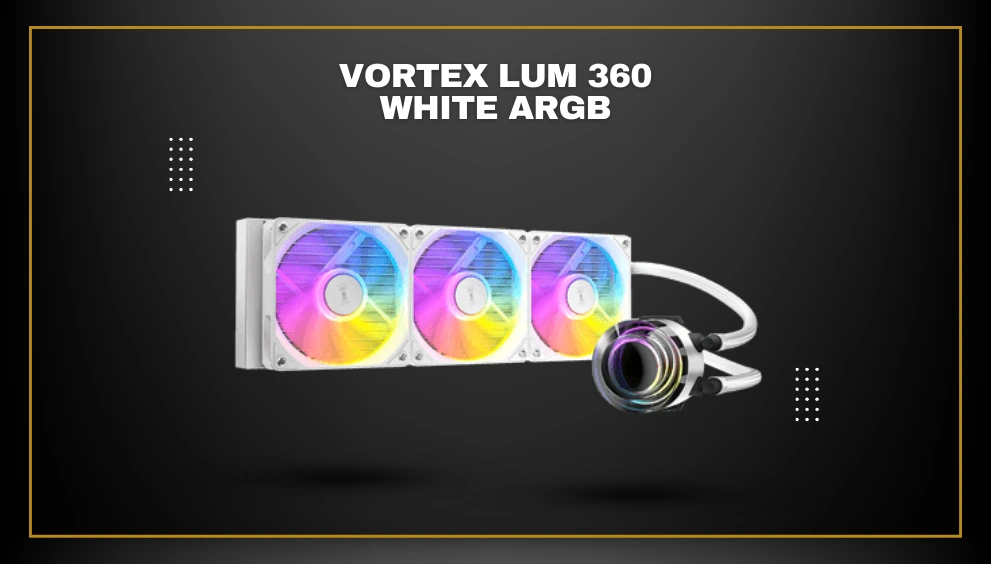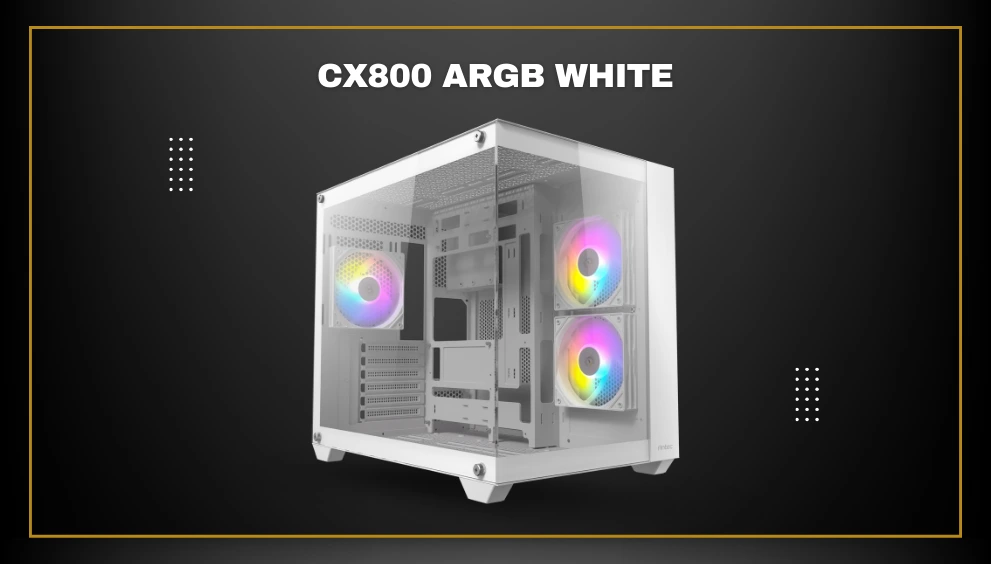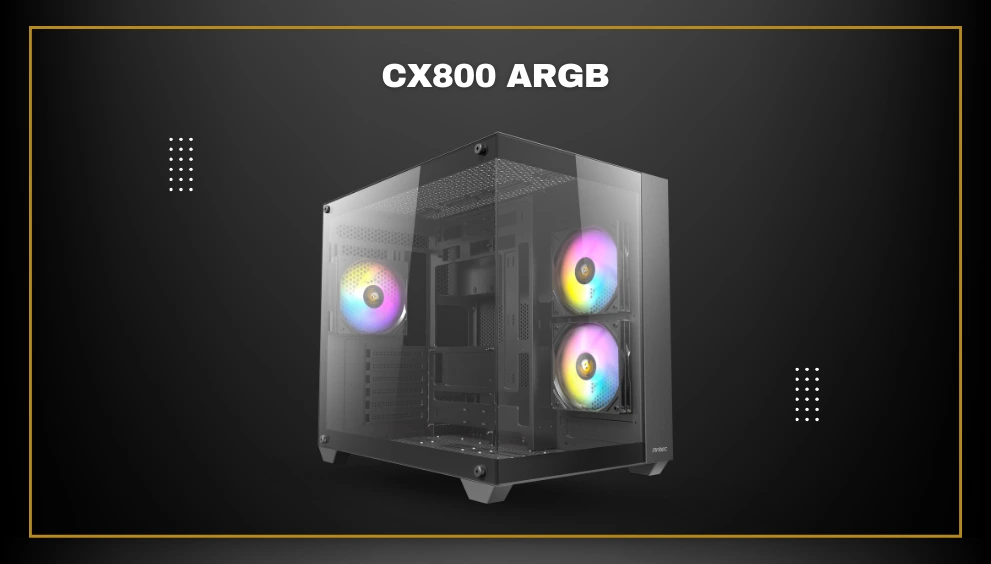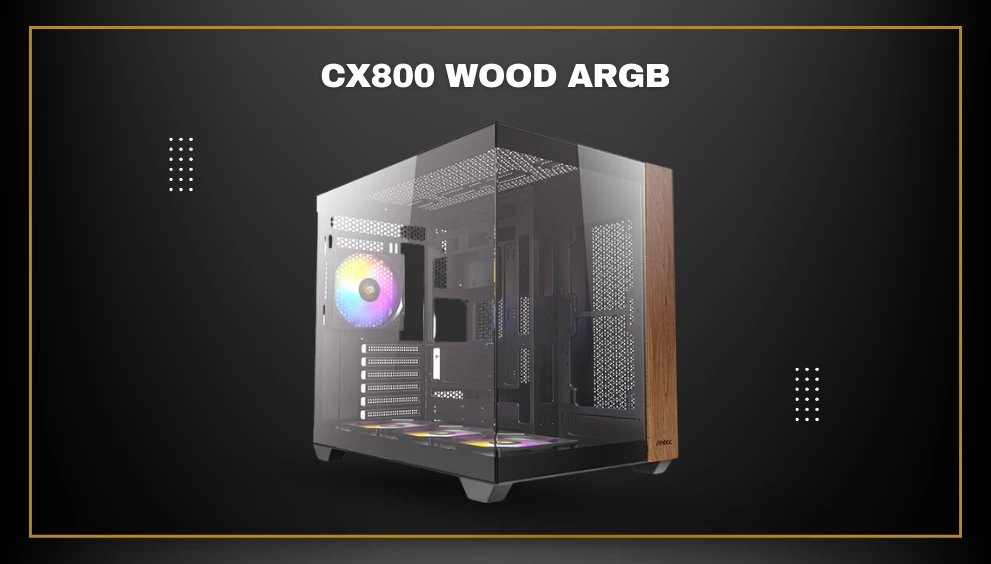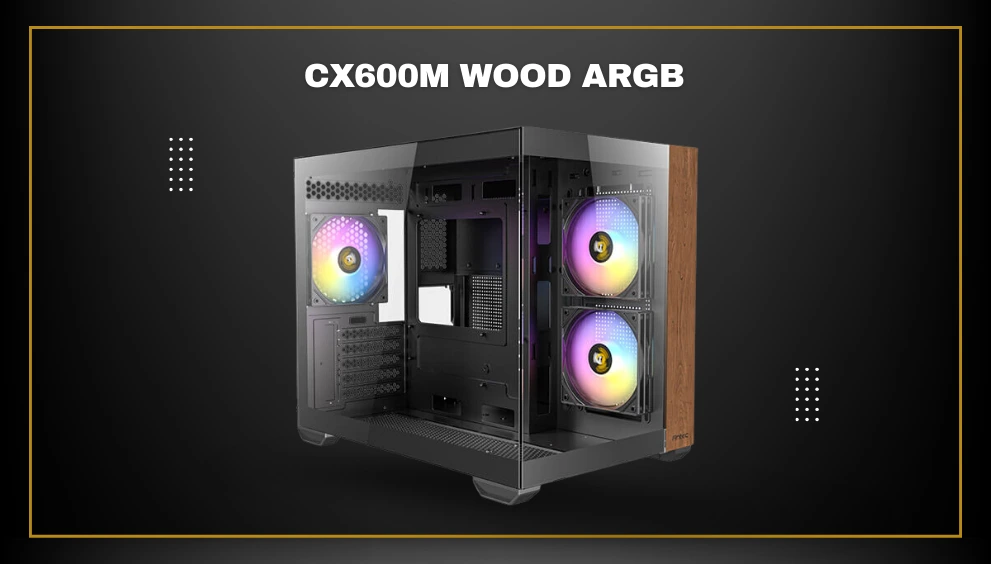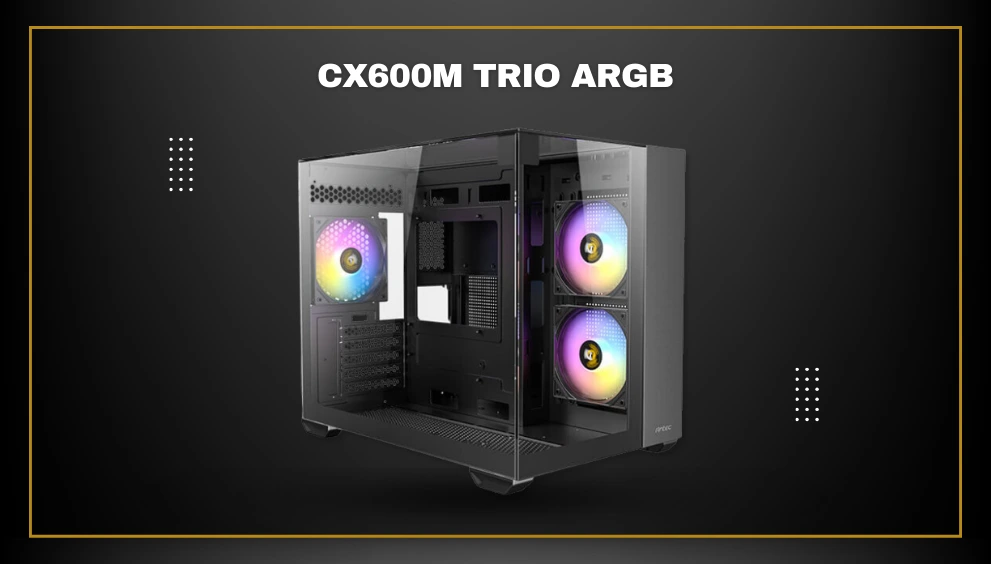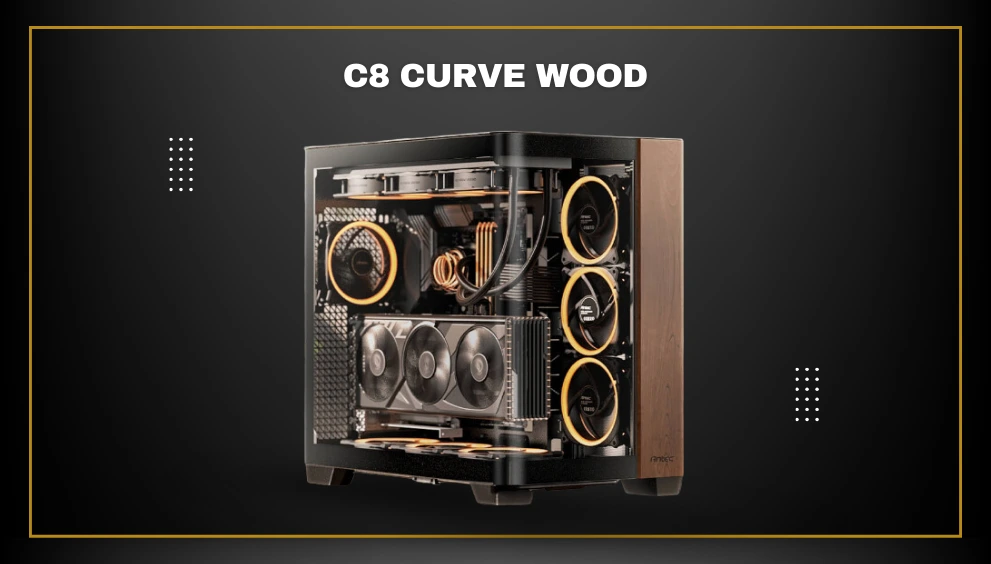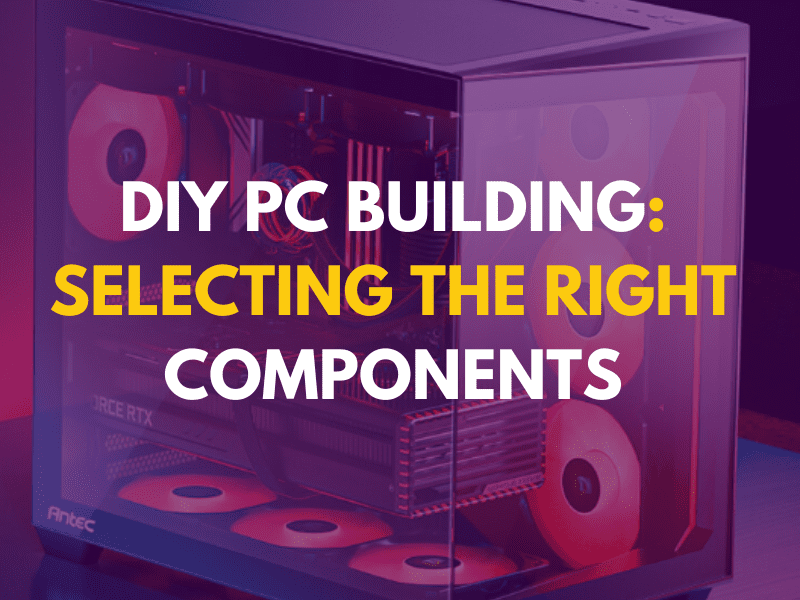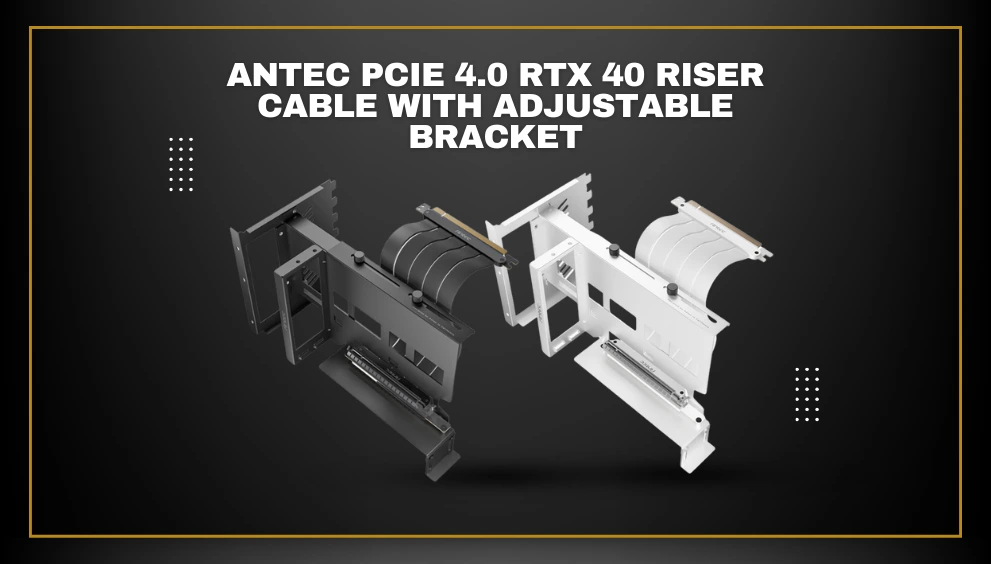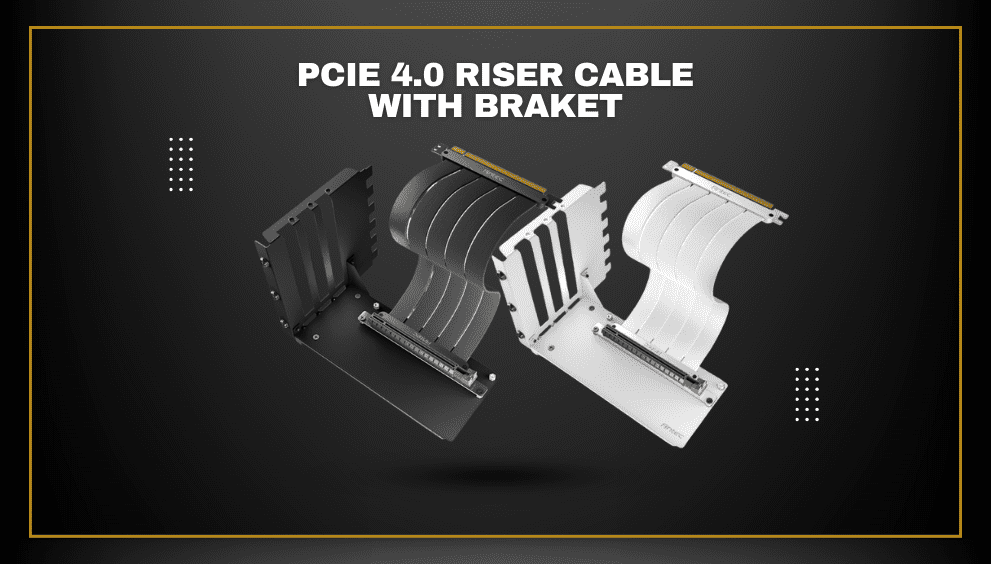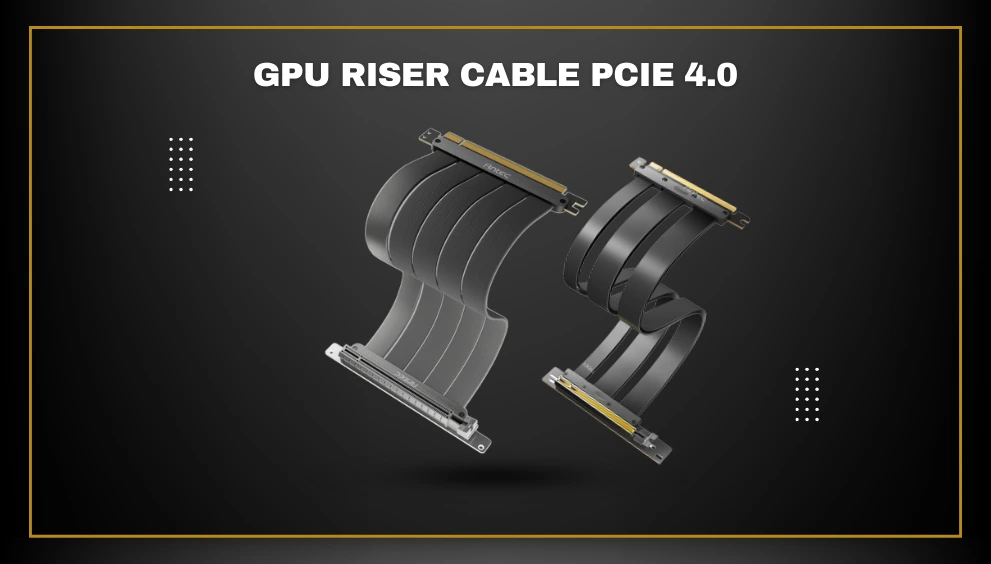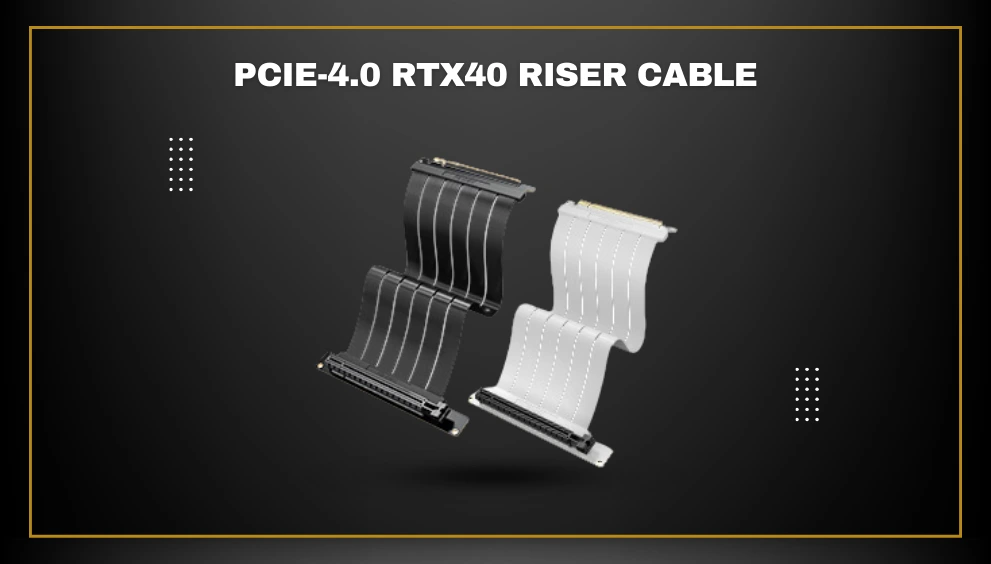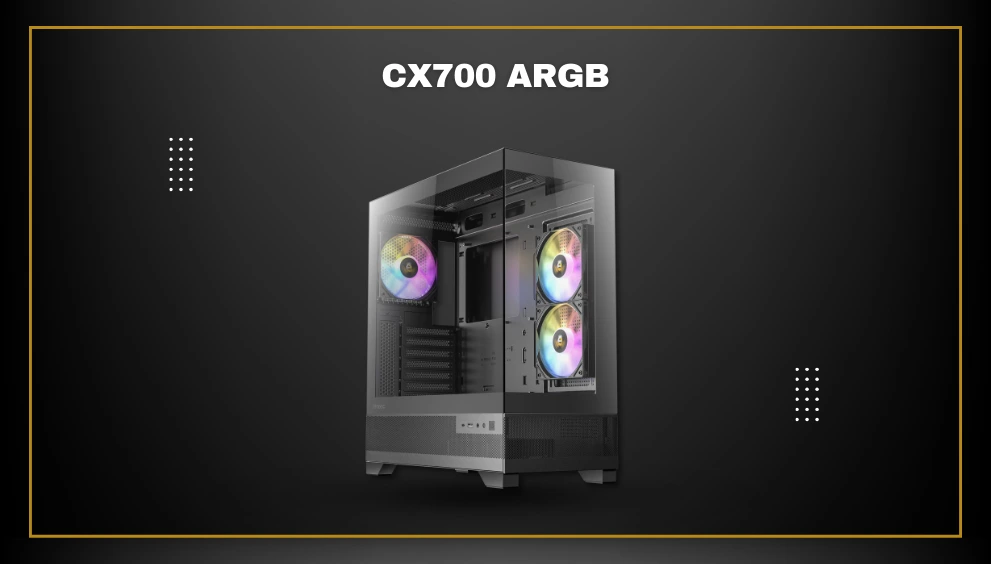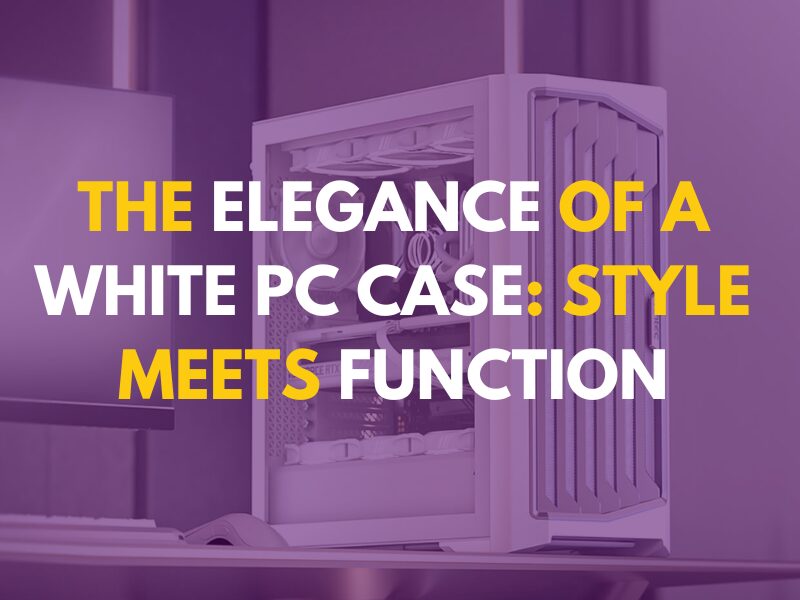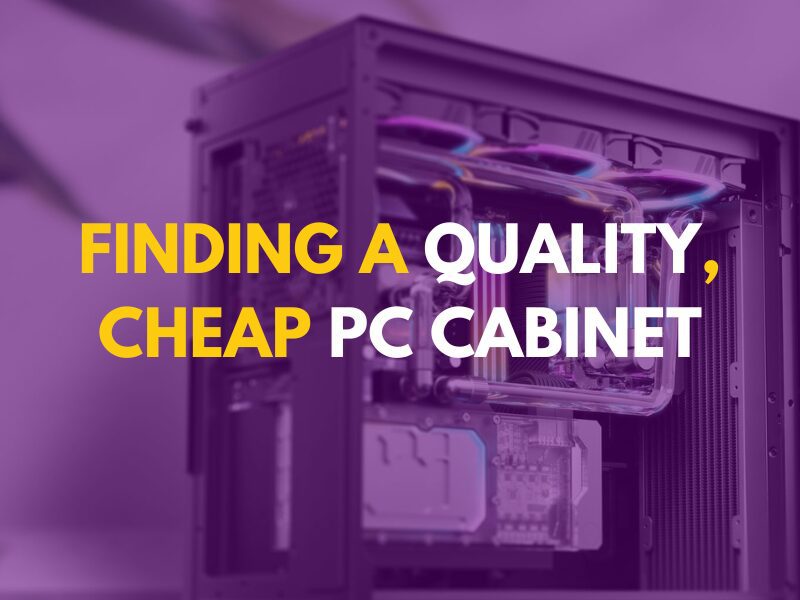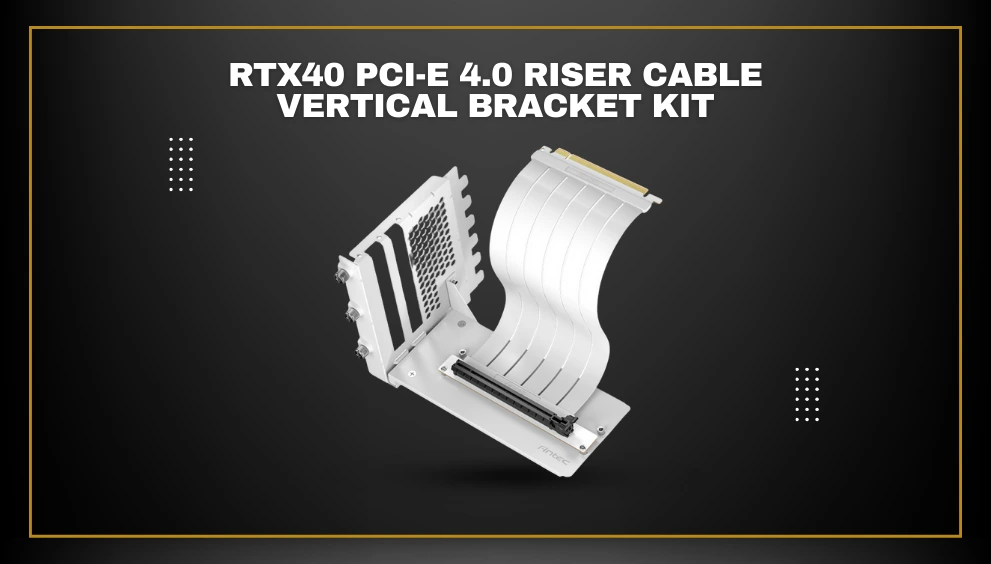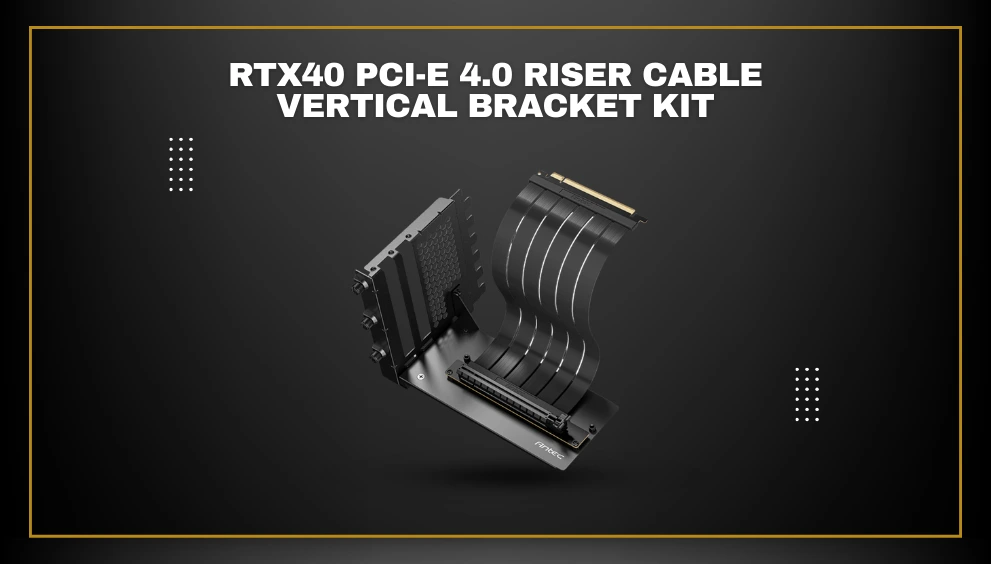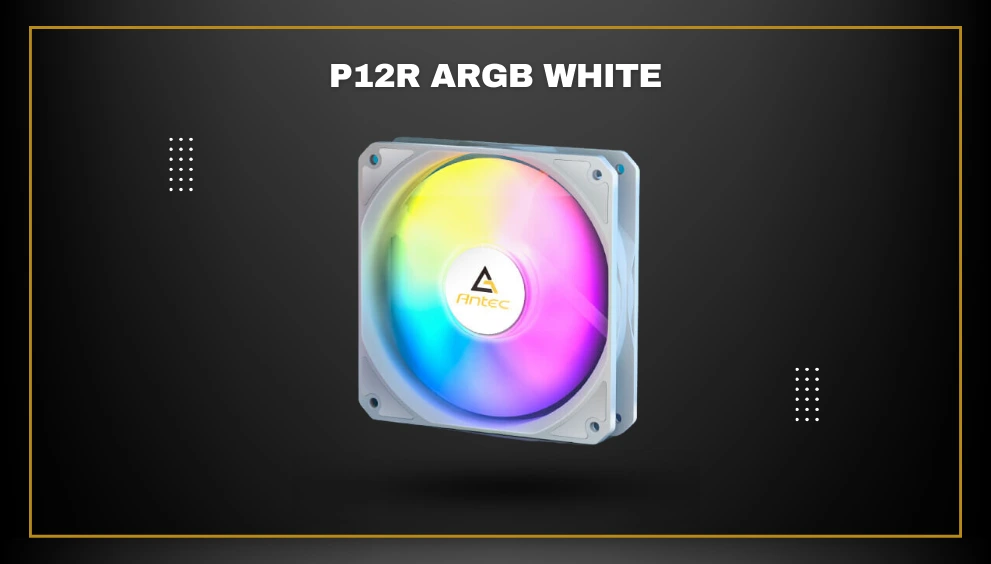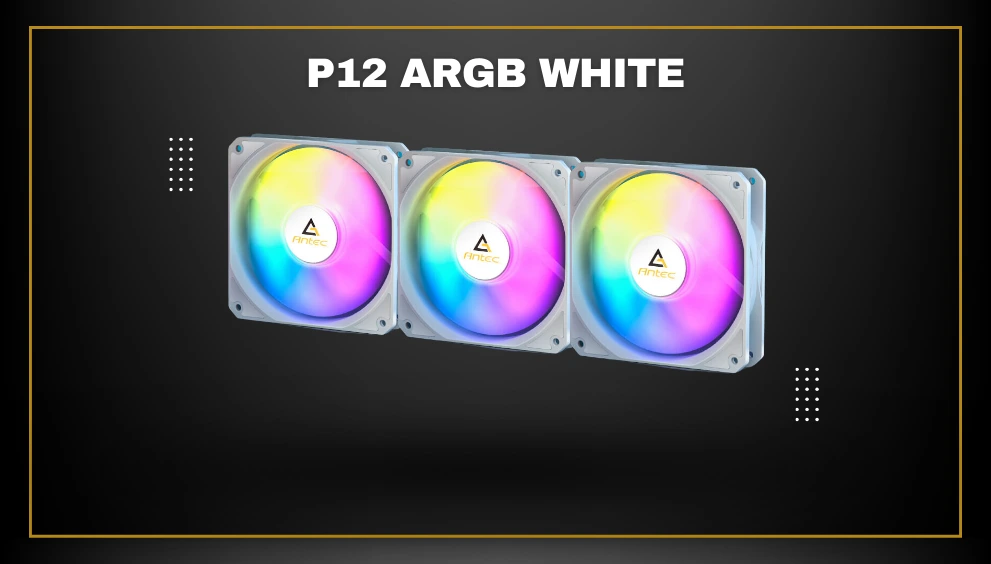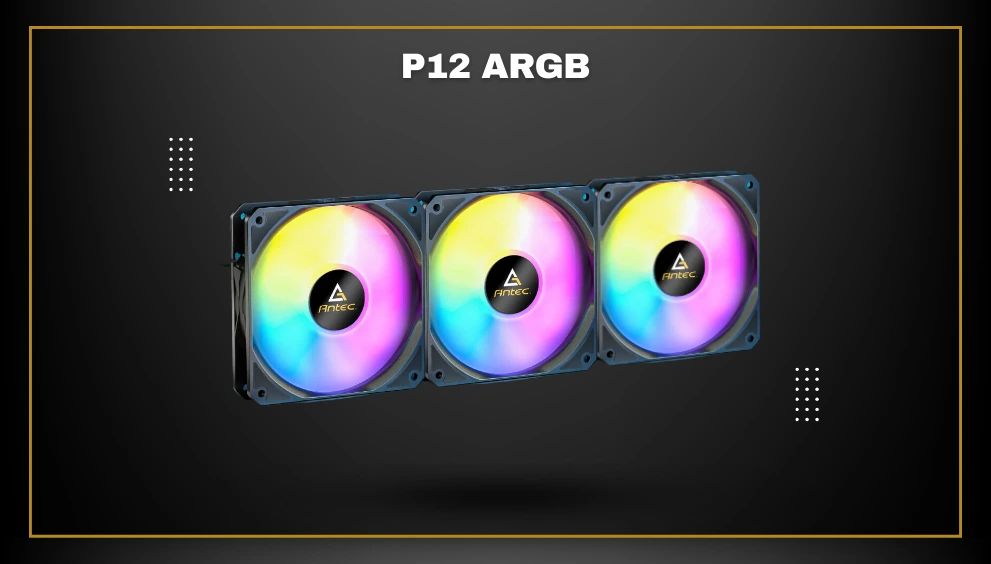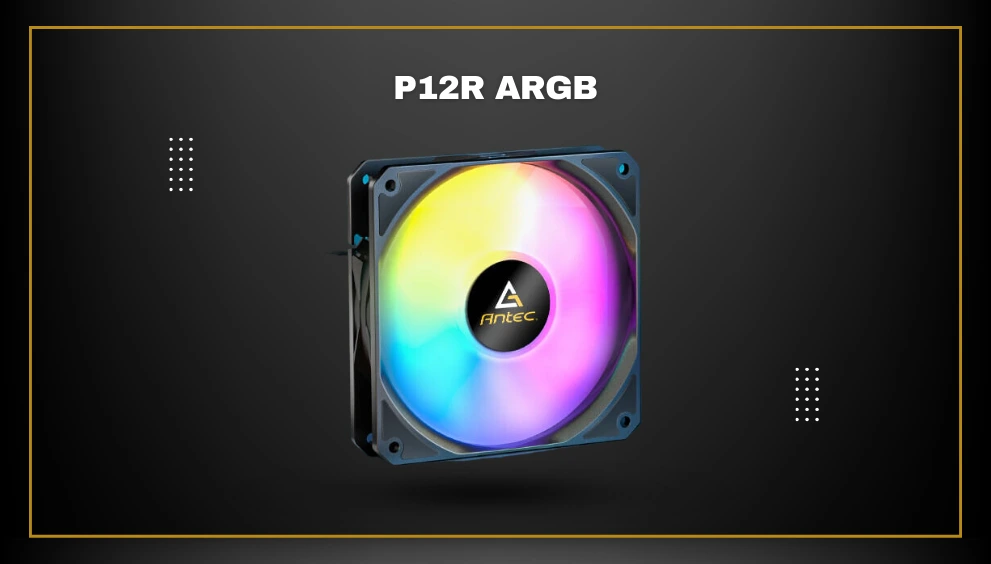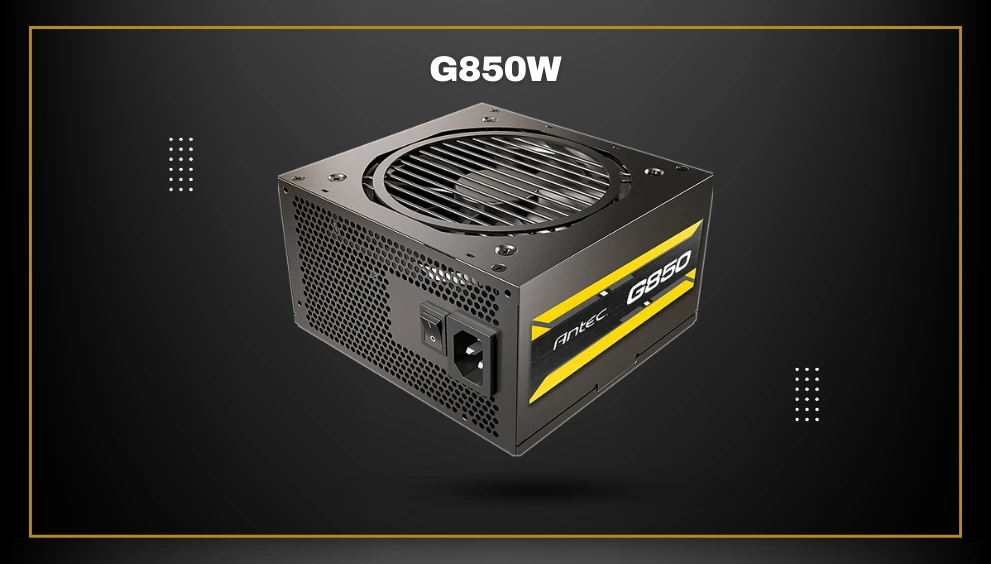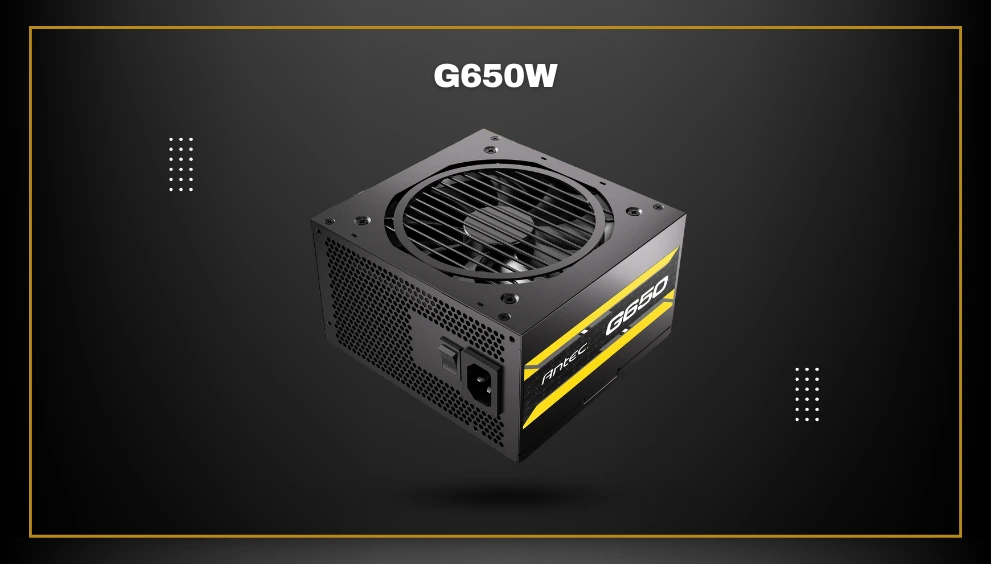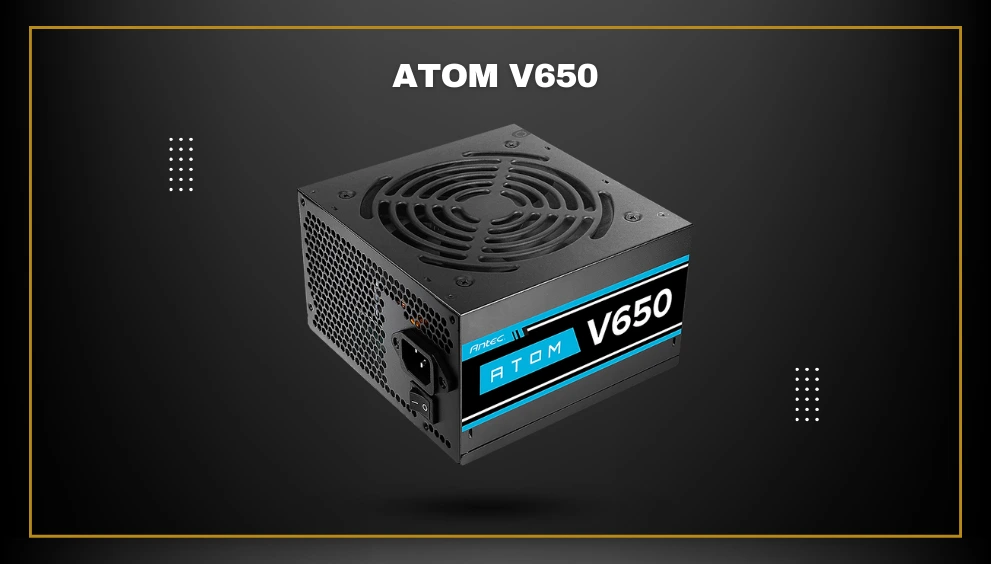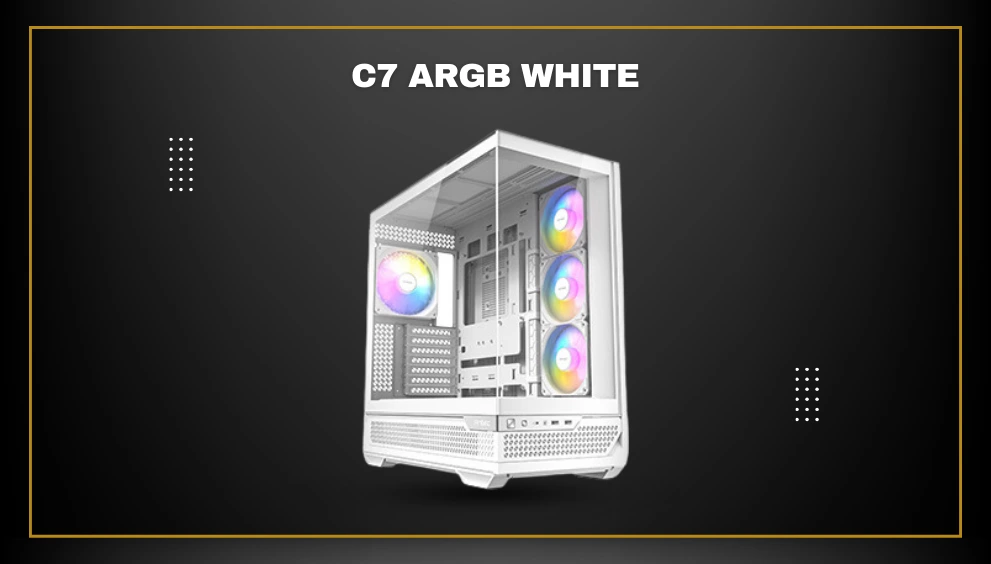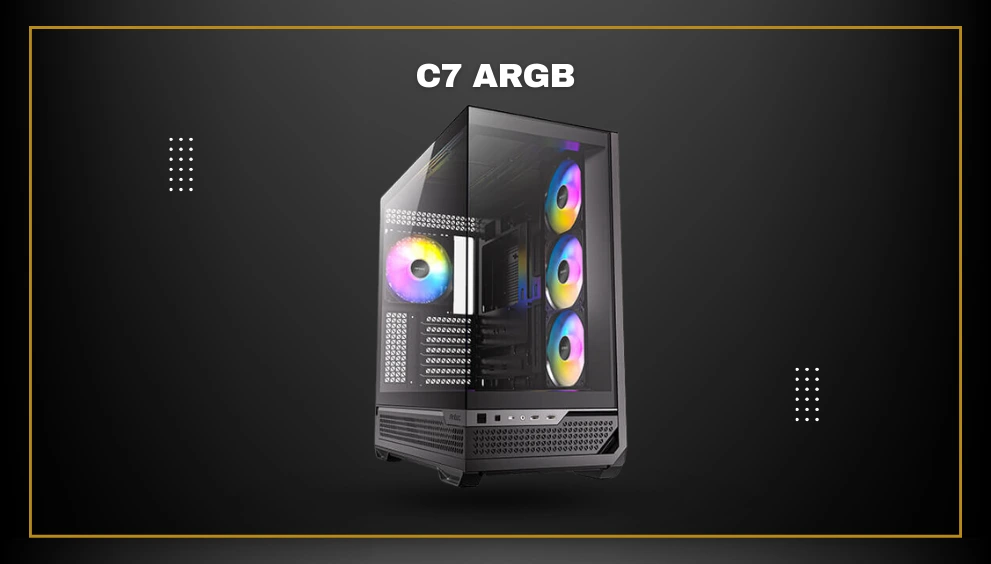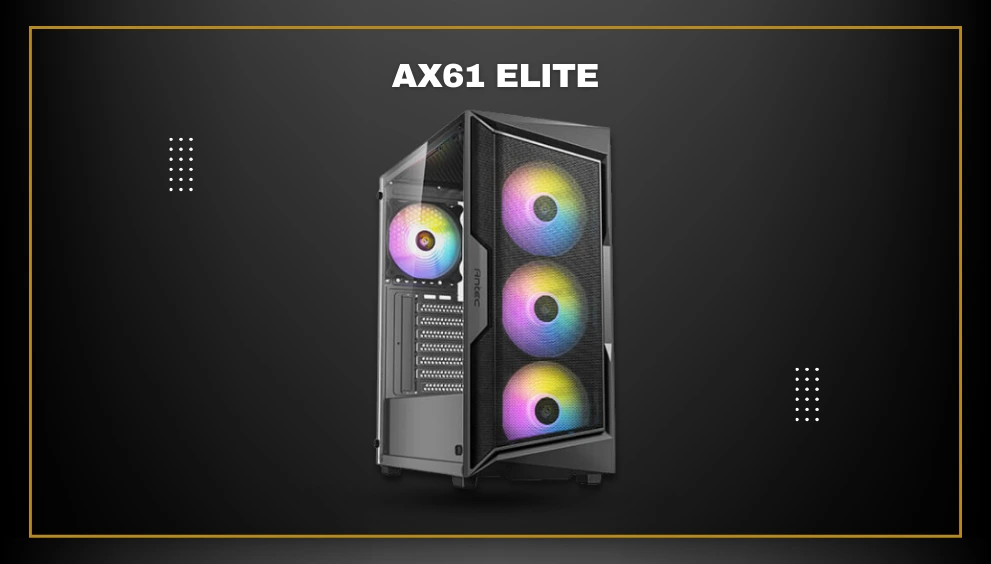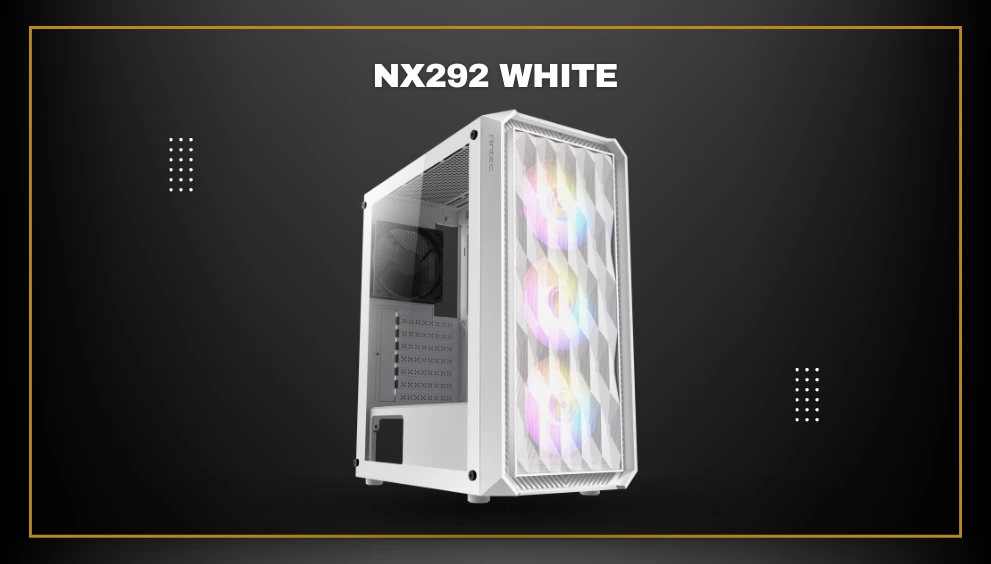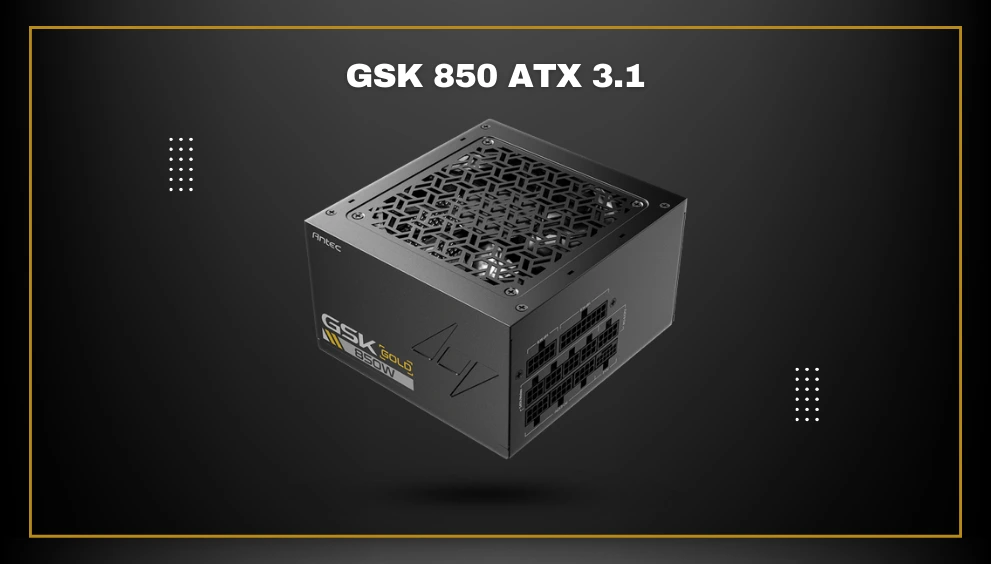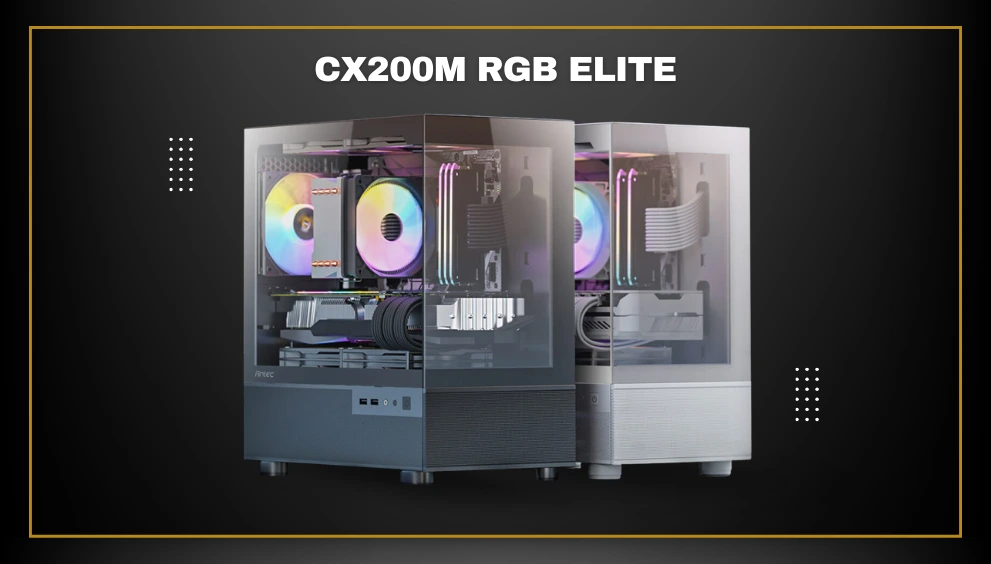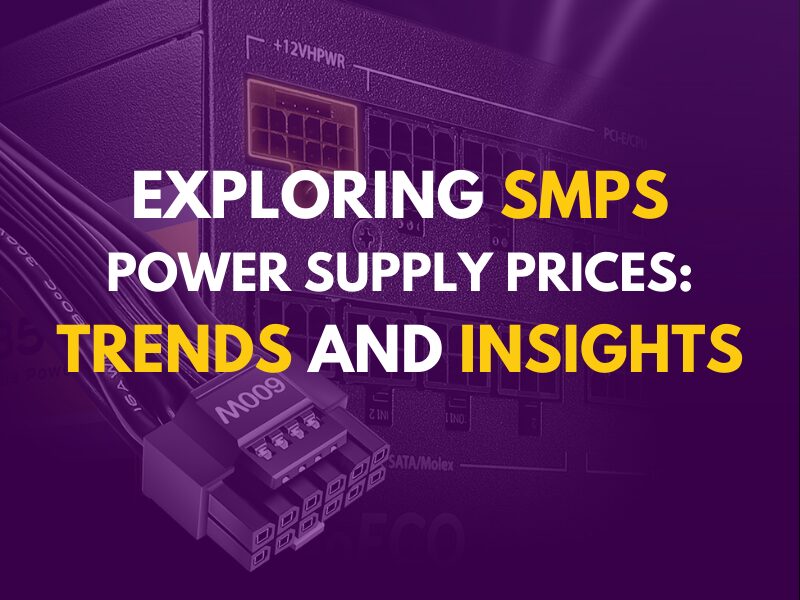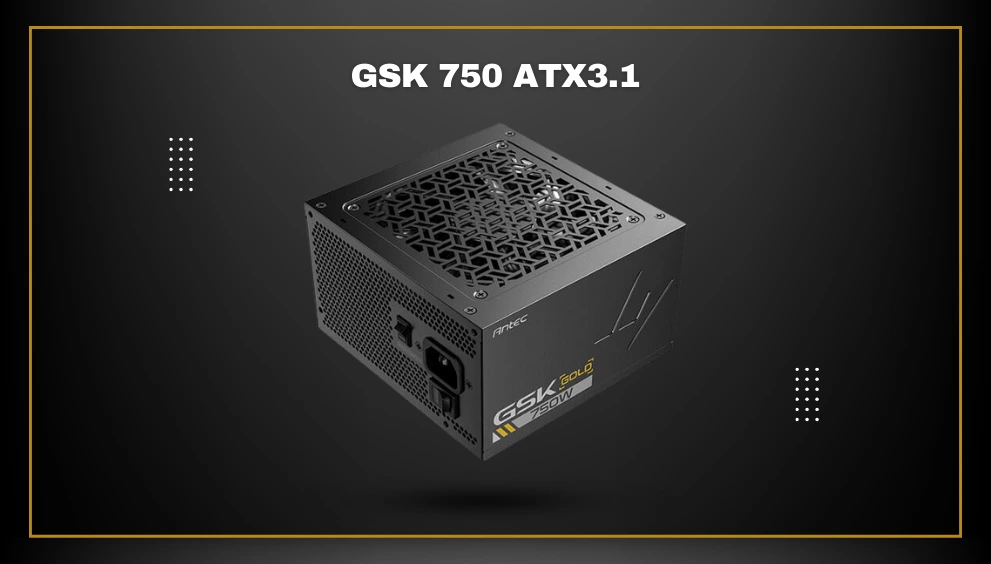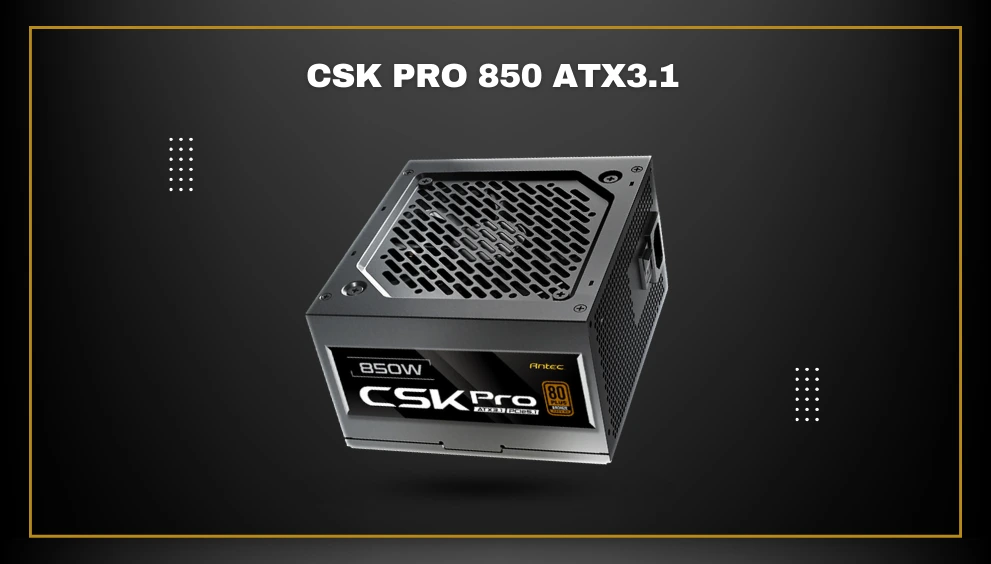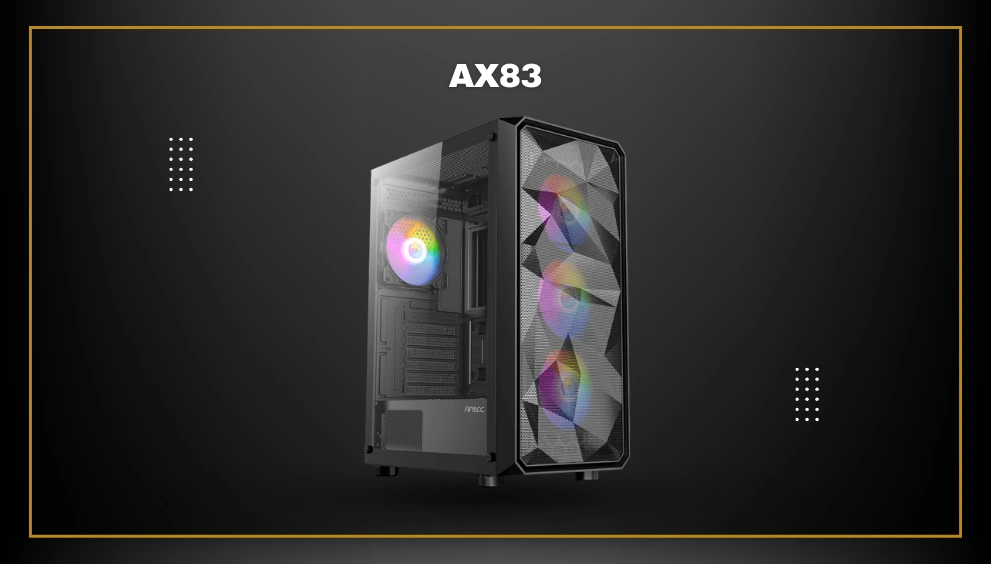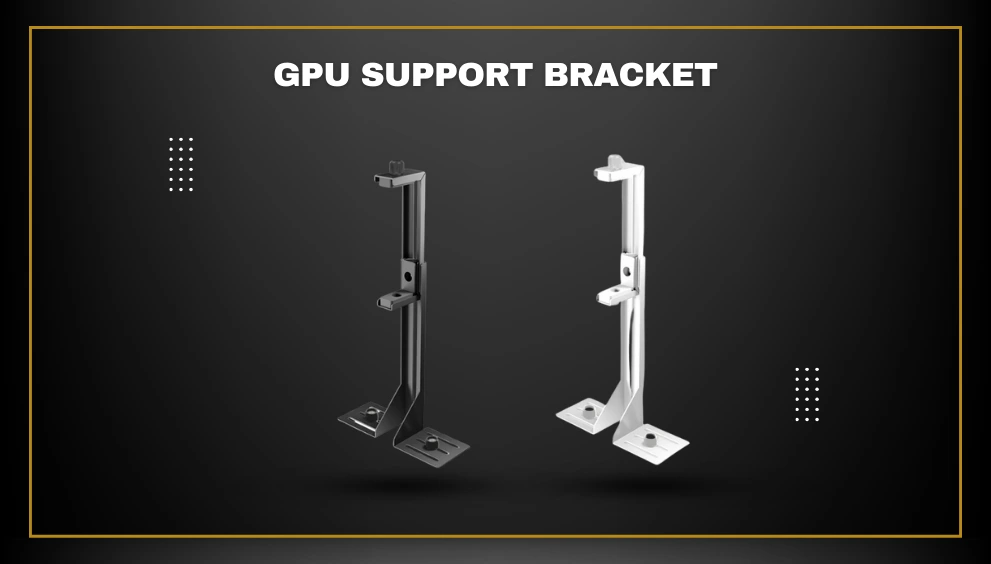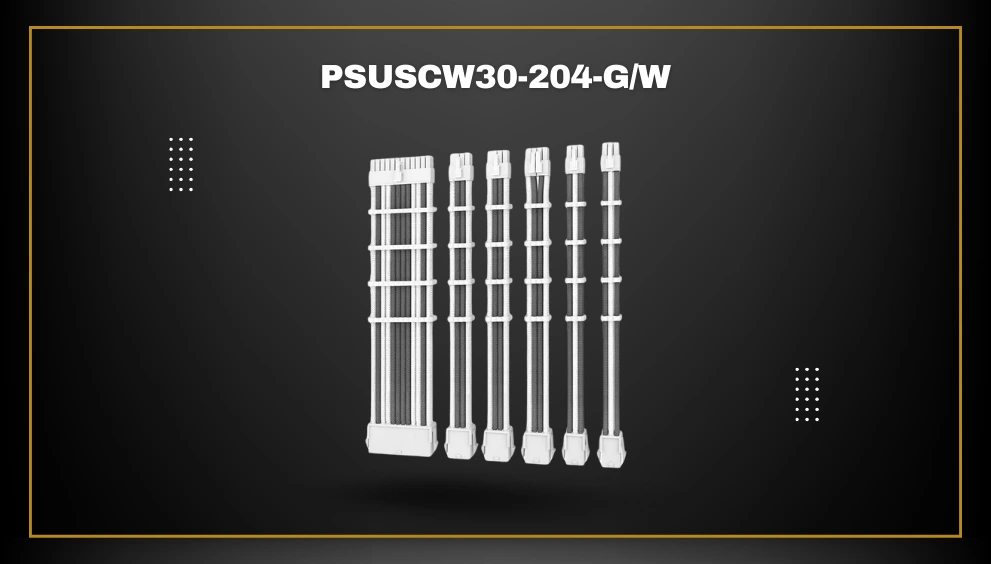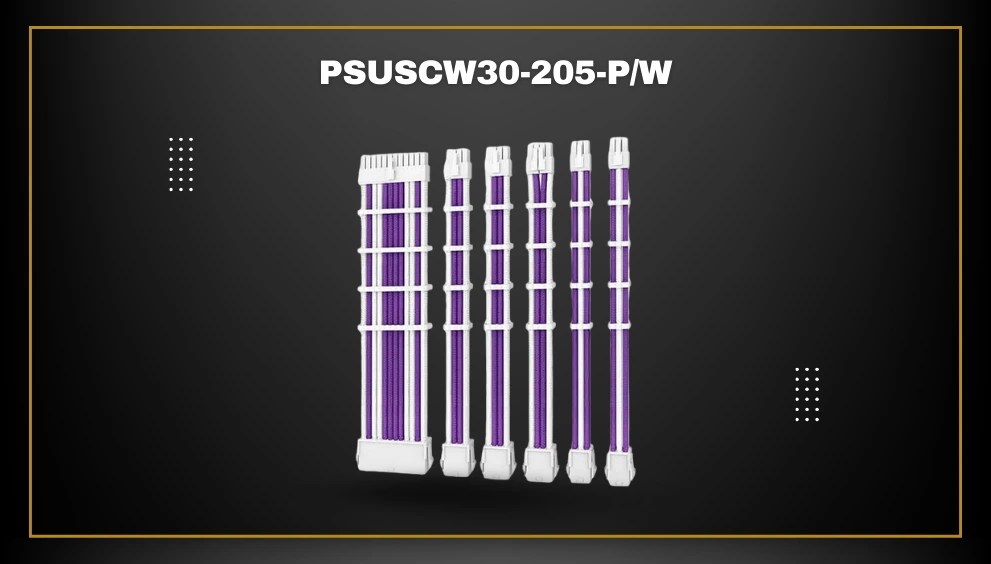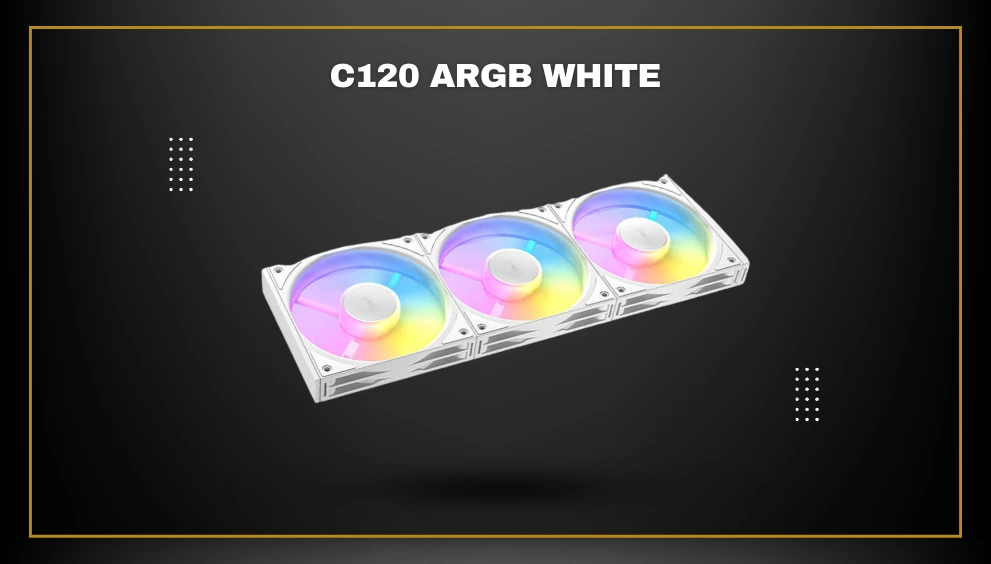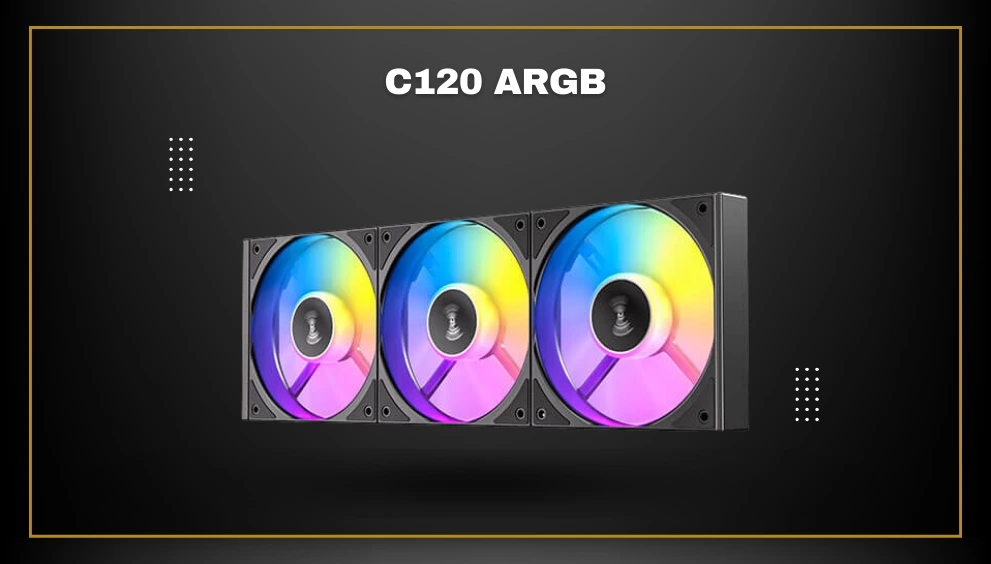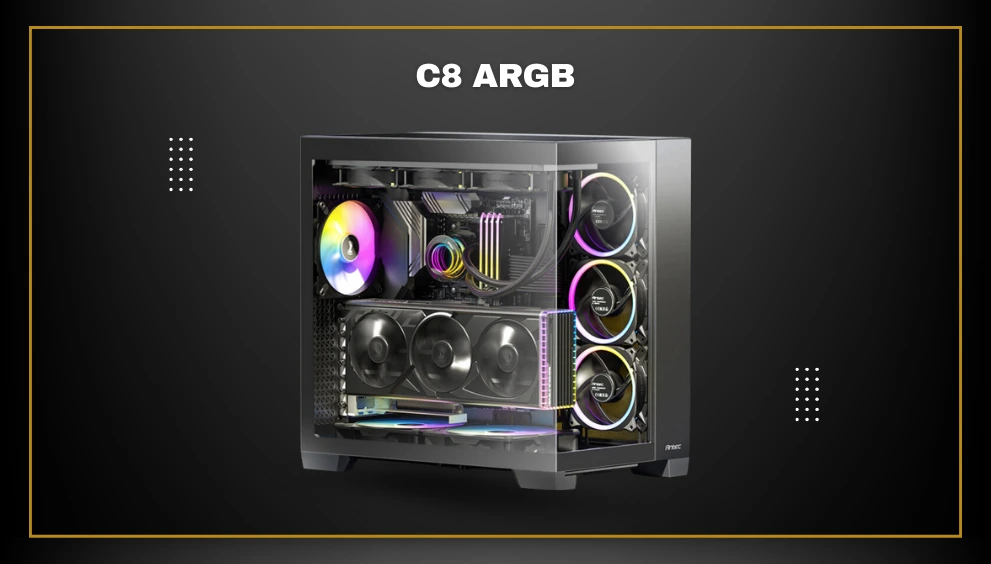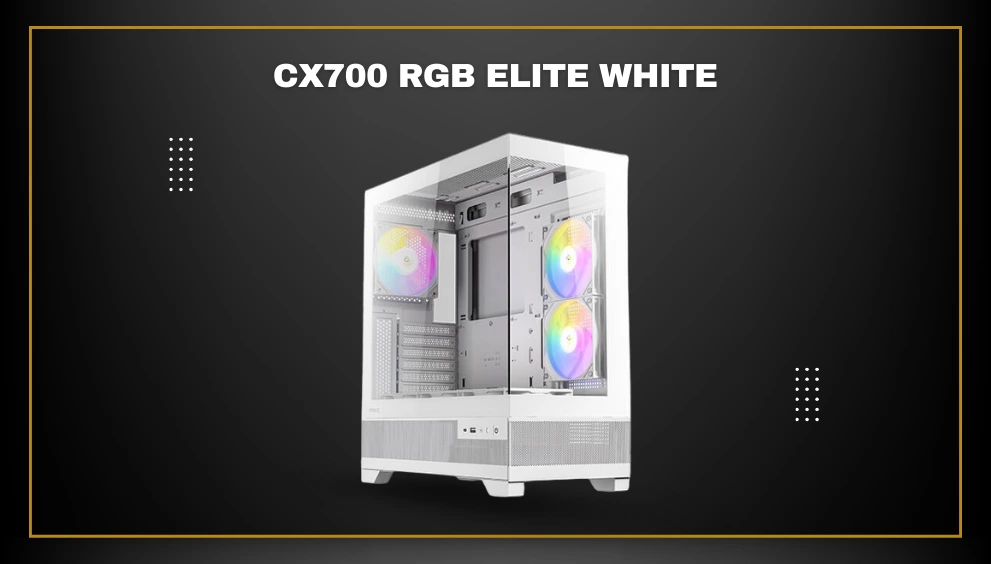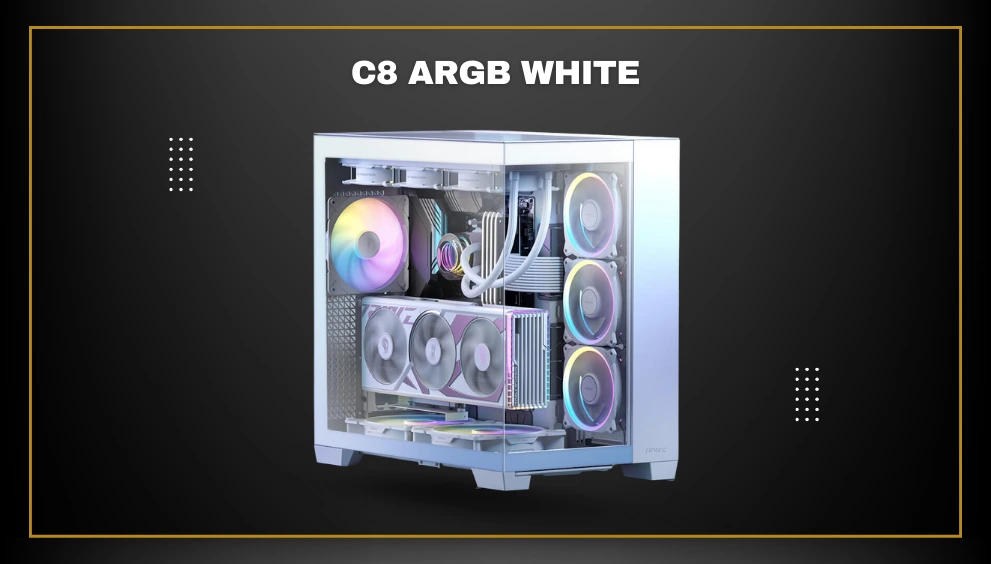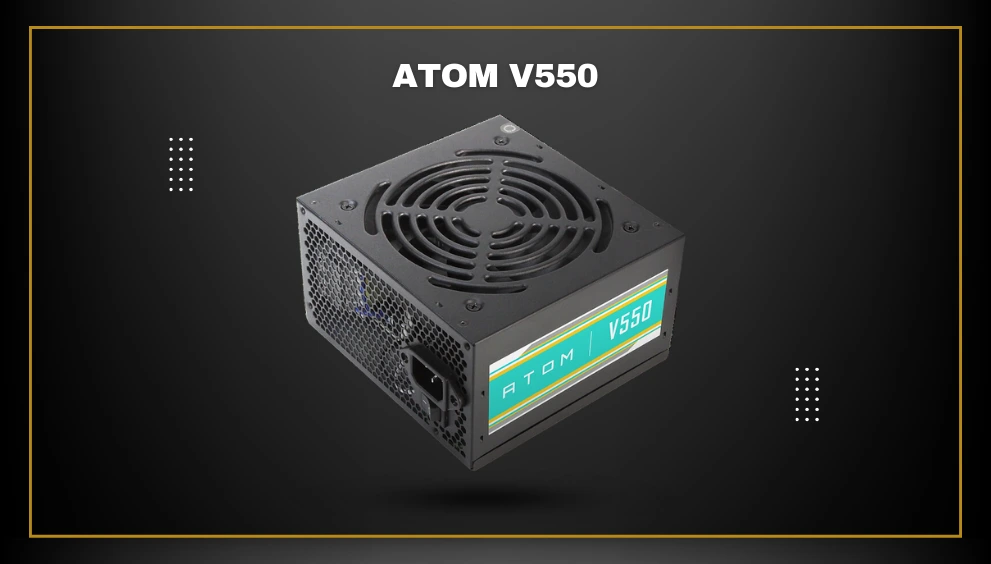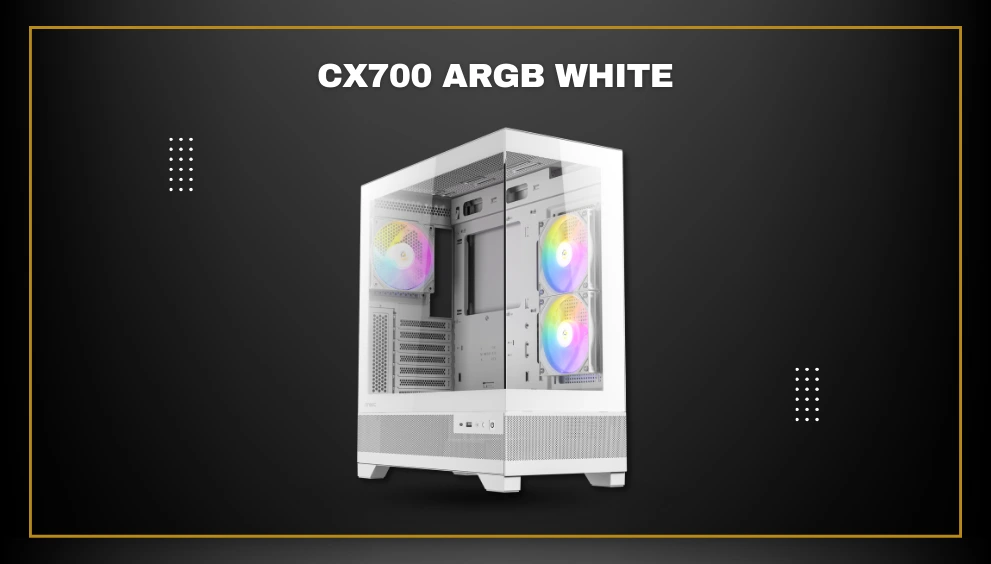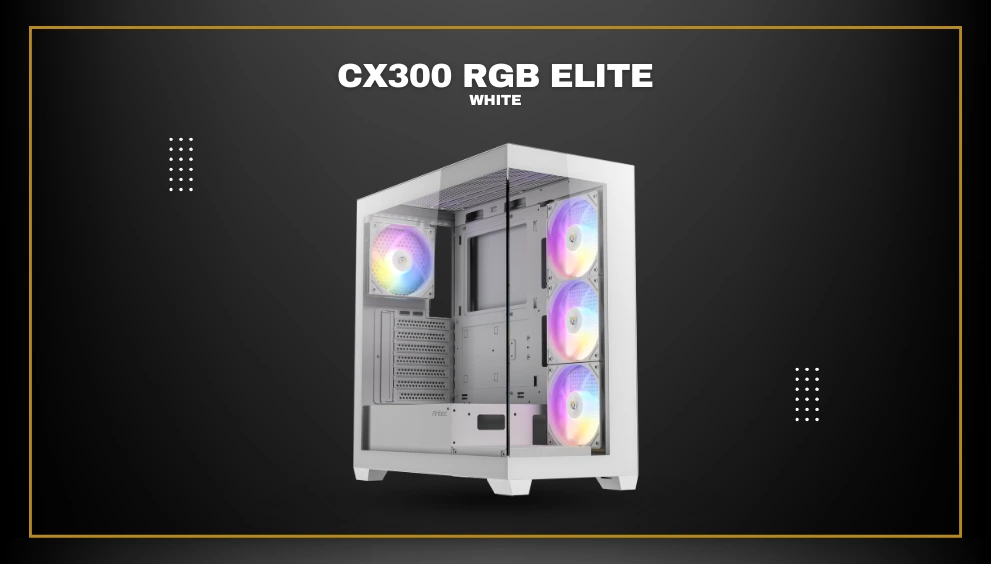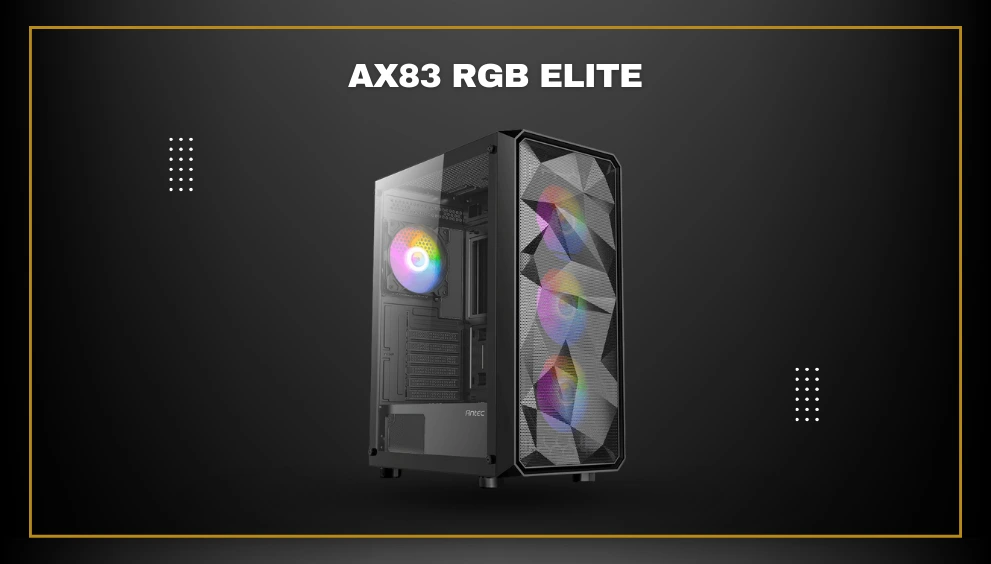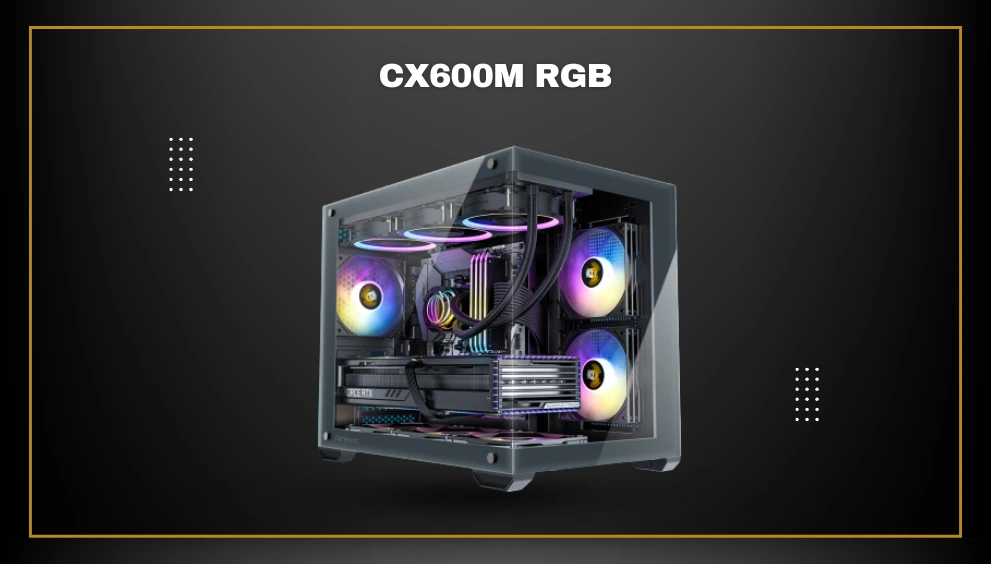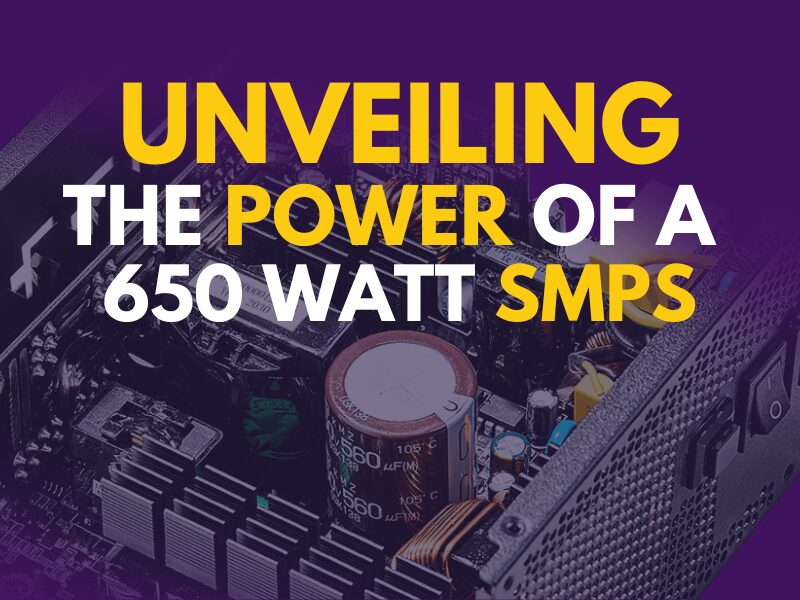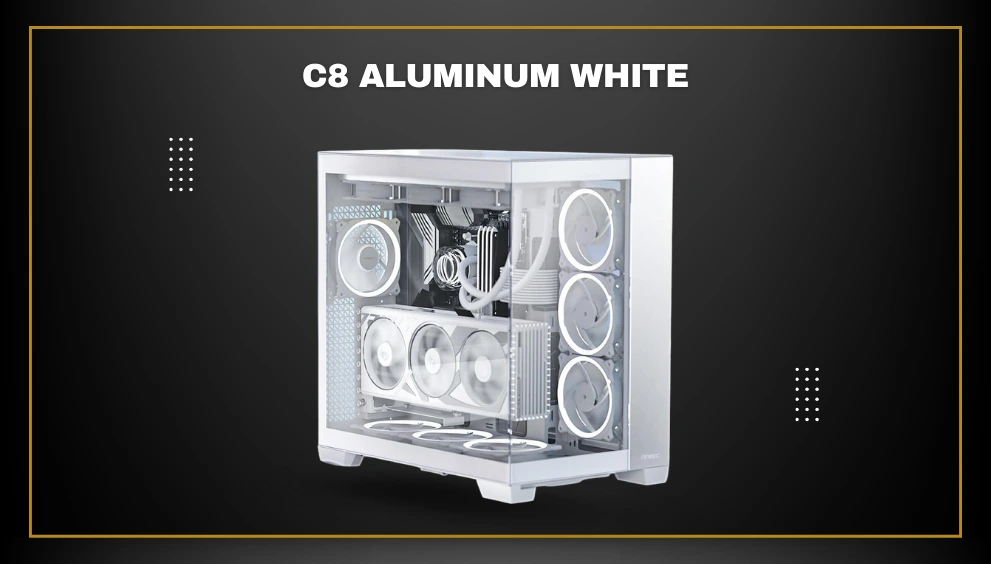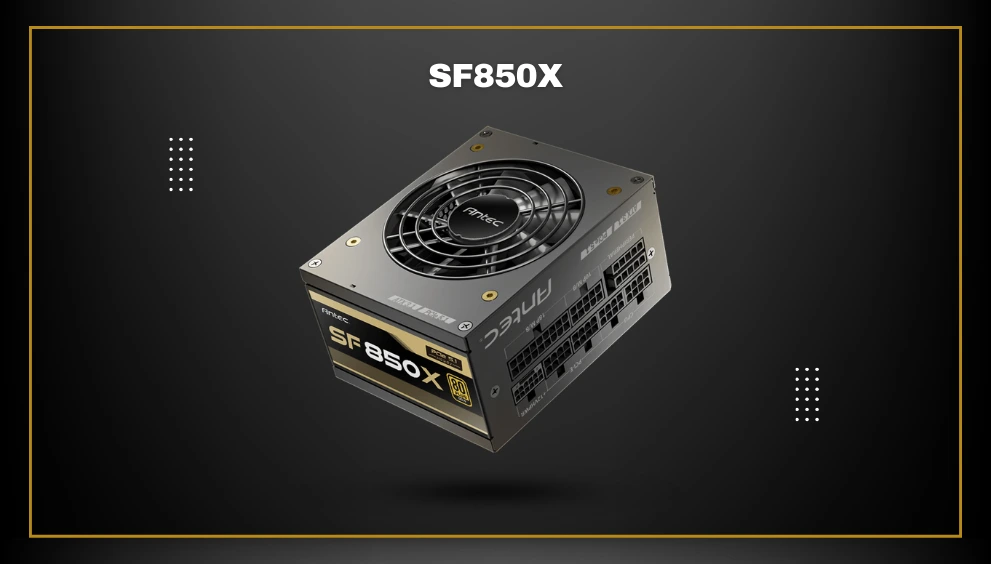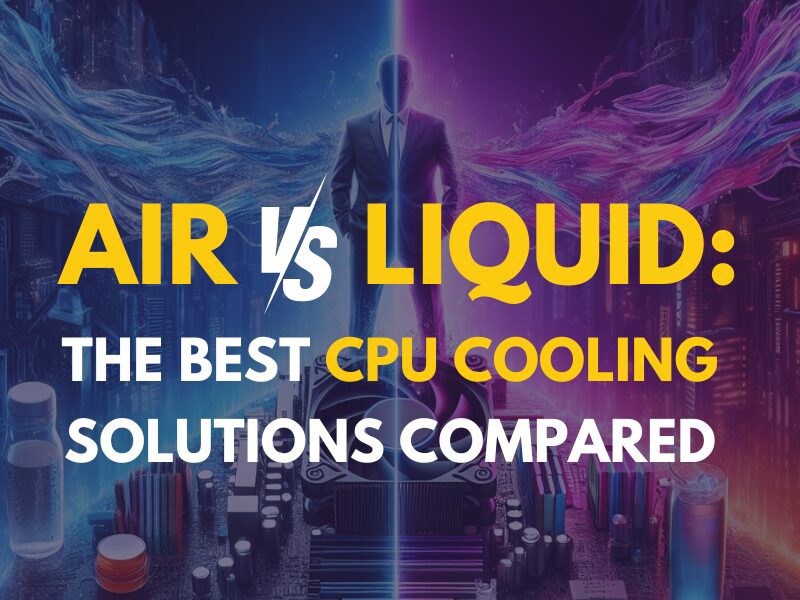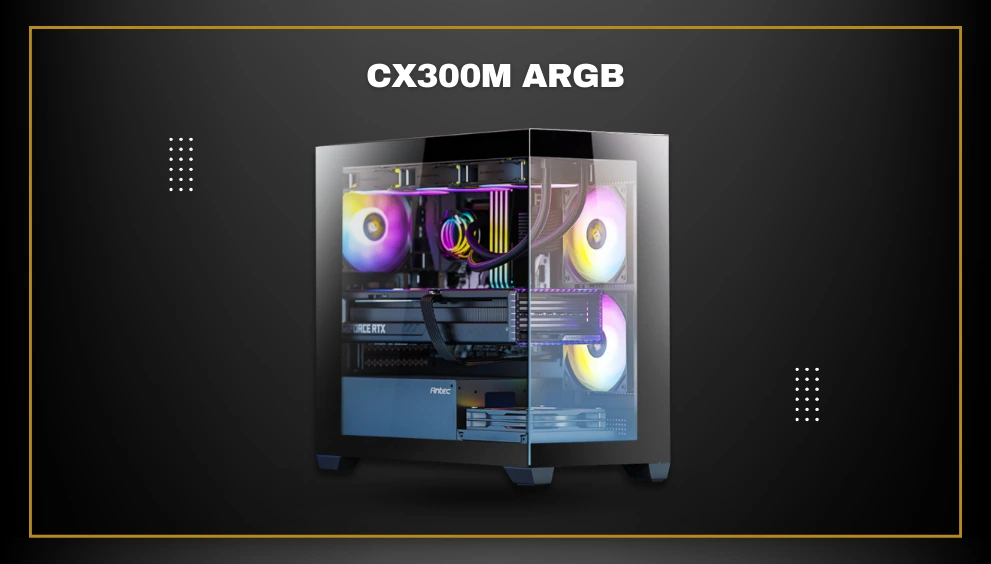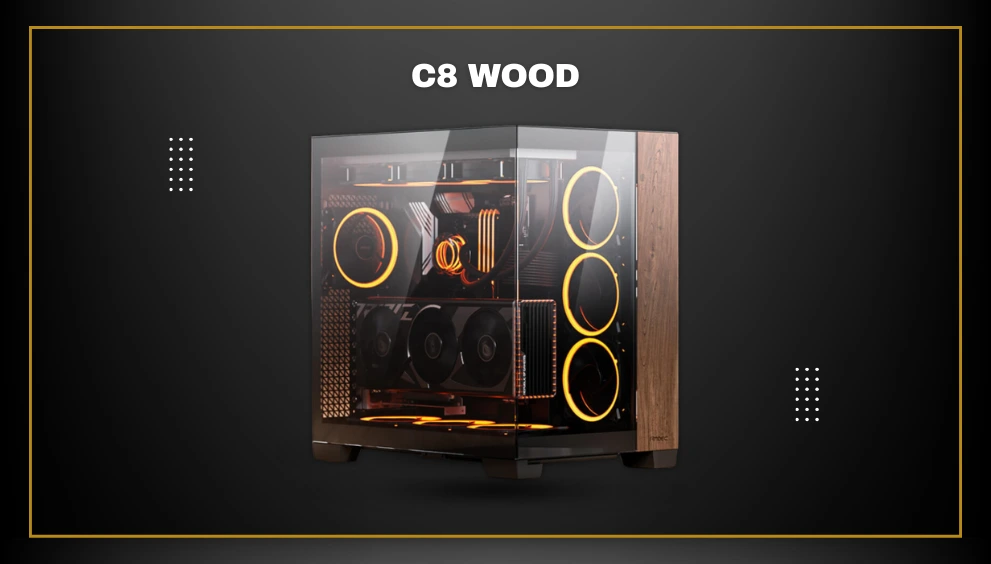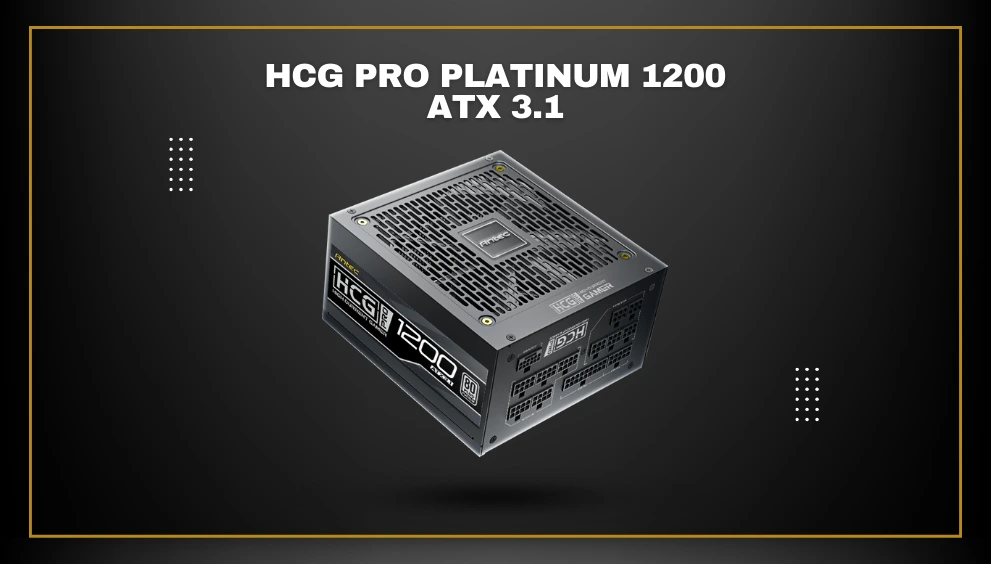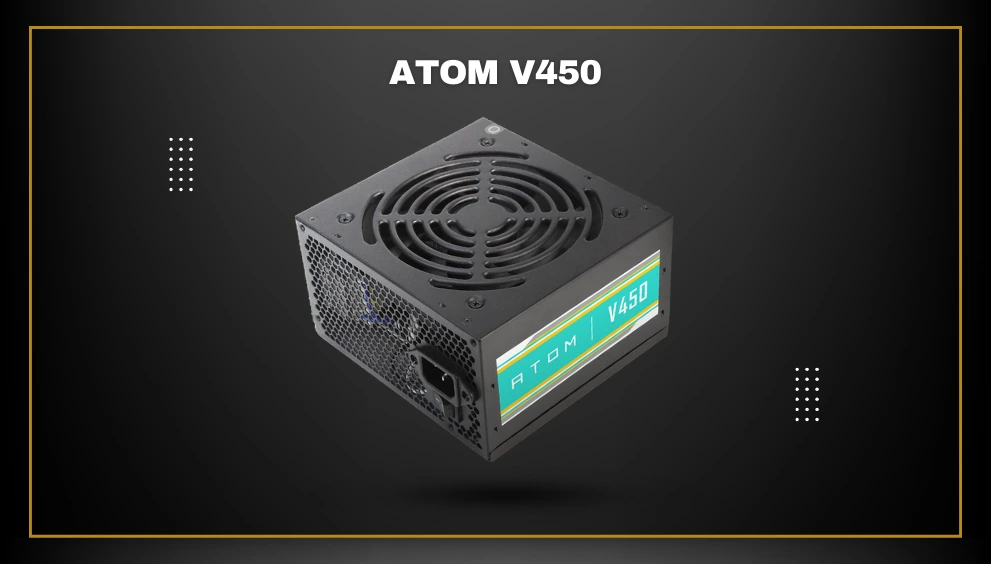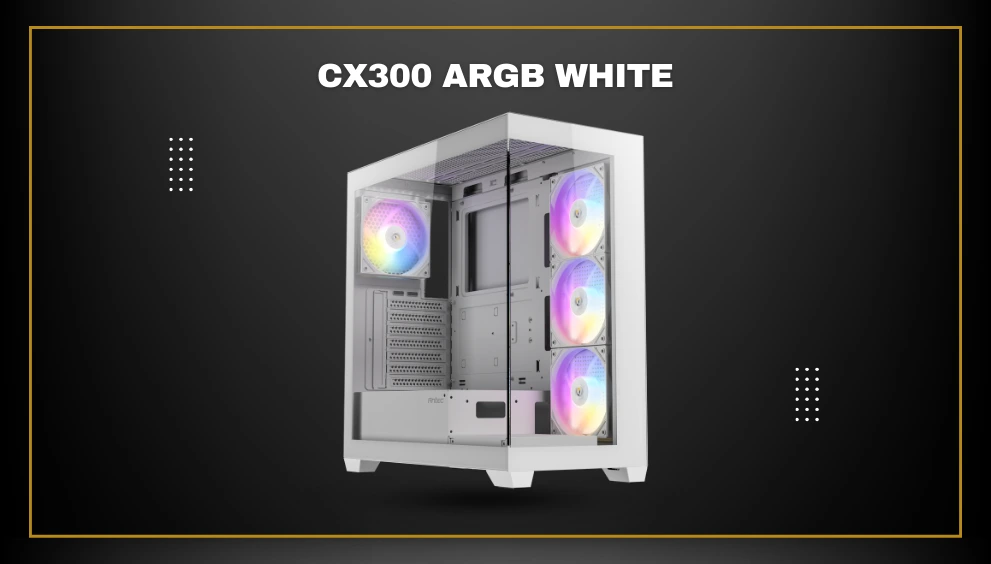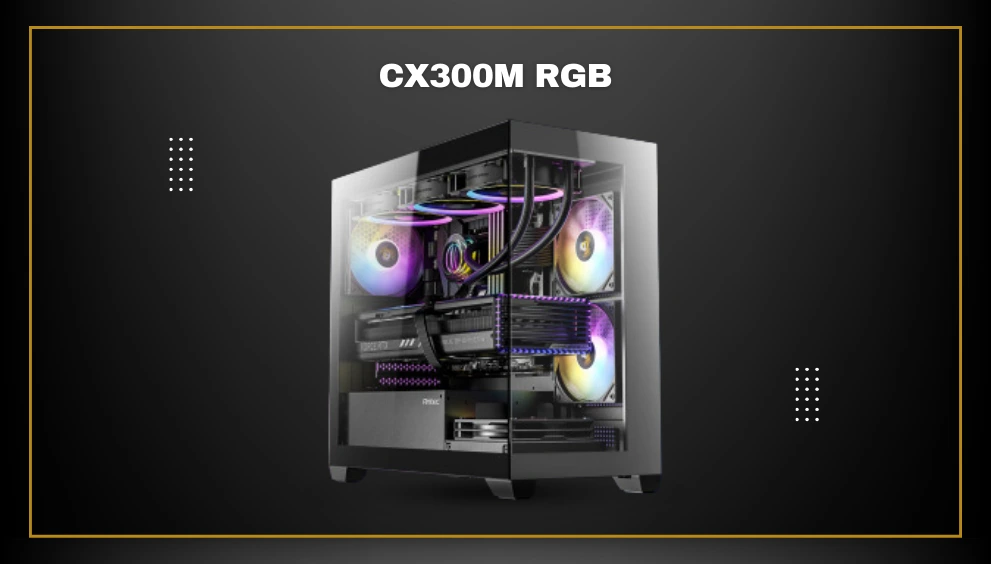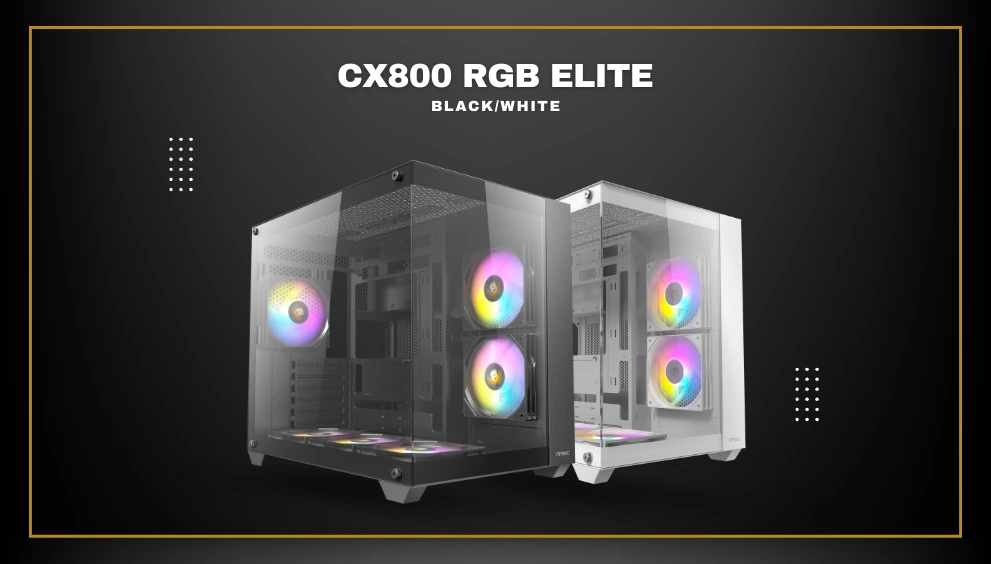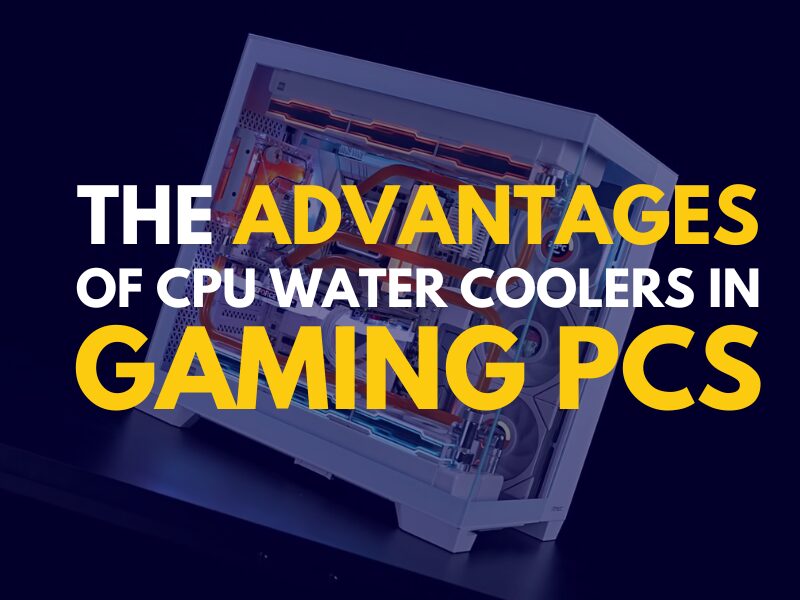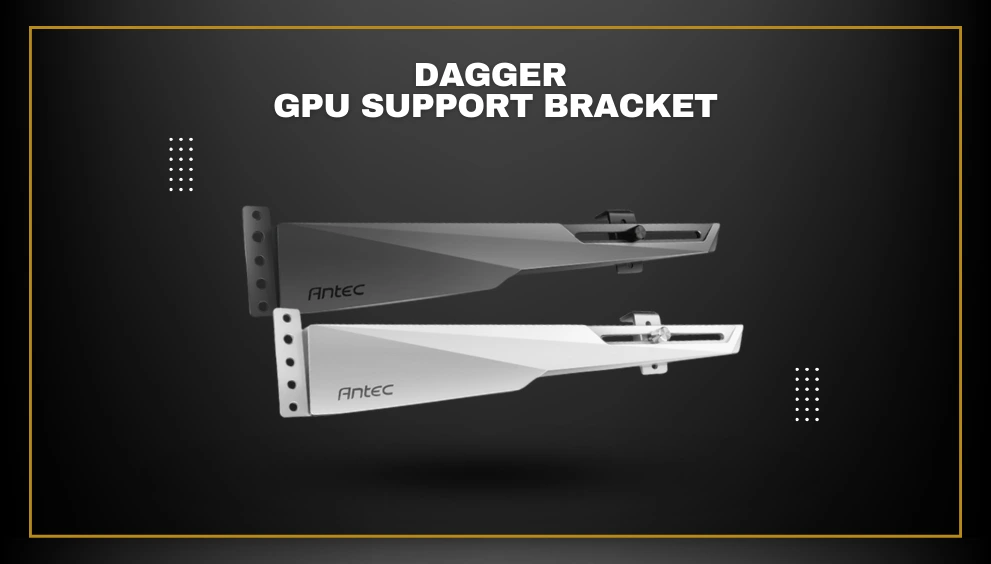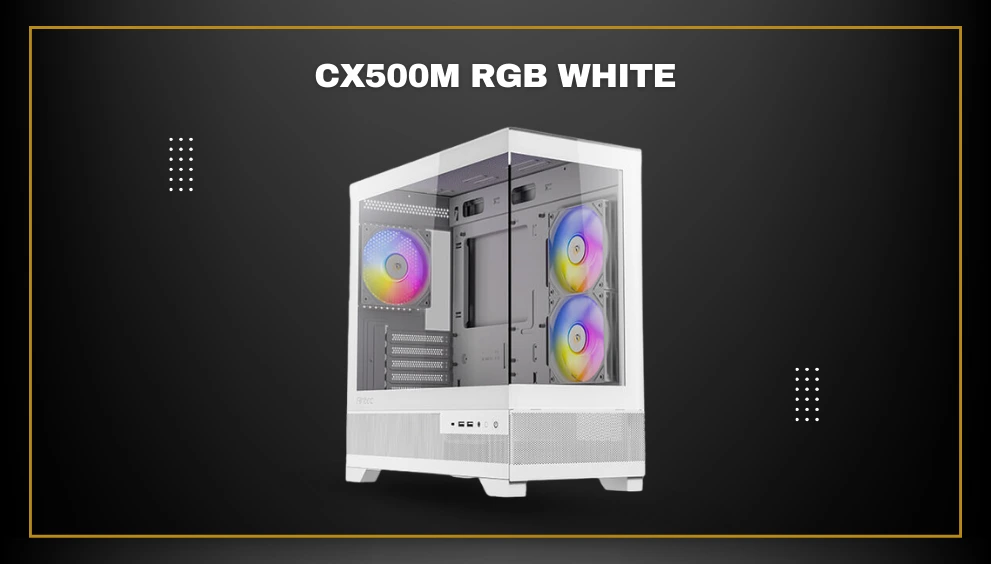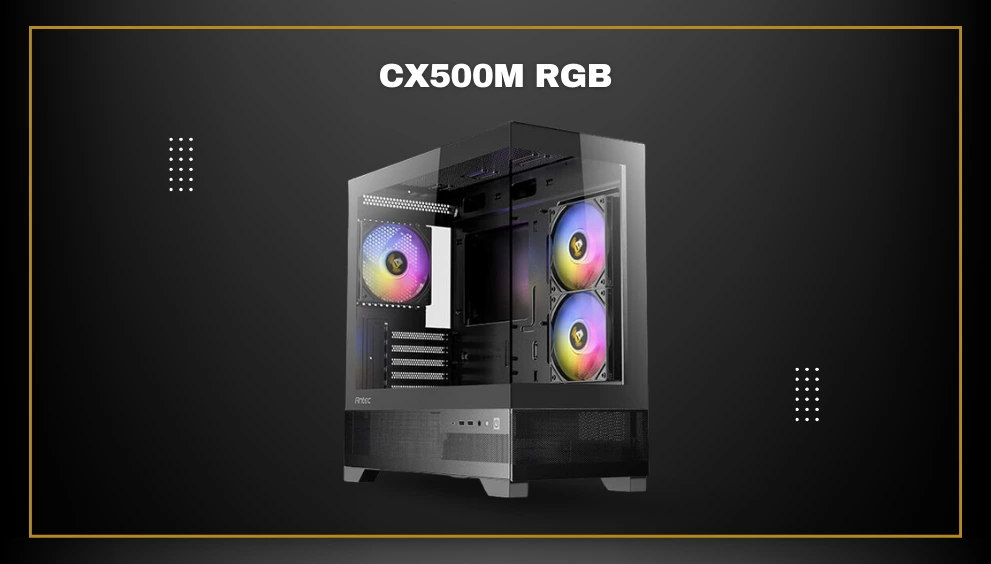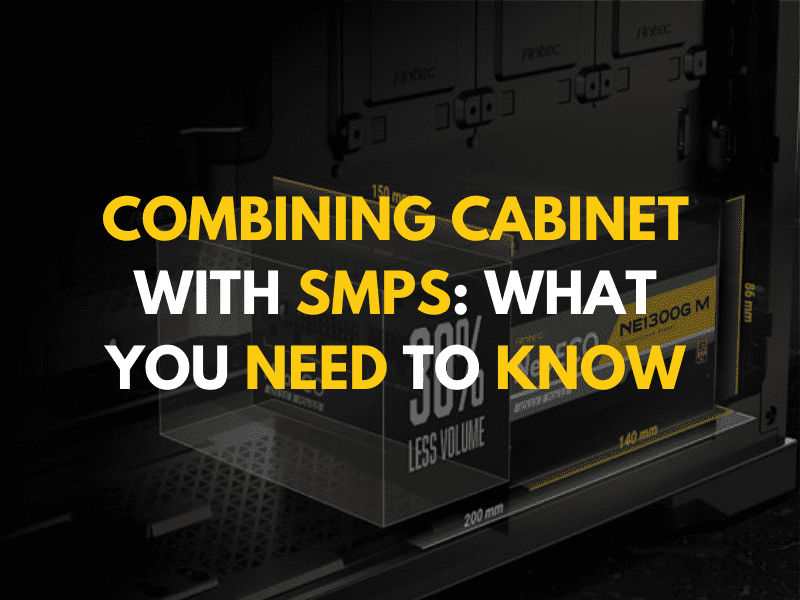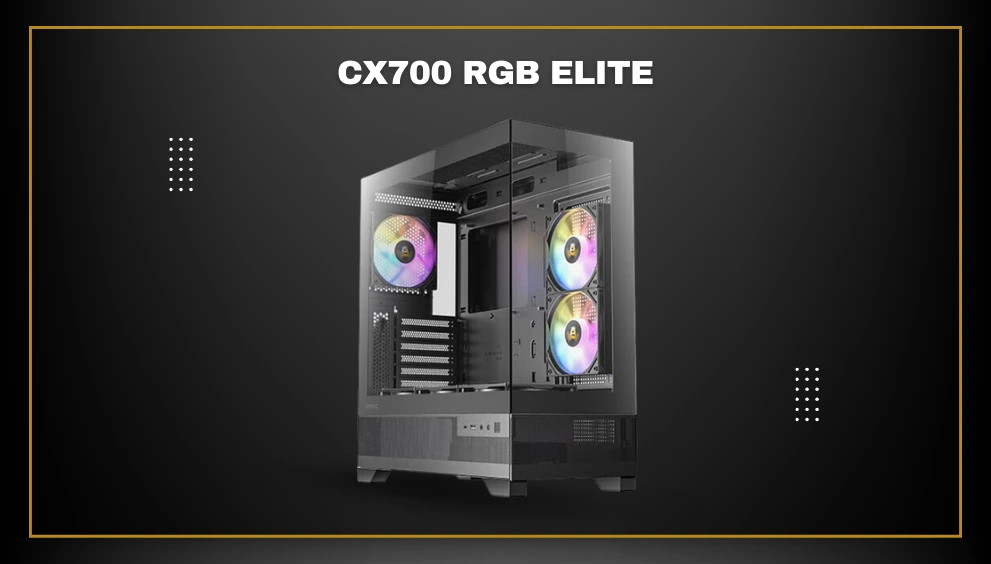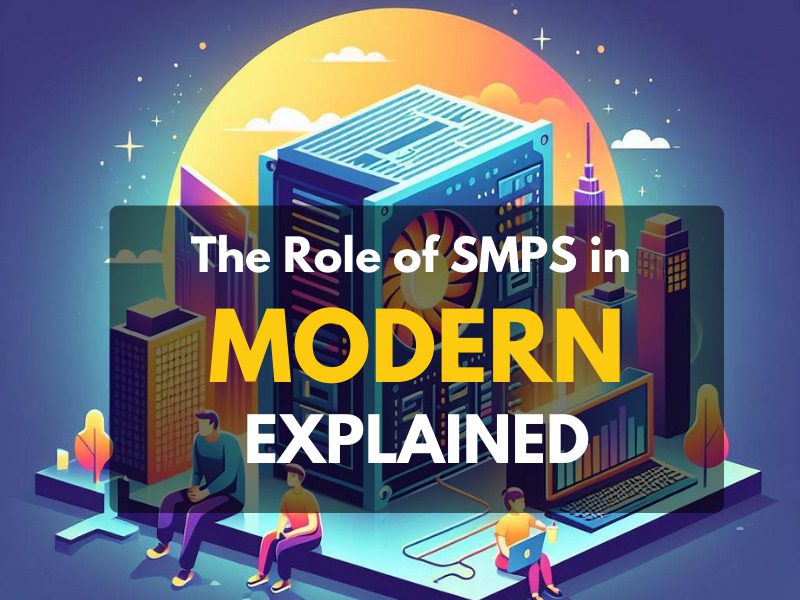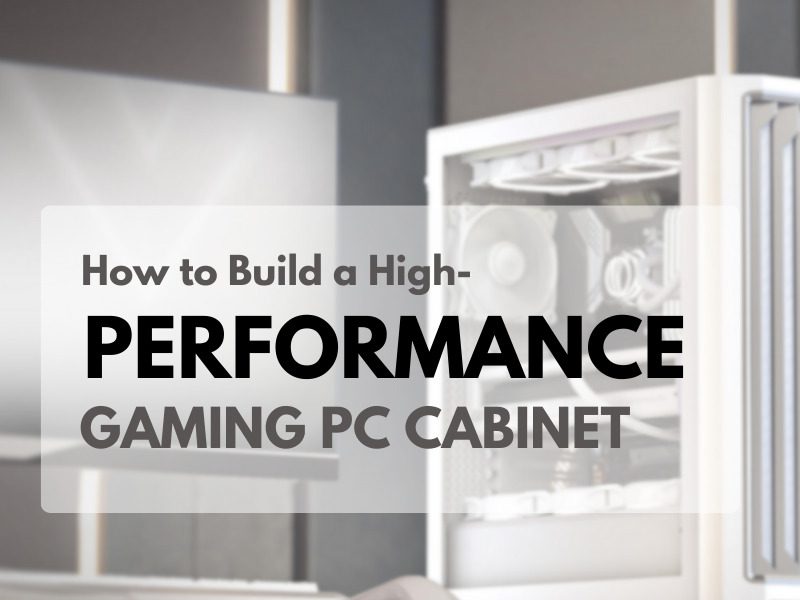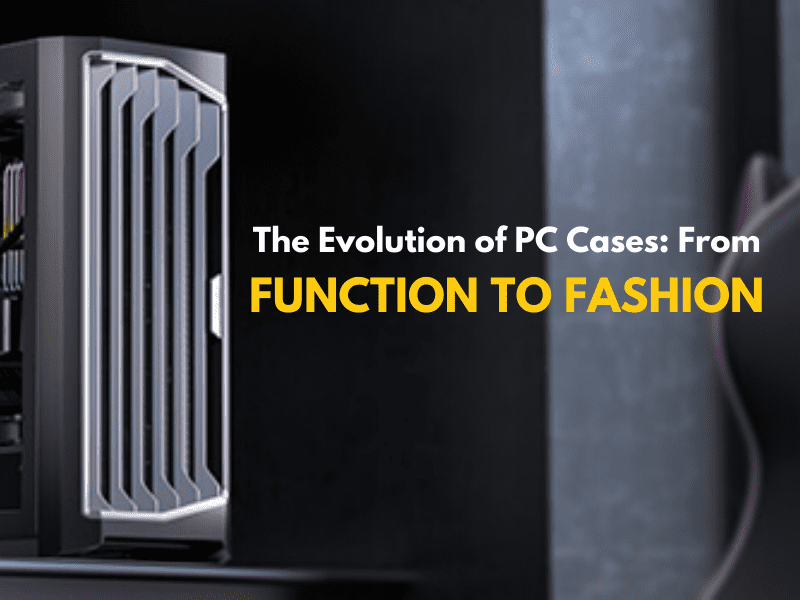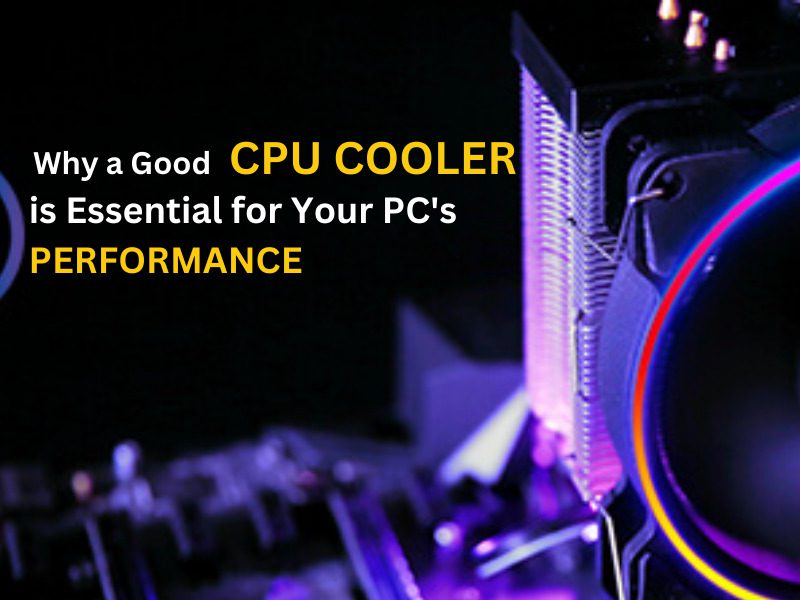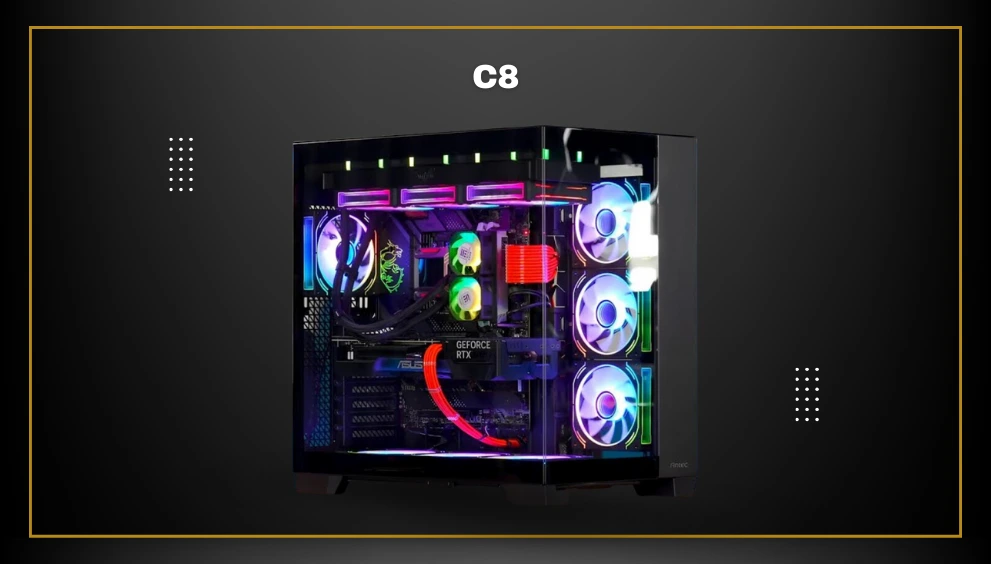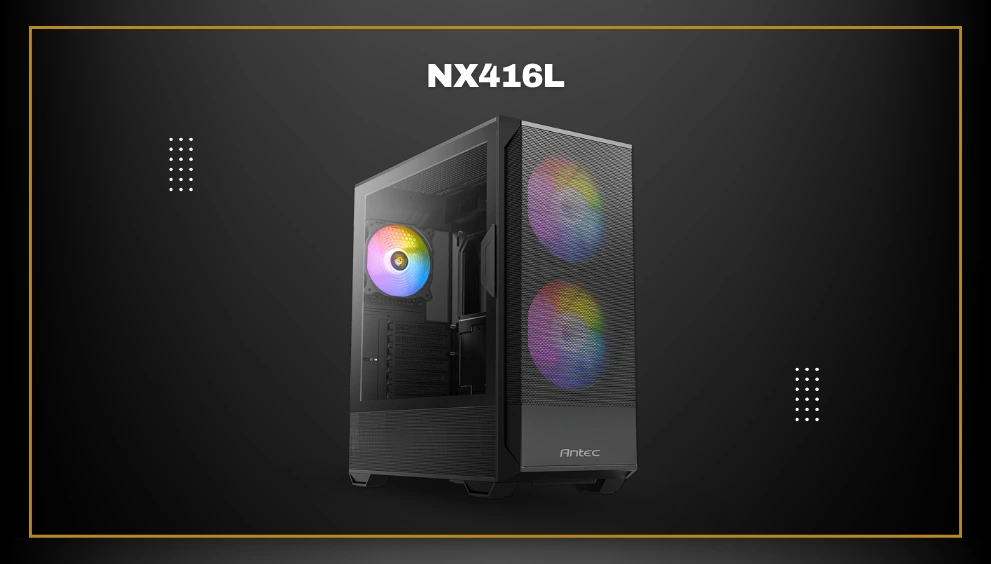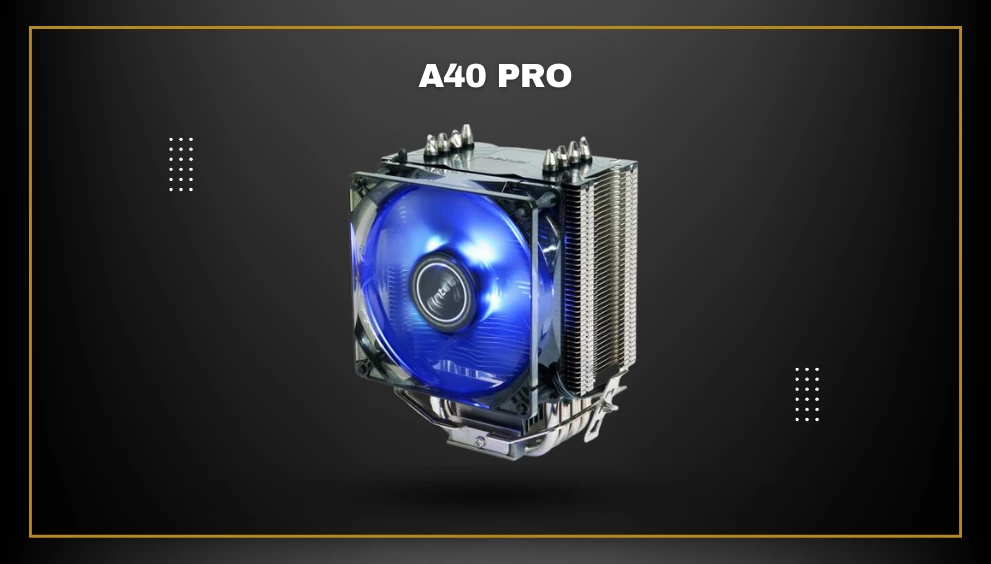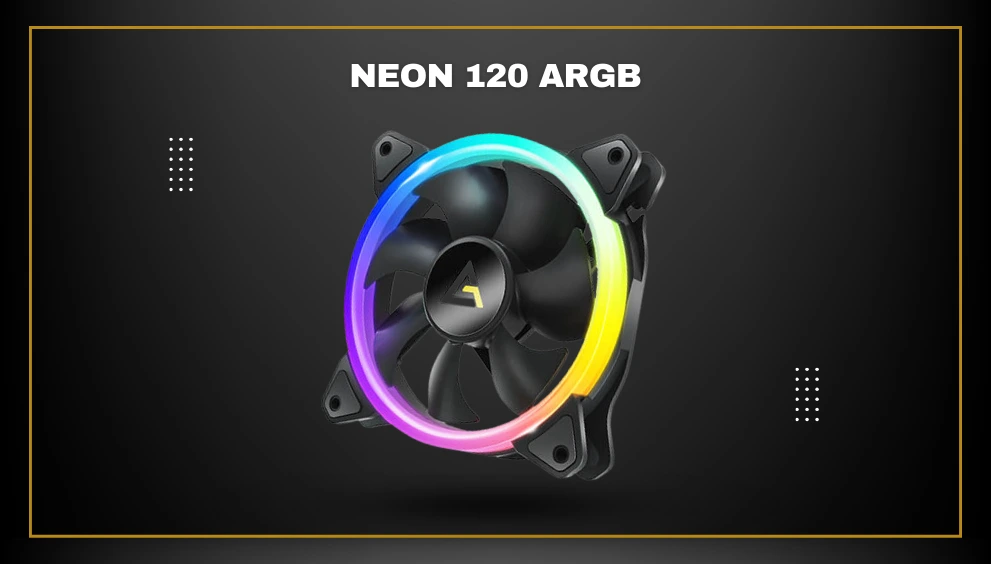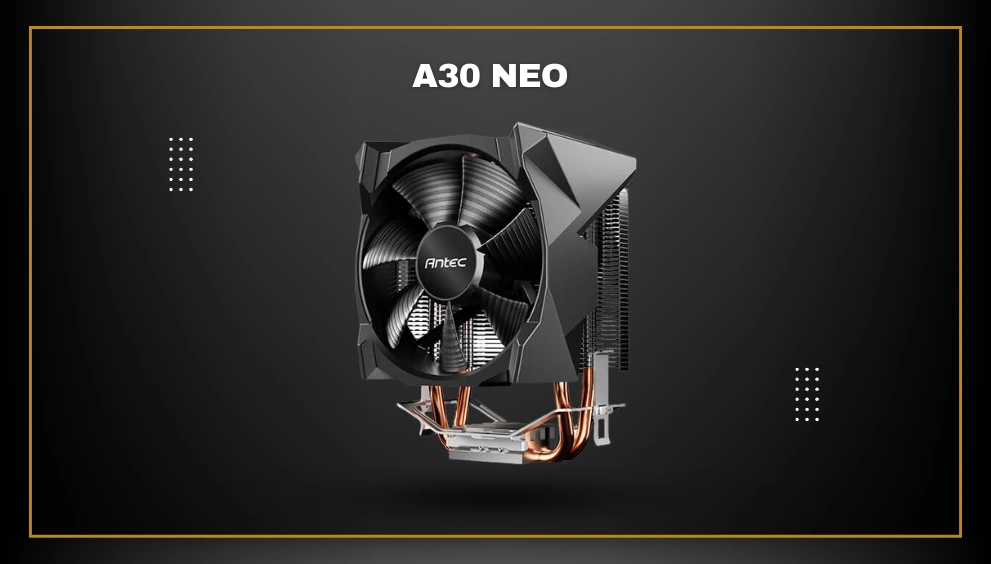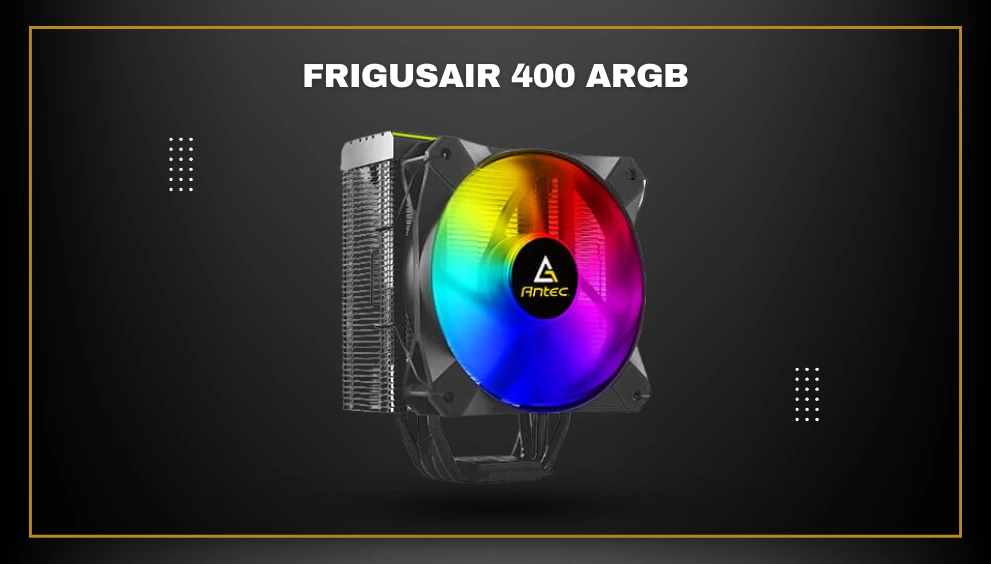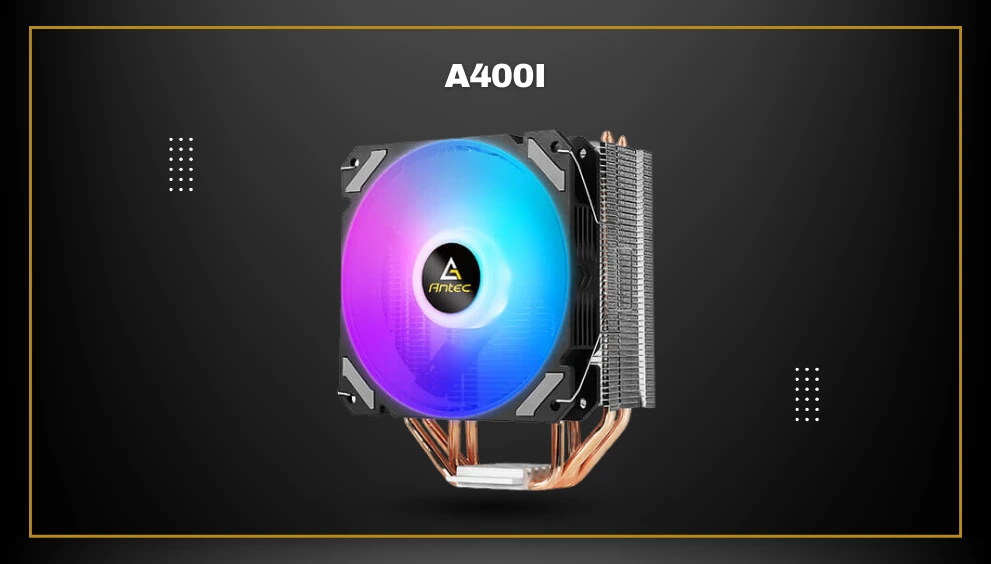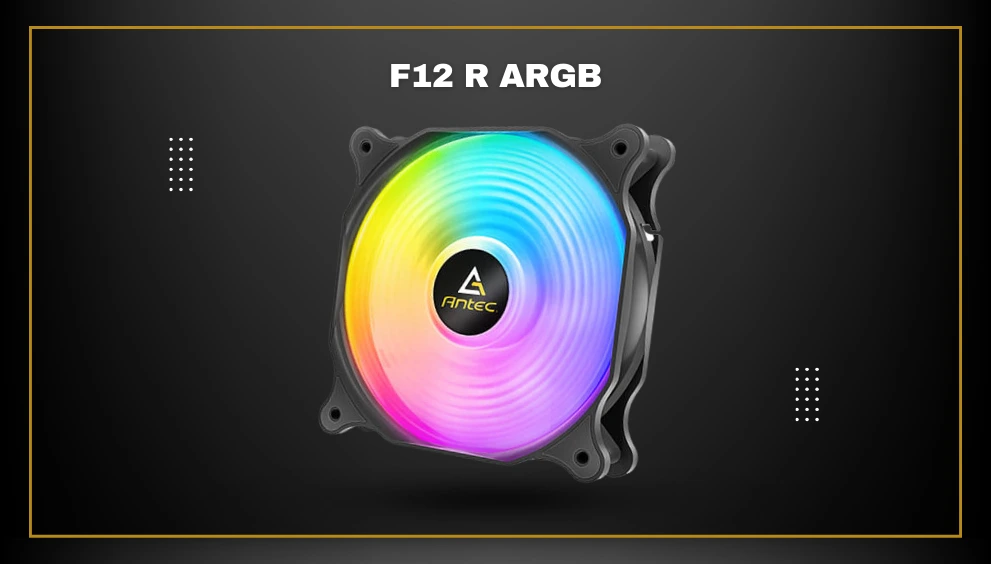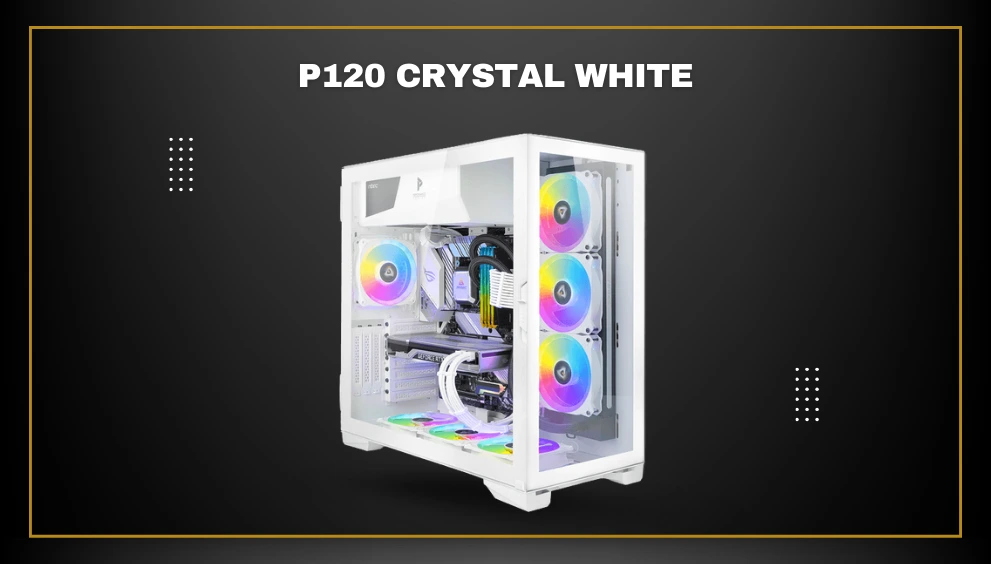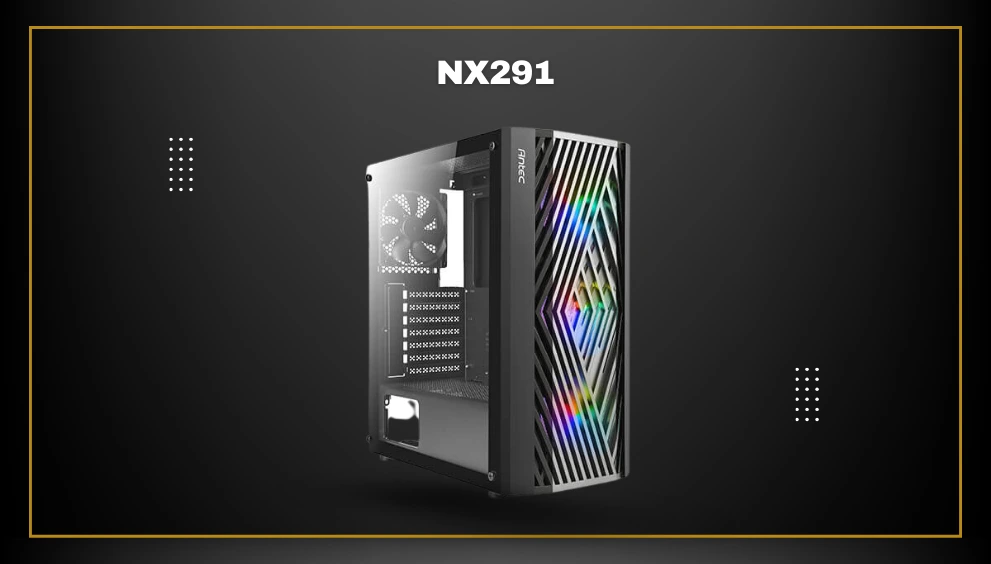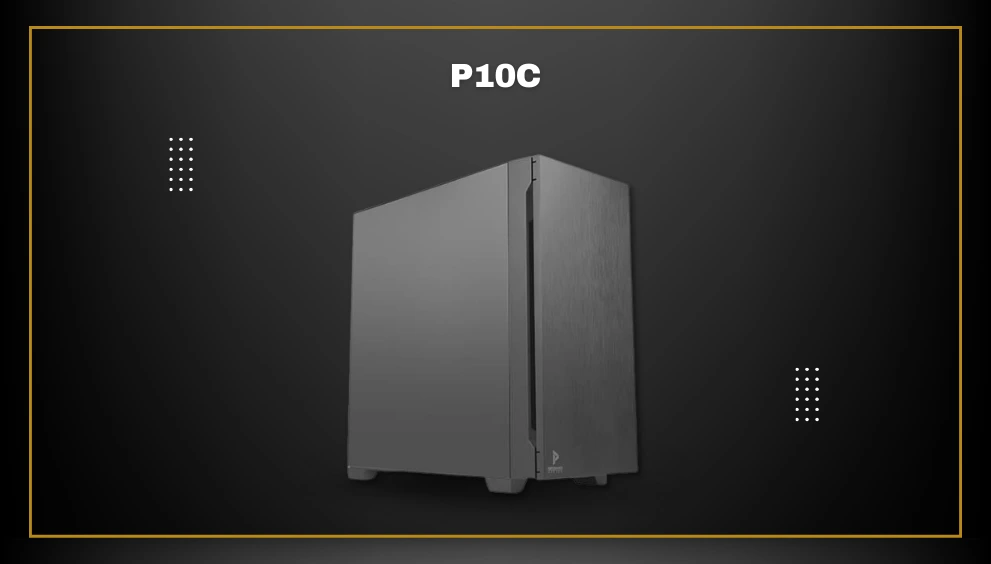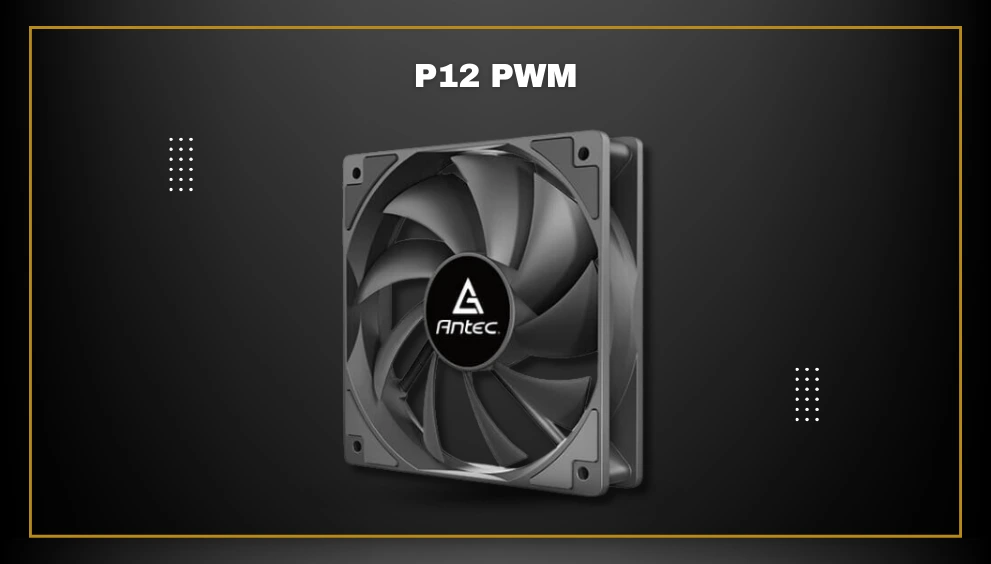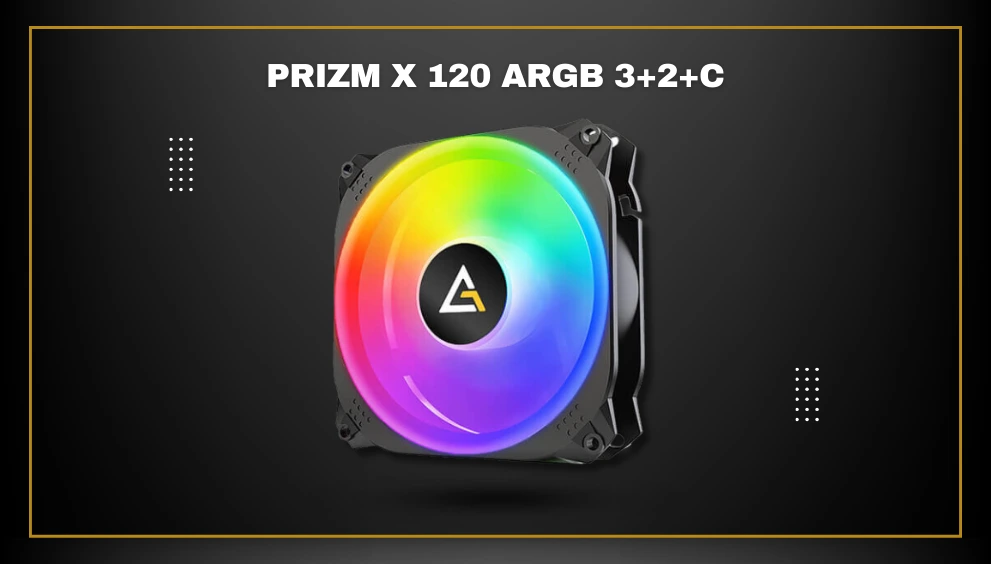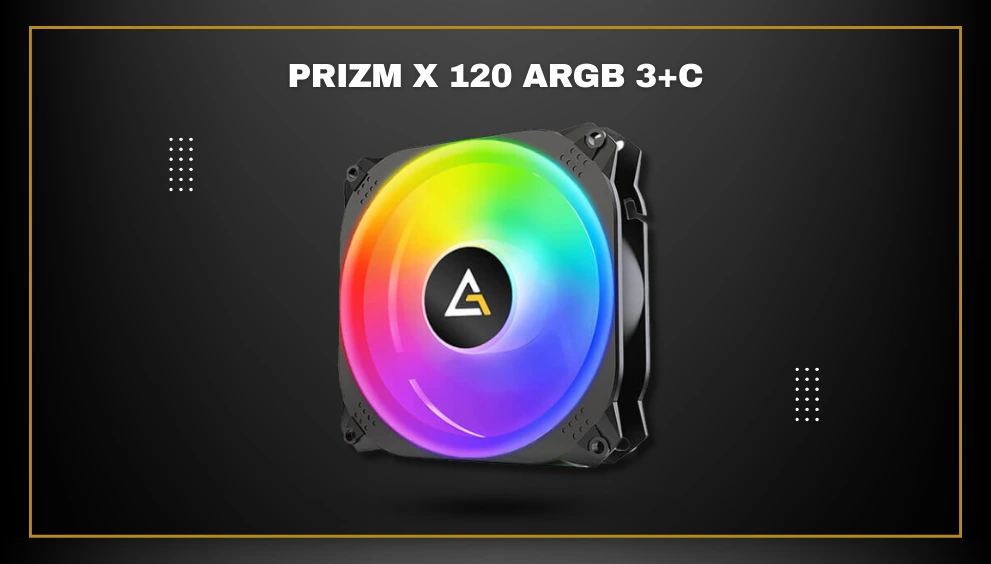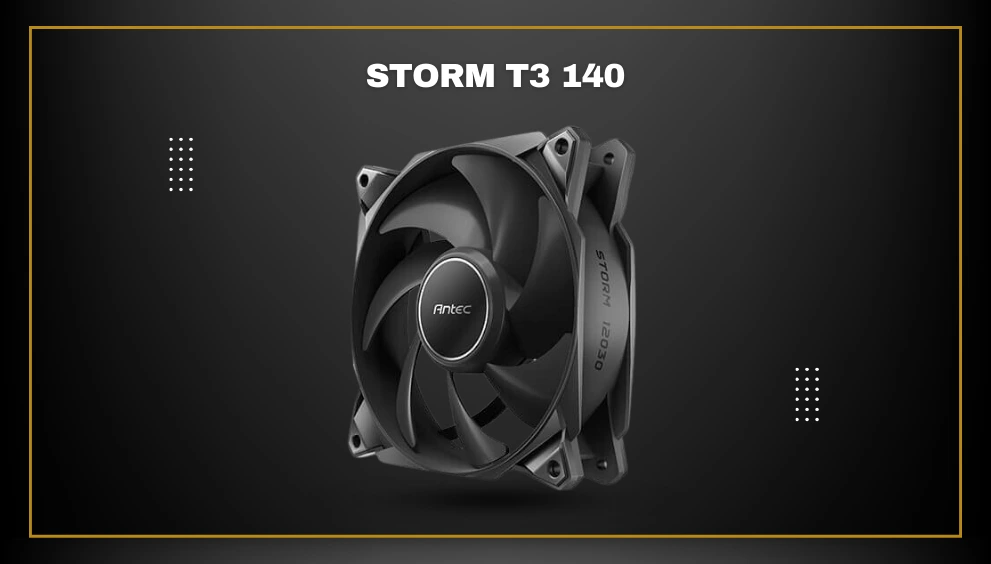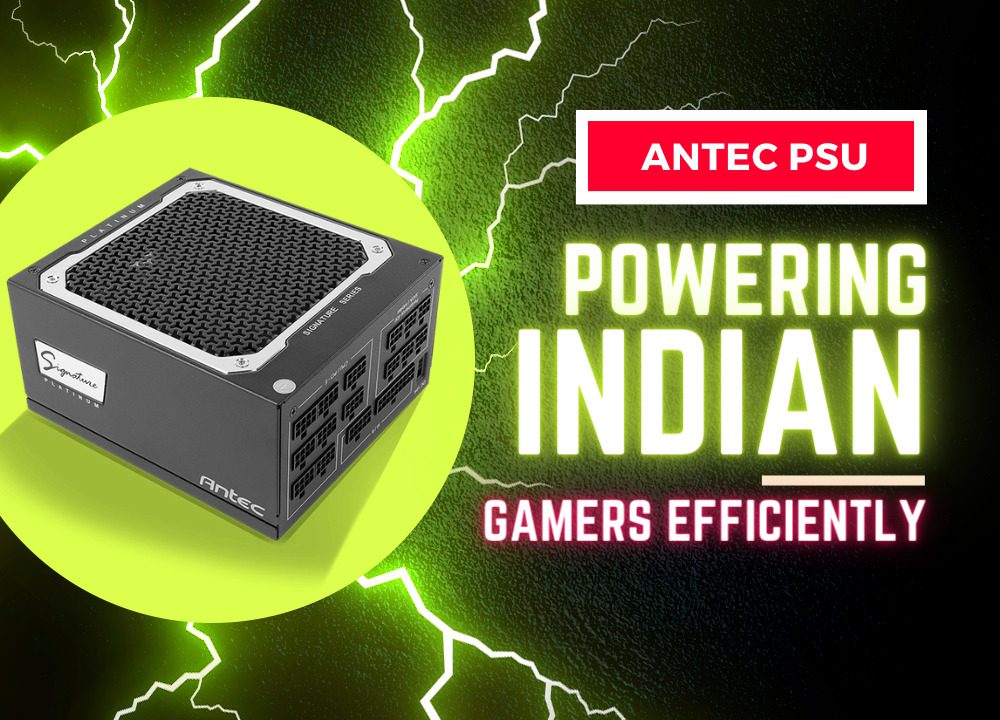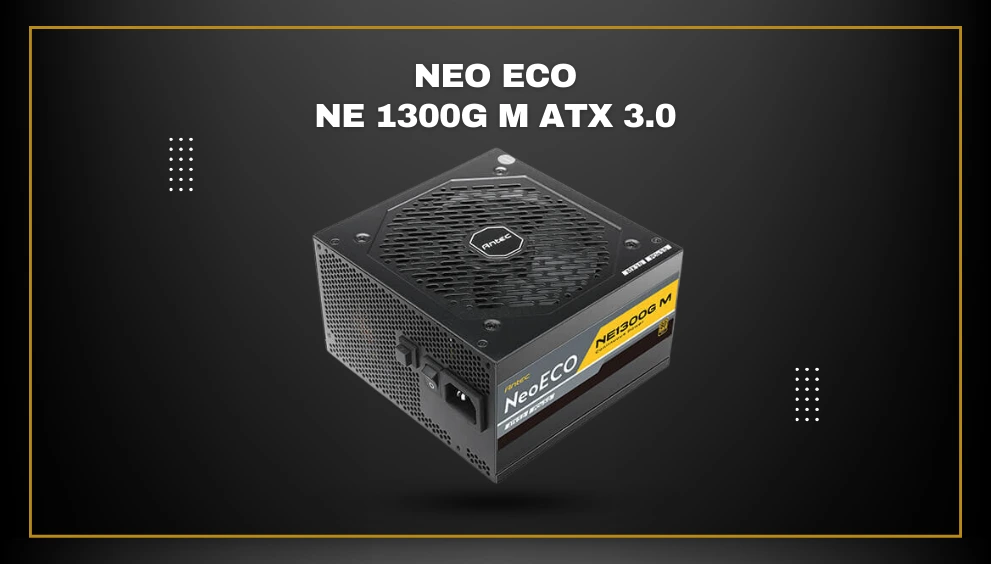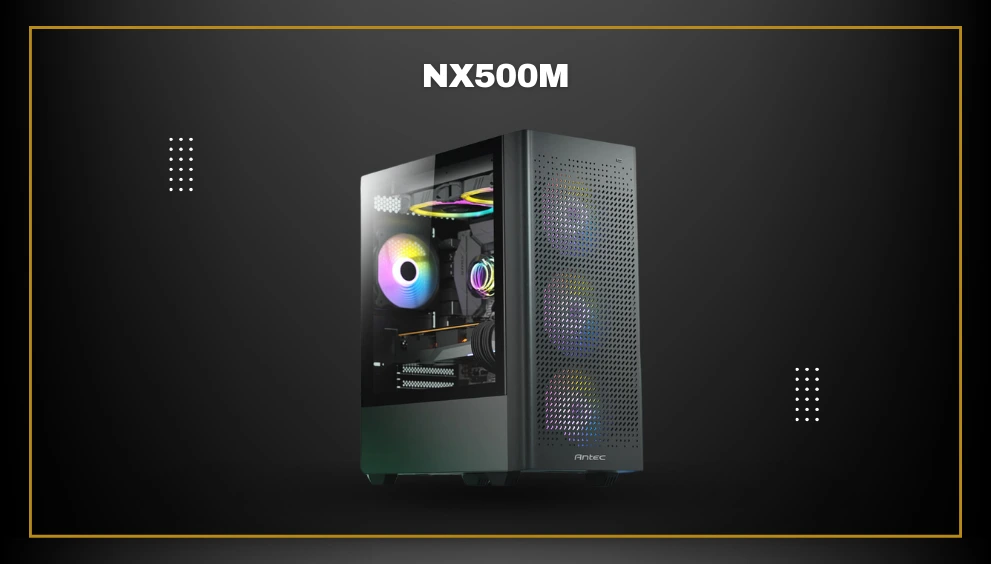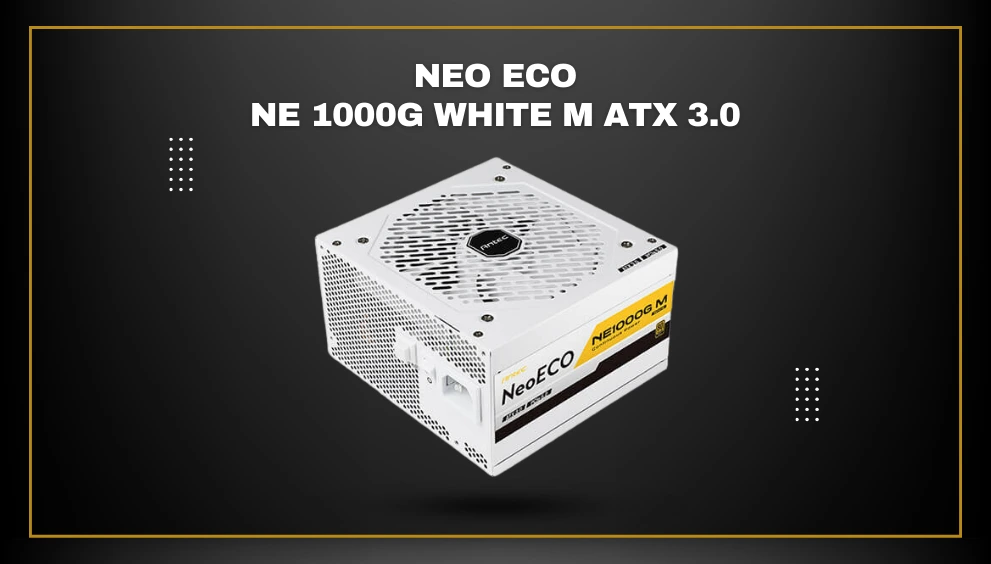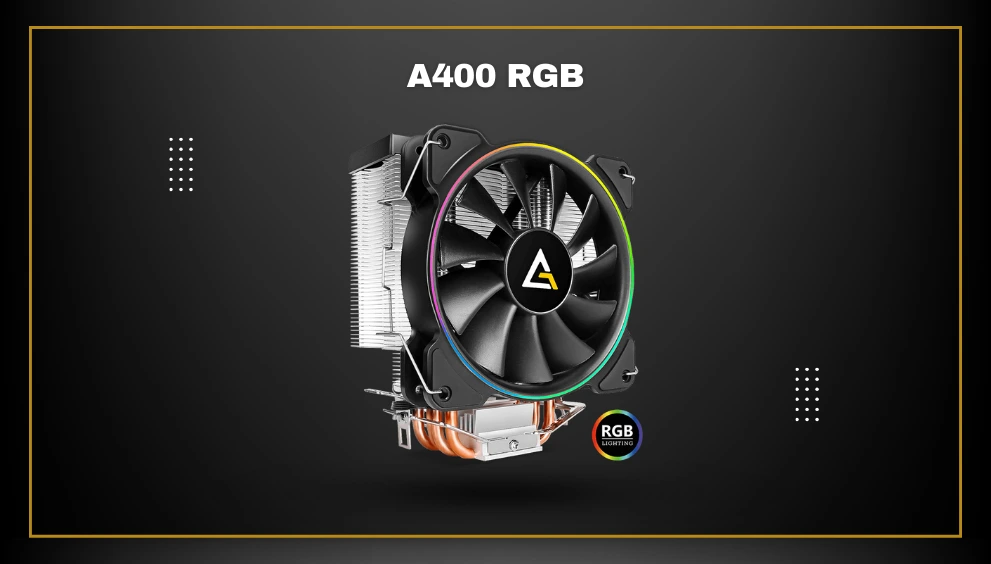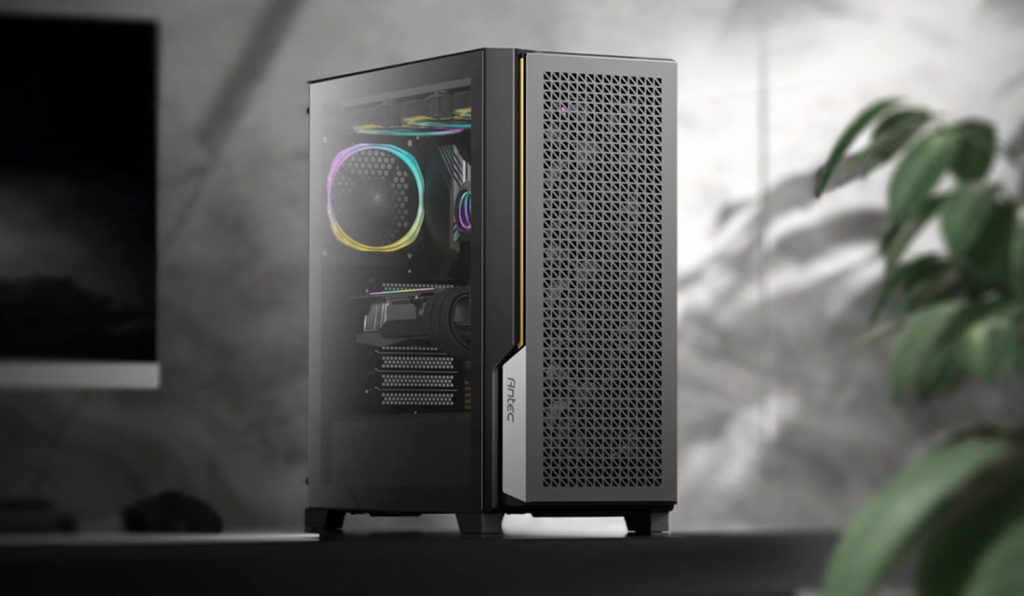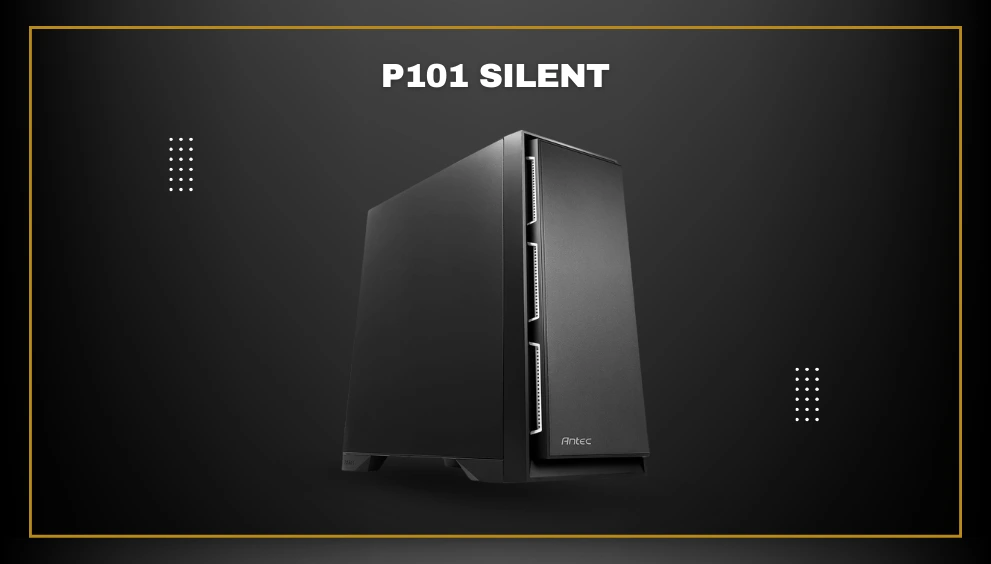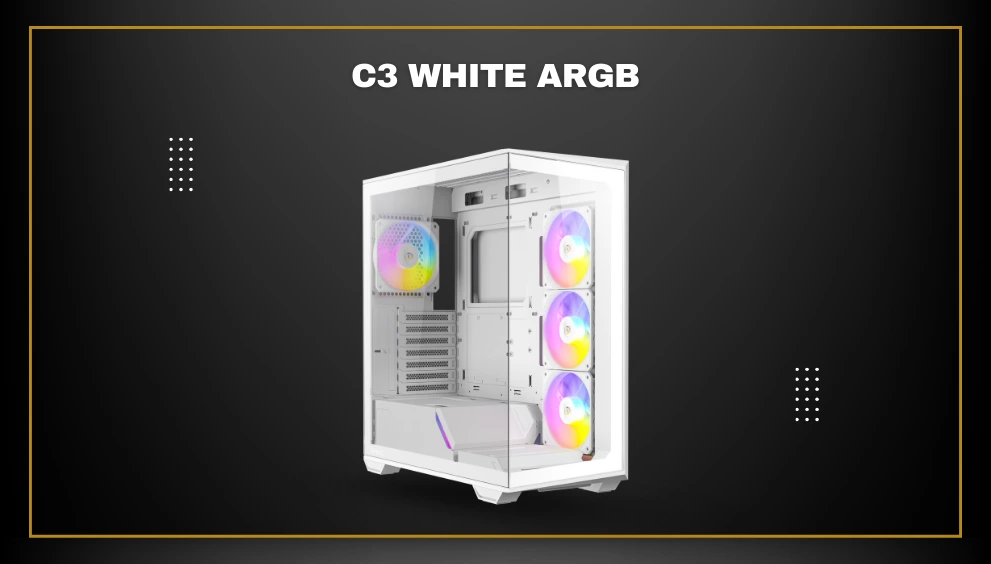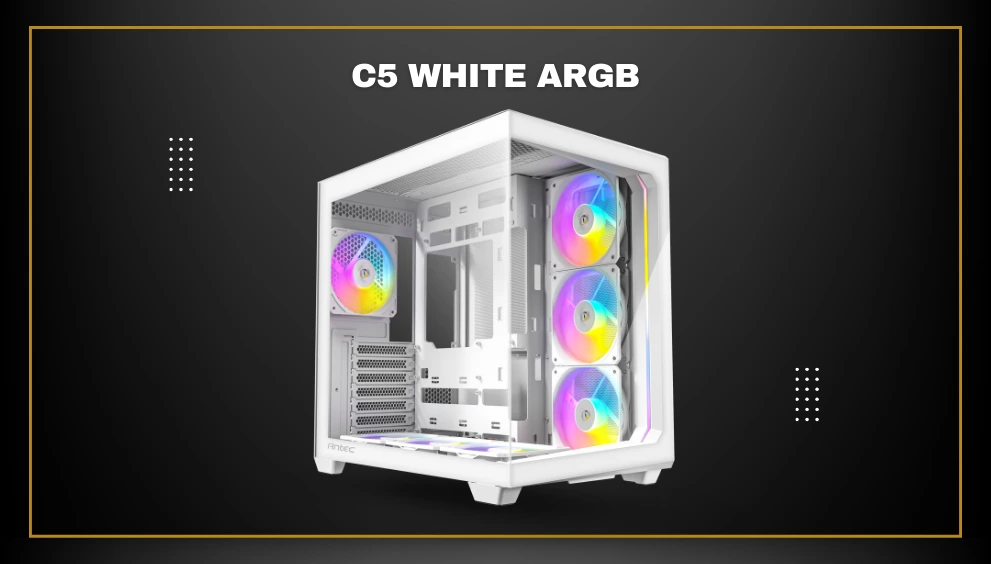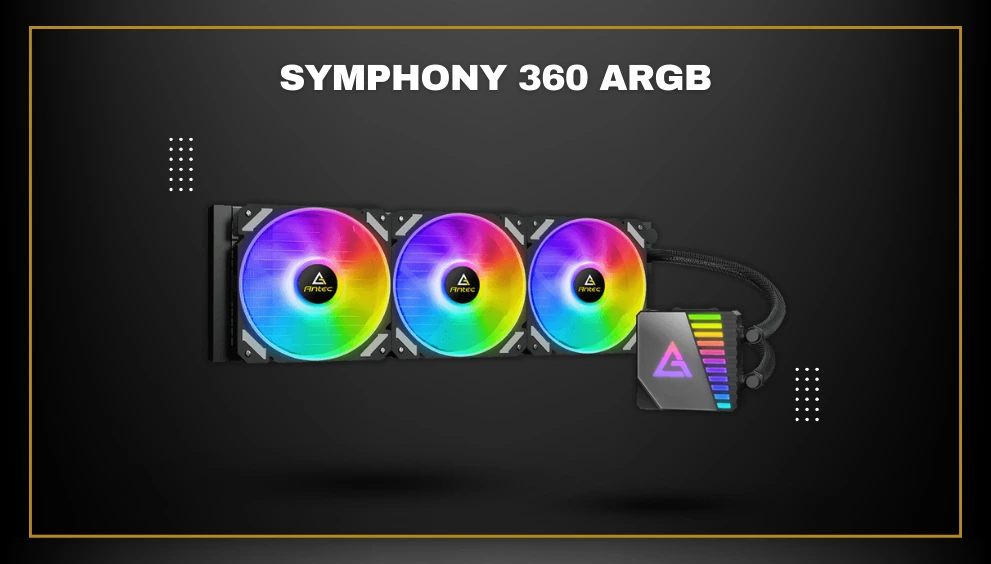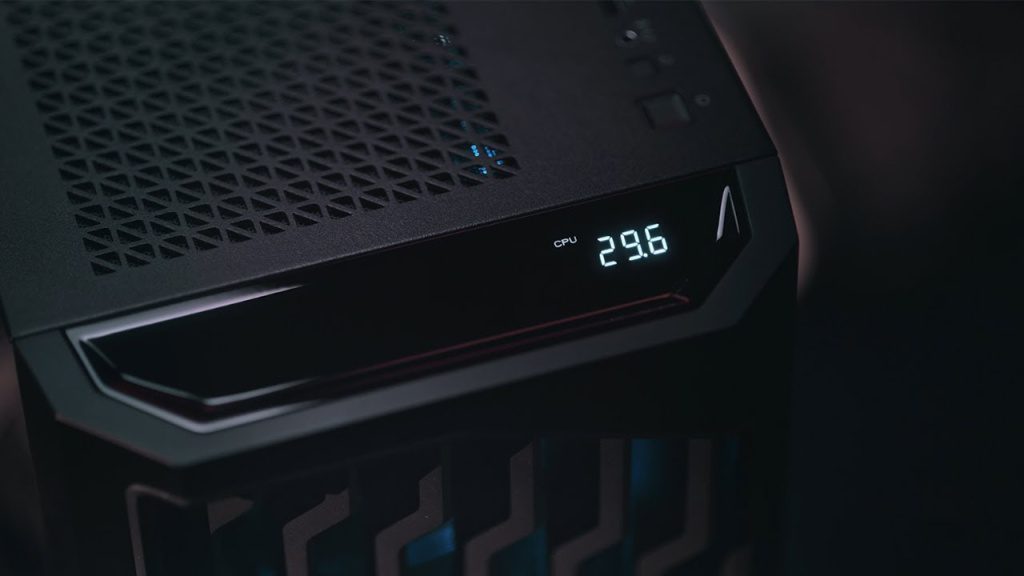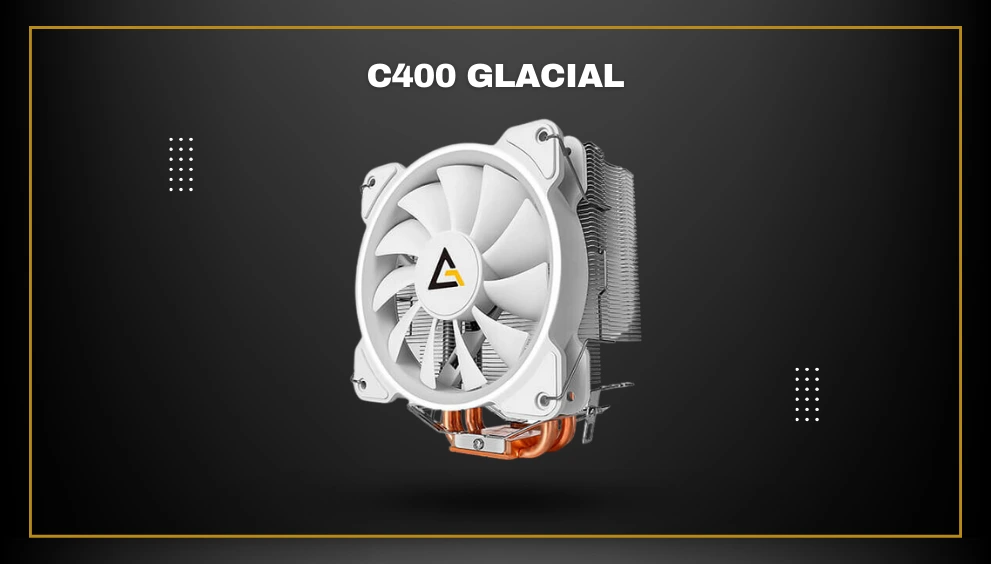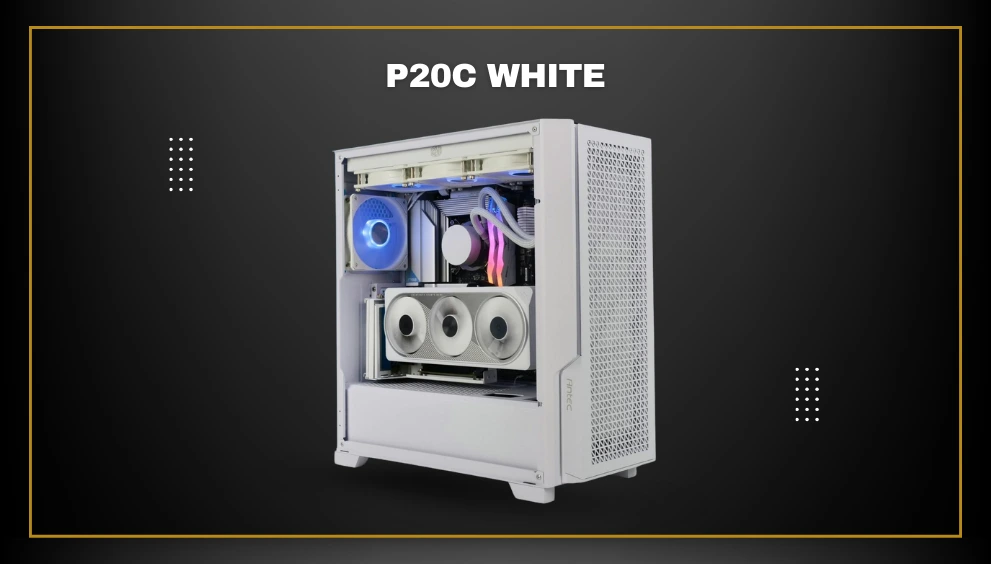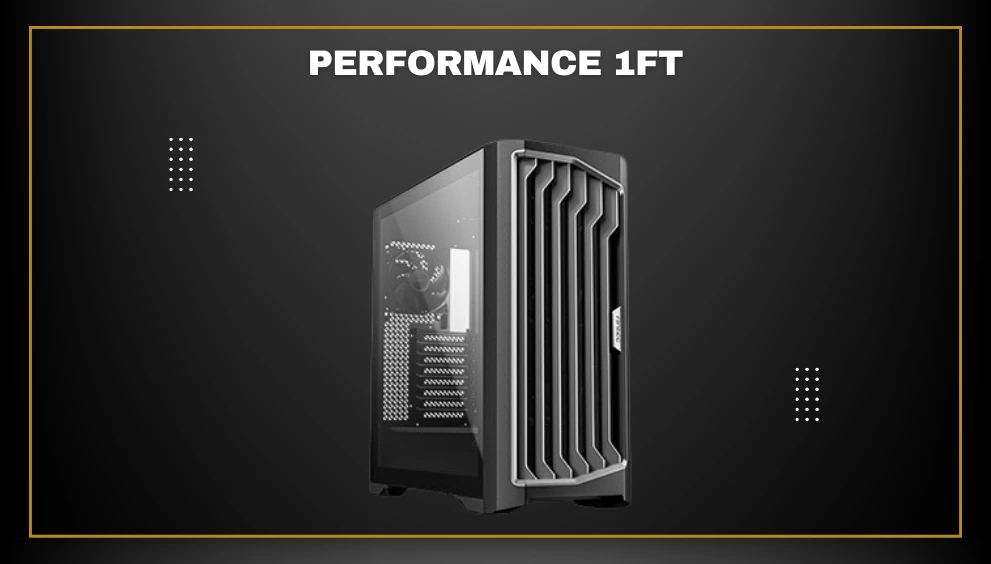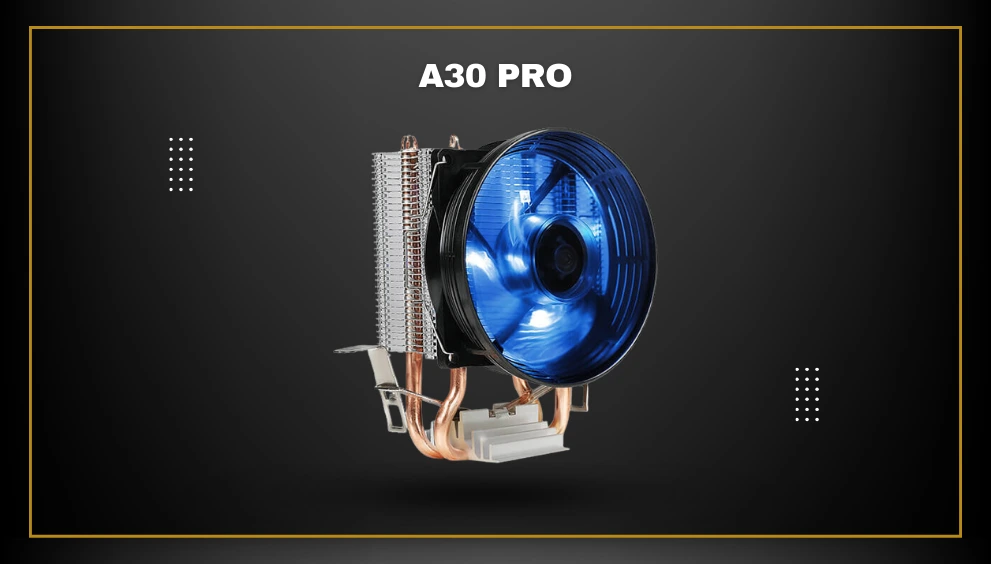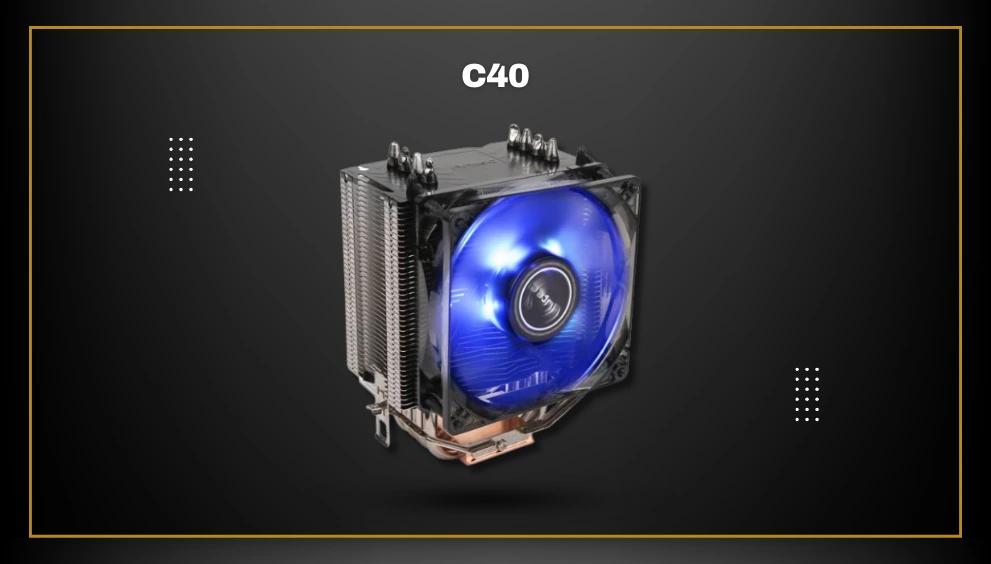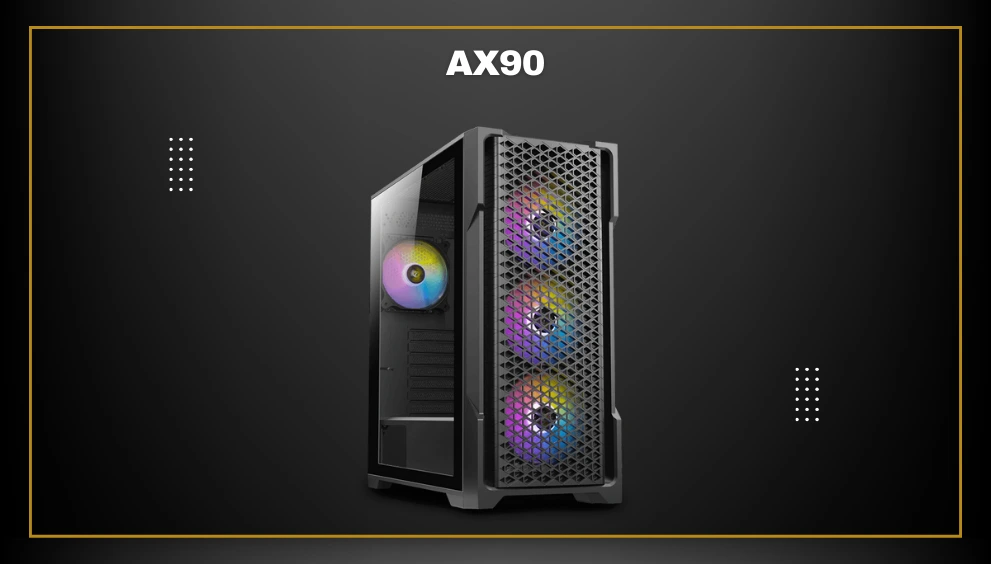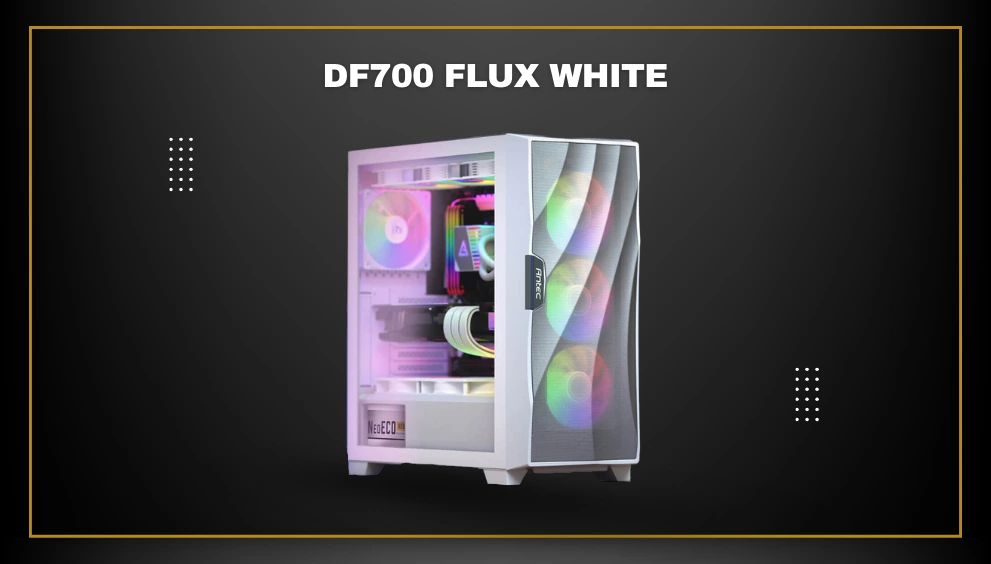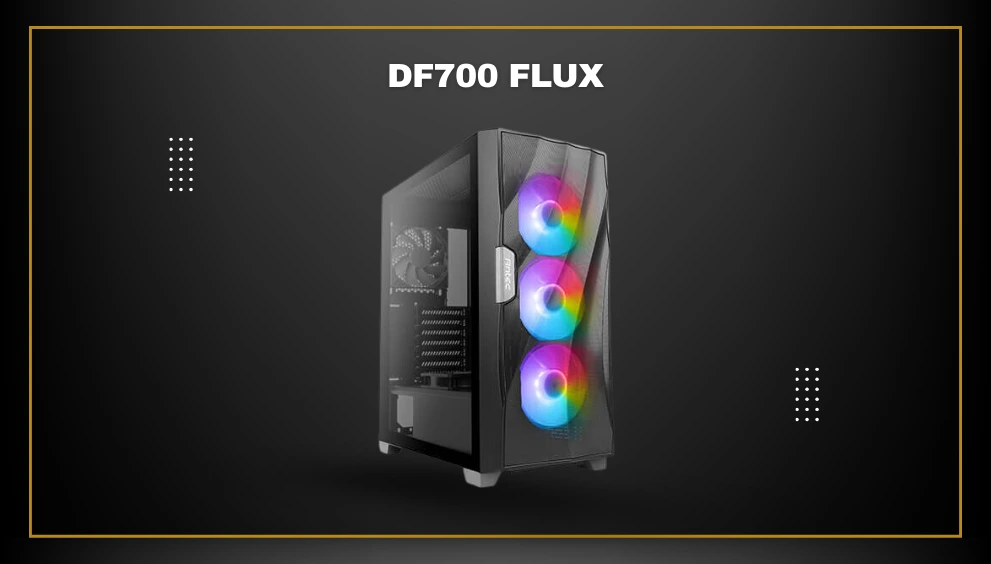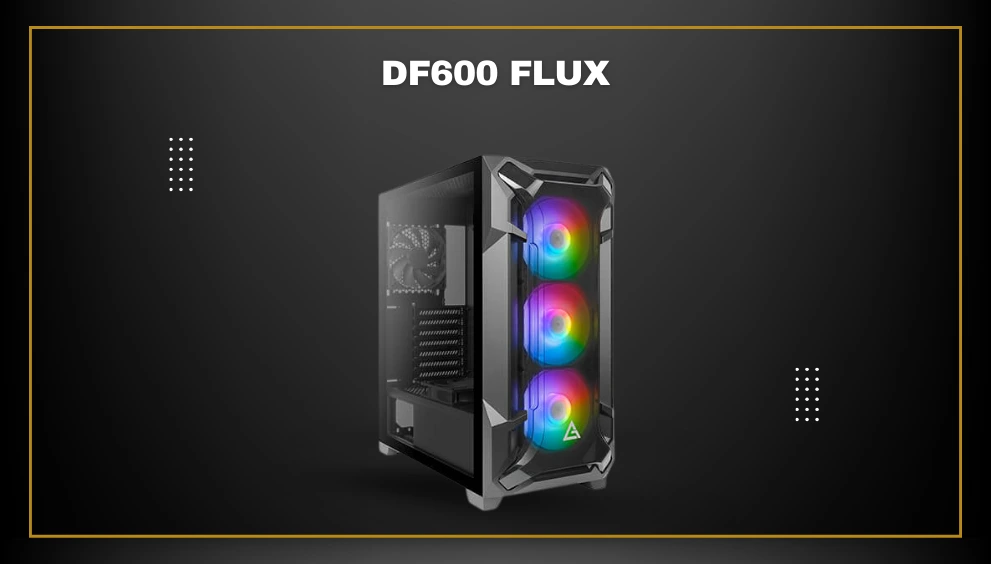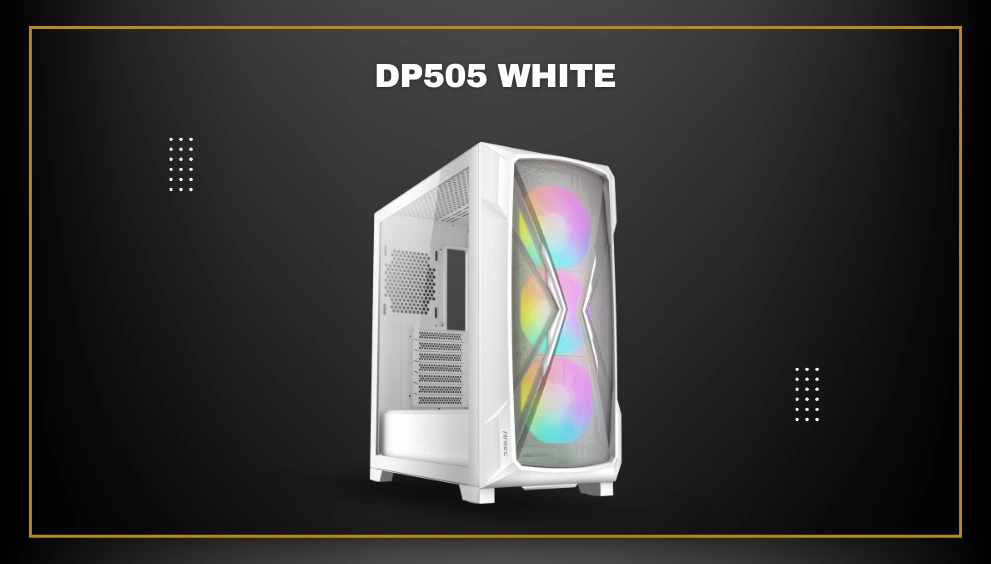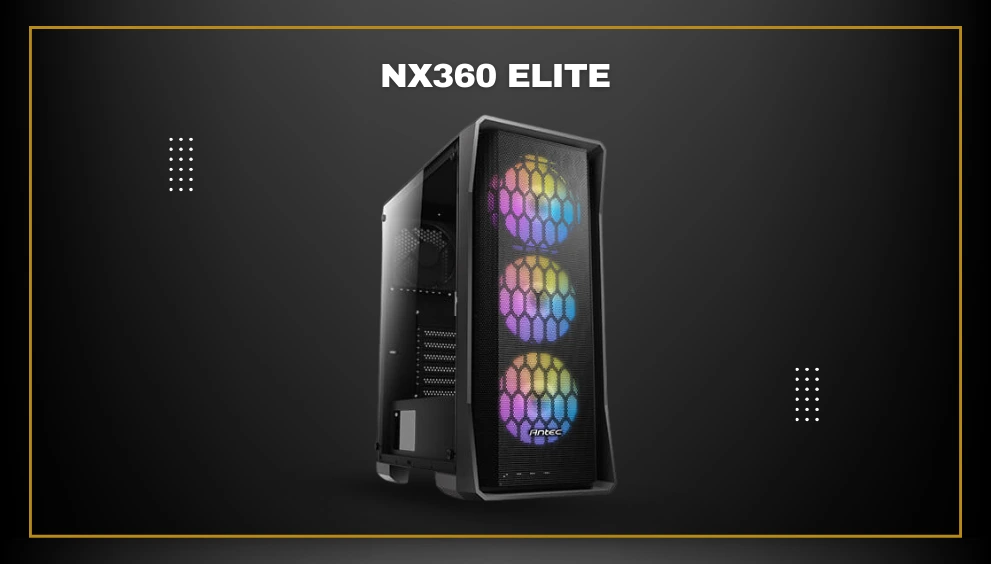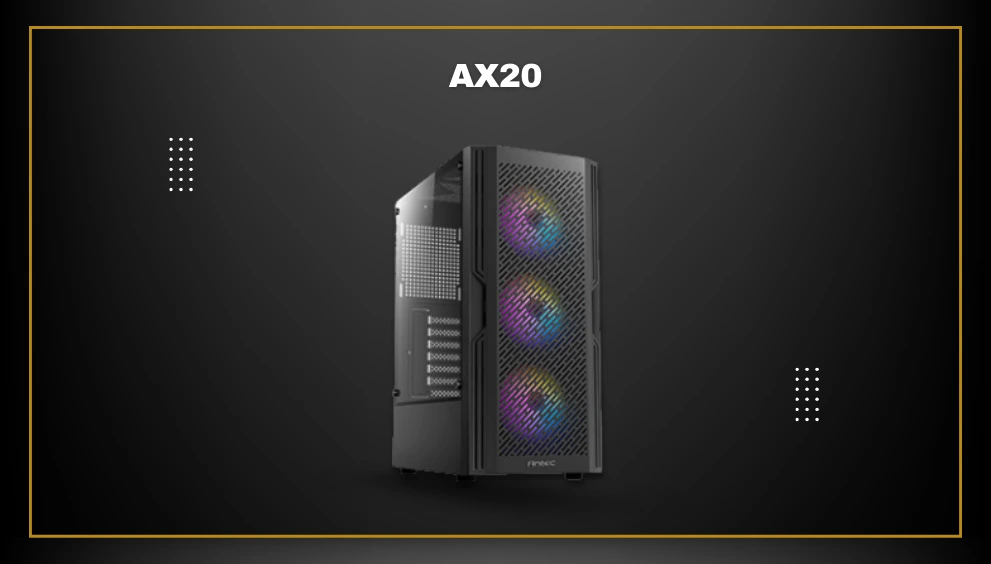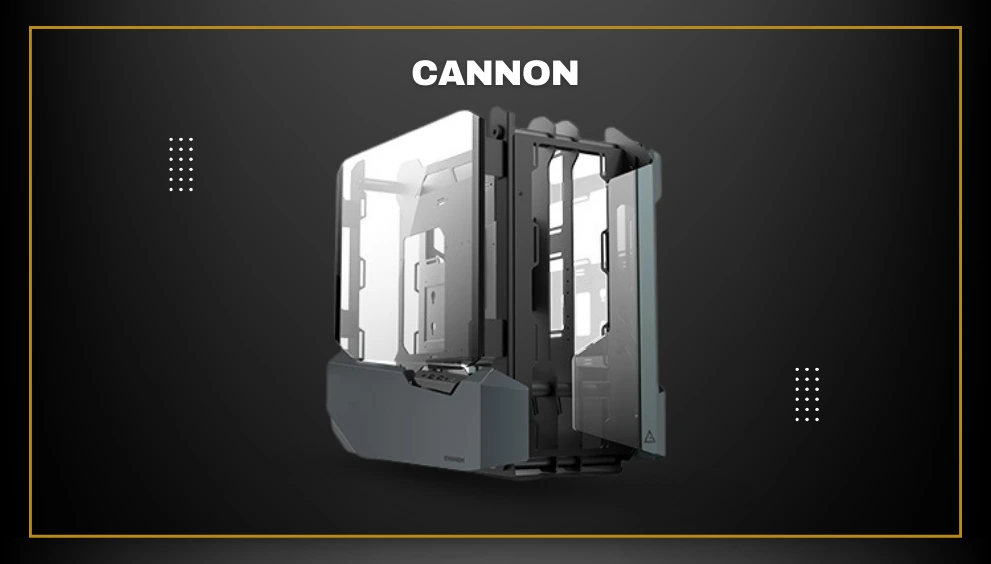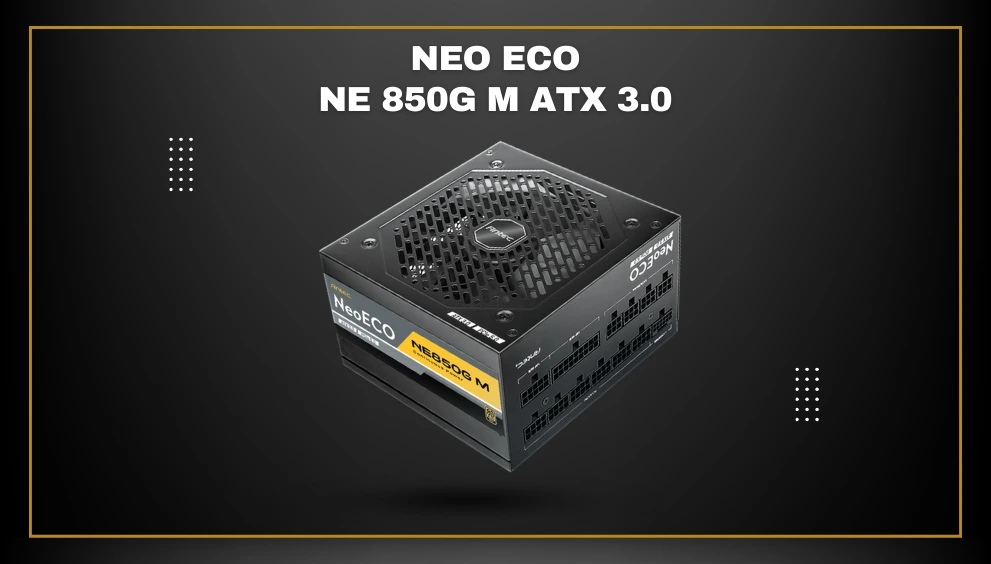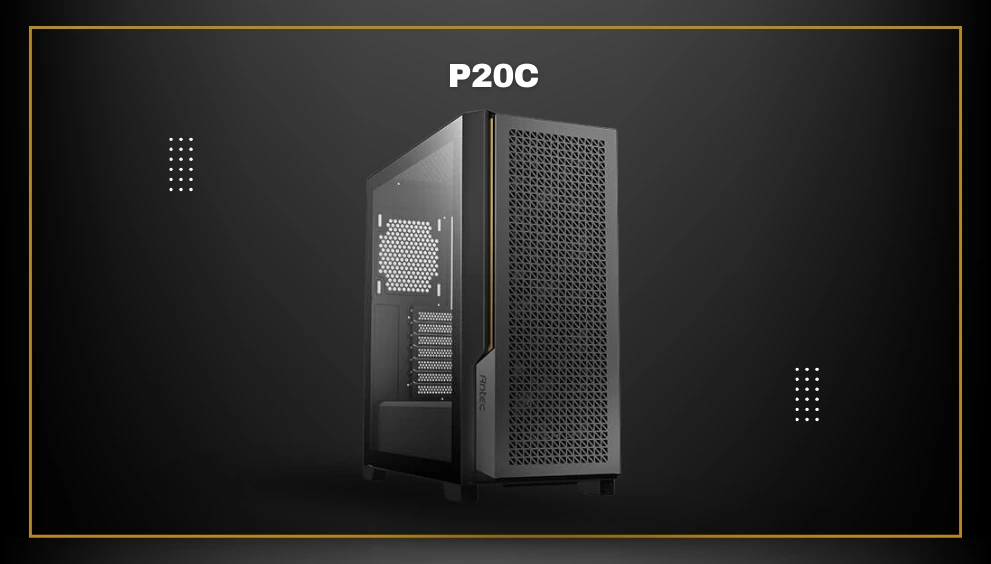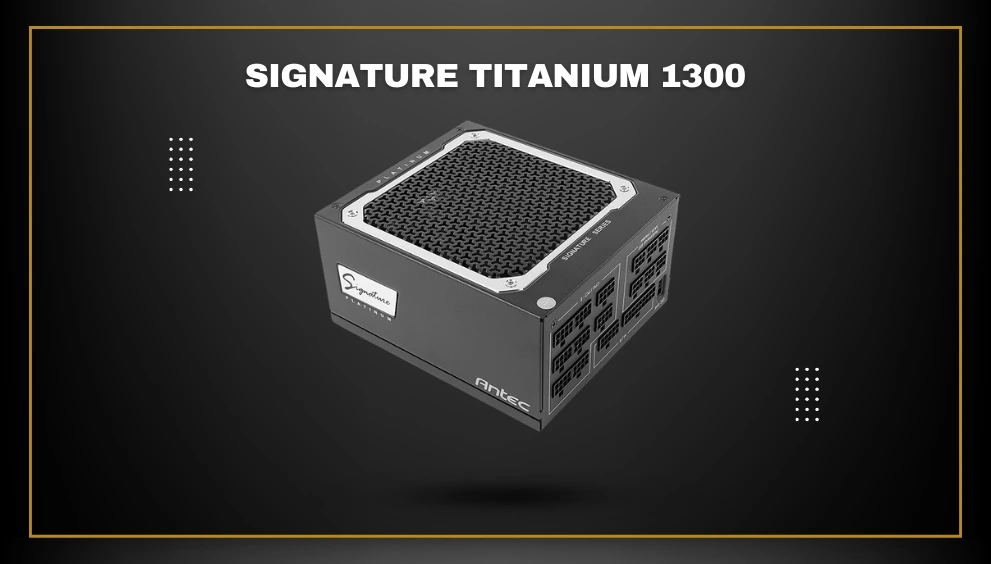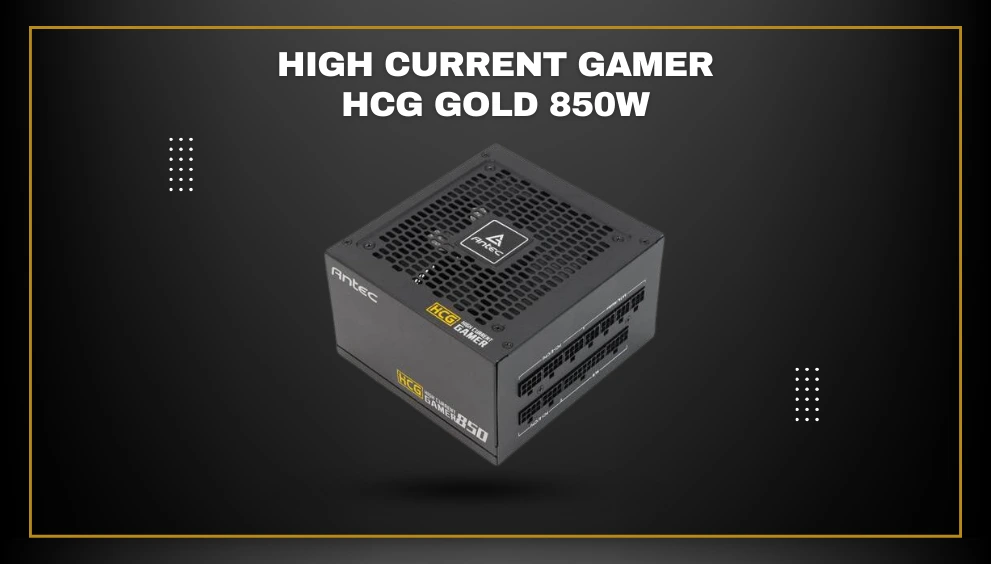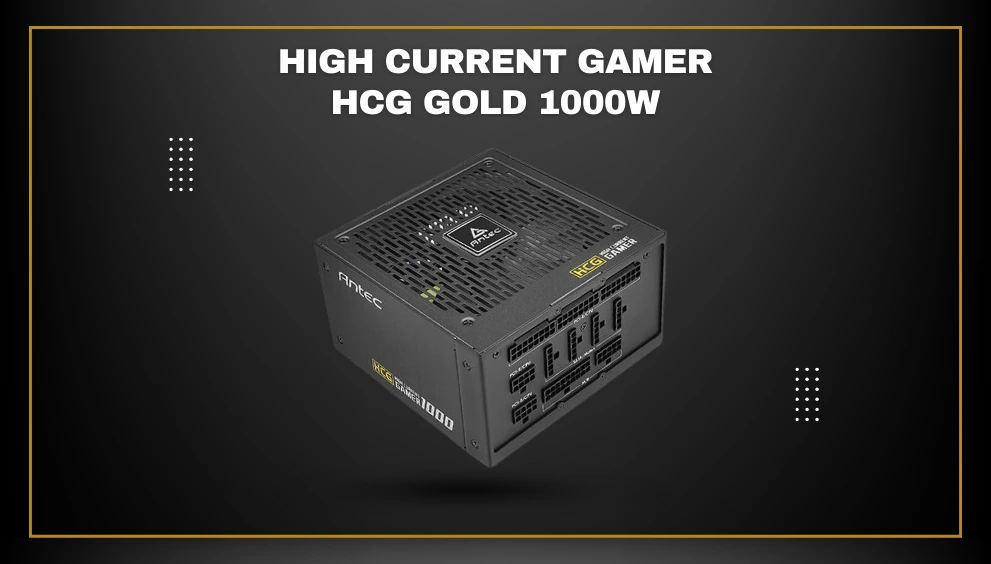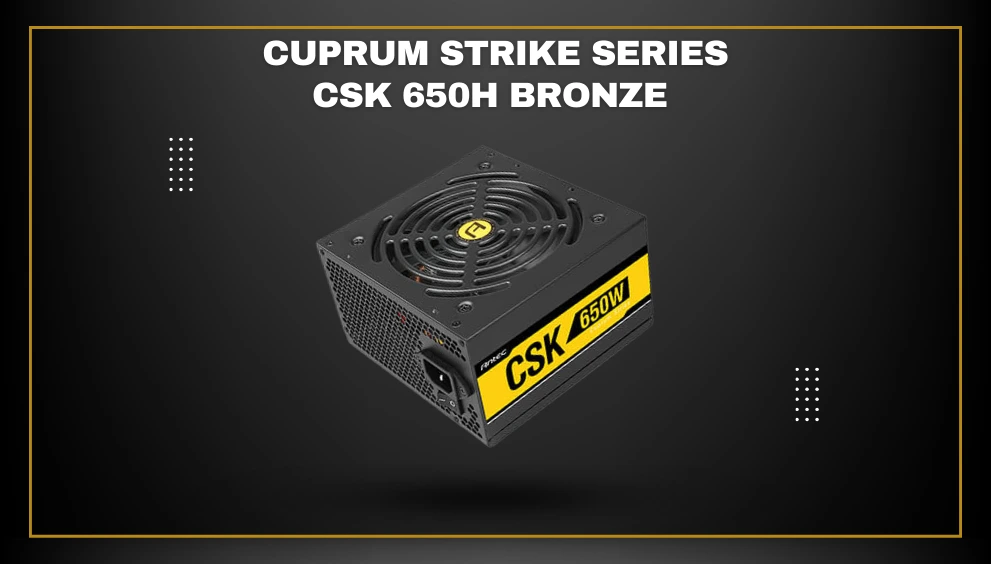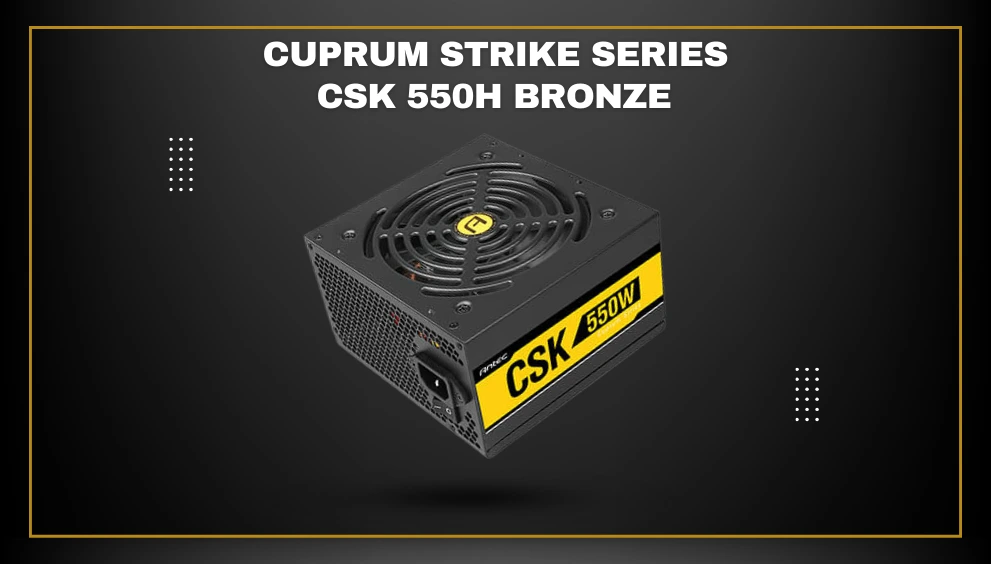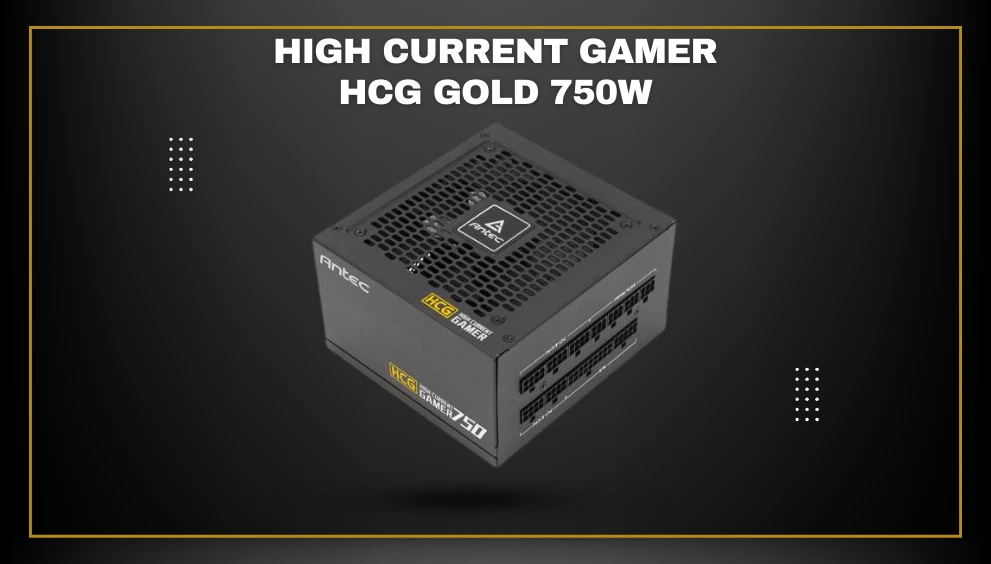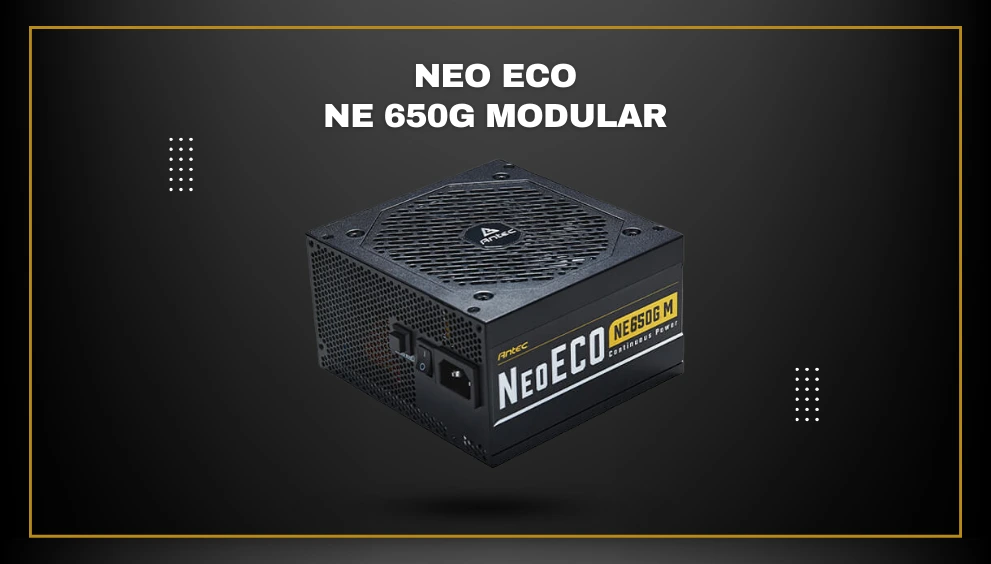Demystifying SMPS: Everything You Need to Know about PC Power Supply
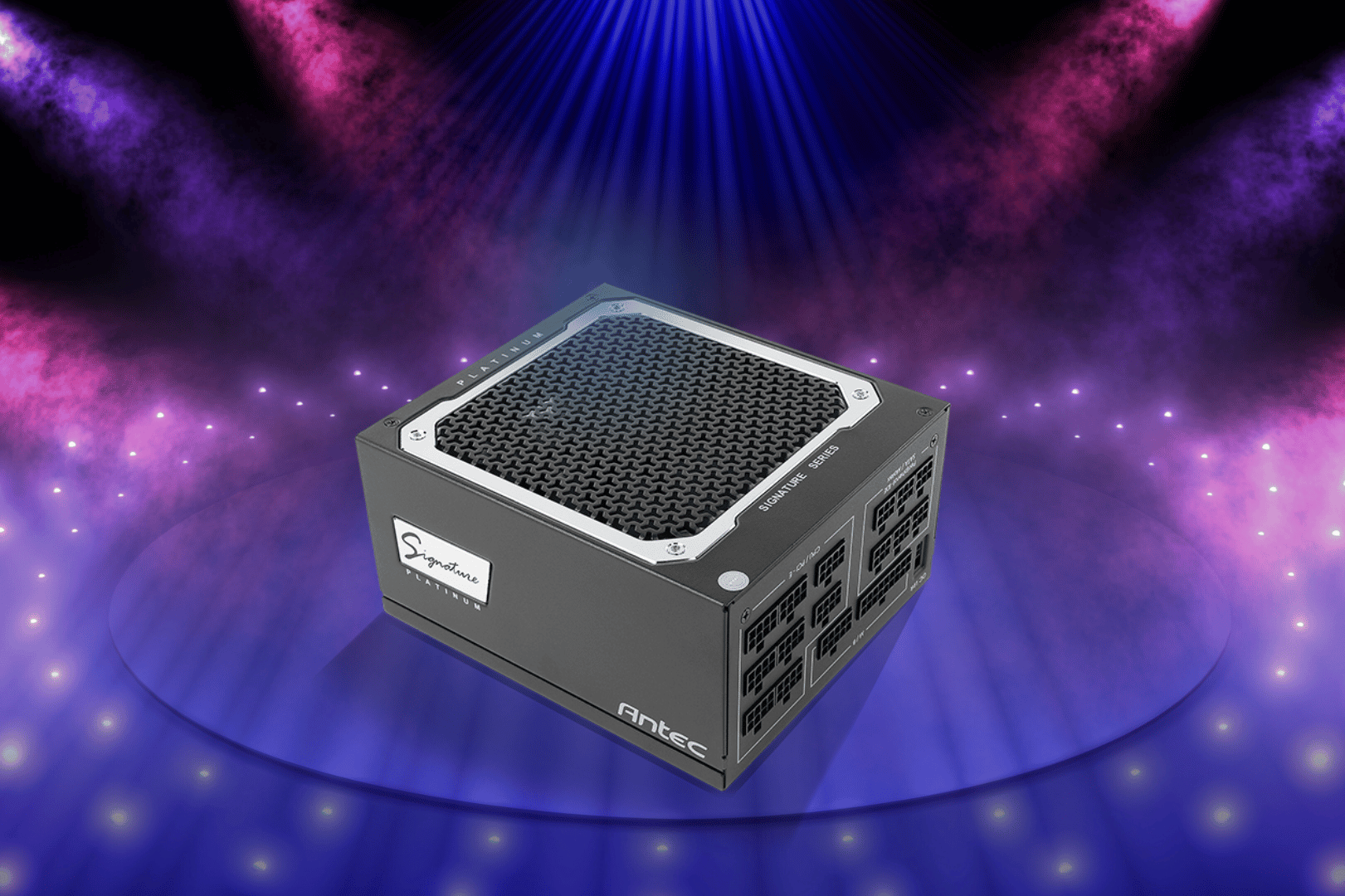
Power supply in a PC is an essential component of any computer system, yet they often remain shrouded in mystery for many users. If you’ve ever wondered what an SMPS is and why it’s crucial for your PC’s performance, you’re in the right place. In this comprehensive guide, we will demystify SMPS (Switch Mode Power Supply) and delve into everything you need to know about PC power supplies. From understanding the key functions of an SMPS to exploring different types and wattage ratings, we’ll leave no stone unturned. We’ll also discuss important factors to consider when choosing the right power supply for your specific needs, such as efficiency, modular vs. non-modular designs, and the importance of a reliable brand. By the end of this article, you’ll have a clear understanding of how your PC’s power supply works and be equipped with the knowledge to make informed decisions when upgrading or building your own computer system. Let’s dive in and demystify SMPS together!
Wattage and 80+ efficiency ratings explained
When it comes to PC power supplies, wattage and efficiency ratings are two important factors to consider. The wattage rating determines how much power the power supply can deliver to your computer components. It is crucial to choose a power supply with an adequate wattage rating to ensure that your system runs smoothly without any power-related issues. The efficiency rating, on the other hand, indicates how efficiently the power supply converts AC power from your wall outlet to DC power for your computer. The higher the efficiency rating, the less power is wasted as heat, resulting in lower electricity bills and a more environmentally friendly system.
Upgrading your PC power supply
There are several reasons why you might need to upgrade your PC power supply. One common scenario is when you are upgrading other components of your computer, such as the CPU or graphics card, that require more power than your current power supply can provide. Another reason could be that your existing power supply is old or unreliable, and you want to ensure the stability and longevity of your system. Whatever the reason, upgrading your power supply can greatly improve your computer’s performance and reliability.
Understanding SMPS (Switched-Mode Power Supply)
At the heart of every PC power supply is an SMPS, or Switched-Mode Power Supply. The SMPS is responsible for converting the incoming AC power from your wall outlet into the DC power that your computer components need. This conversion process involves several stages, including rectification, filtering, and regulation. The SMPS uses high-frequency switching to control the flow of current, allowing it to be more efficient and compact compared to older linear power supplies. Understanding how an SMPS works is crucial for choosing the right power supply for your computer system.
Importance of a reliable power supply
A reliable power supply is essential for the stability and longevity of your computer system. A low-quality or unreliable power supply can cause a range of issues, from system crashes and data loss to hardware damage. Investing in a high-quality power supply from a reputable brand is a wise decision that can save you a lot of trouble in the long run. A reliable power supply will provide clean and stable power to your computer components, protecting them from voltage fluctuations and other electrical anomalies. It will also have built-in safety features, such as overvoltage and short circuit protection, to safeguard your system from potential damage.
Components of an SMPS
An SMPS consists of several key components that work together to convert AC power to DC power. These components include a rectifier, a transformer, a filter, a switching transistor, and a regulator. The rectifier converts the incoming AC power to pulsating DC power, which is then smoothed out by the filter to provide a more stable DC voltage. The transformer is responsible for stepping down the voltage to the required level. The switching transistor controls the flow of current by rapidly switching on and off, and the regulator ensures that the output voltage remains constant regardless of changes in the input voltage or load.
Different types of SMPS
There are several types of SMPS available, each with its own advantages and disadvantages. The most common types are the forward converter, the flyback converter, and the half-bridge converter. The forward converter is simple and efficient but requires a bulky transformer. The flyback converter is compact and cost-effective but produces more noise. The half-bridge converter strikes a balance between the other two types, offering good efficiency and size. Choosing the right type of SMPS depends on factors such as power requirements, cost, size constraints, and noise considerations.
Factors to consider when choosing an SMPS
When selecting an SMPS for your computer system, there are several factors to consider. First and foremost is the wattage rating, which should be sufficient to power all your components, including the CPU, graphics card, and drives. It’s also important to choose a power supply with a high efficiency rating, such as 80+ Bronze, Silver, Gold, or Platinum. This will not only save you money on your electricity bills but also ensure that your system runs cooler and quieter. Other factors to consider include the form factor, modular vs. non-modular design, noise level, and the reputation of the brand.
Calculating power requirements for your PC
Calculating the power requirements for your PC is essential to ensure that you choose the right power supply. The power requirements depend on the components you have in your system, such as the CPU, graphics card, RAM, drives, and peripherals. You can use online power supply calculators or consult the specifications of your components to determine their power consumption. It’s always a good idea to leave some headroom to account for future upgrades or additions to your system. A power supply with a higher wattage rating than your calculated requirements will provide more stability and room for expansion.
Choosing the right Antec PC power supply for your needs
Antec is a renowned brand in the PC power supply market, known for its reliability, performance, and value for money. Antec offers a wide range of power supplies to suit different needs and budgets. Whether you are a casual user, a gamer, or a professional, Antec has a power supply that will meet your requirements. Antec power supplies are built with high-quality components and undergo rigorous testing to ensure their reliability and longevity. With features such as high efficiency, modular design, and silent operation, Antec power supplies are the perfect choice for any computer system.
Conclusion
In conclusion, understanding SMPS and PC power supplies is crucial for anyone looking to build or upgrade their computer system. From wattage and efficiency ratings to the different types of SMPS and factors to consider when choosing a power supply, we have covered all the essential information you need to make an informed decision. Remember to calculate your power requirements, choose a reliable brand like Antec, and consider factors such as efficiency and modular design. By following these guidelines, you can ensure that your PC has a stable and efficient power supply that will meet your needs for years to come.





